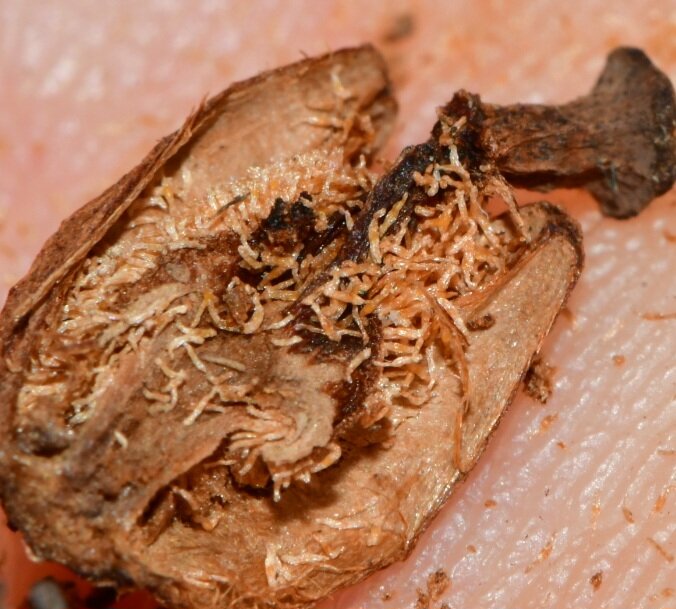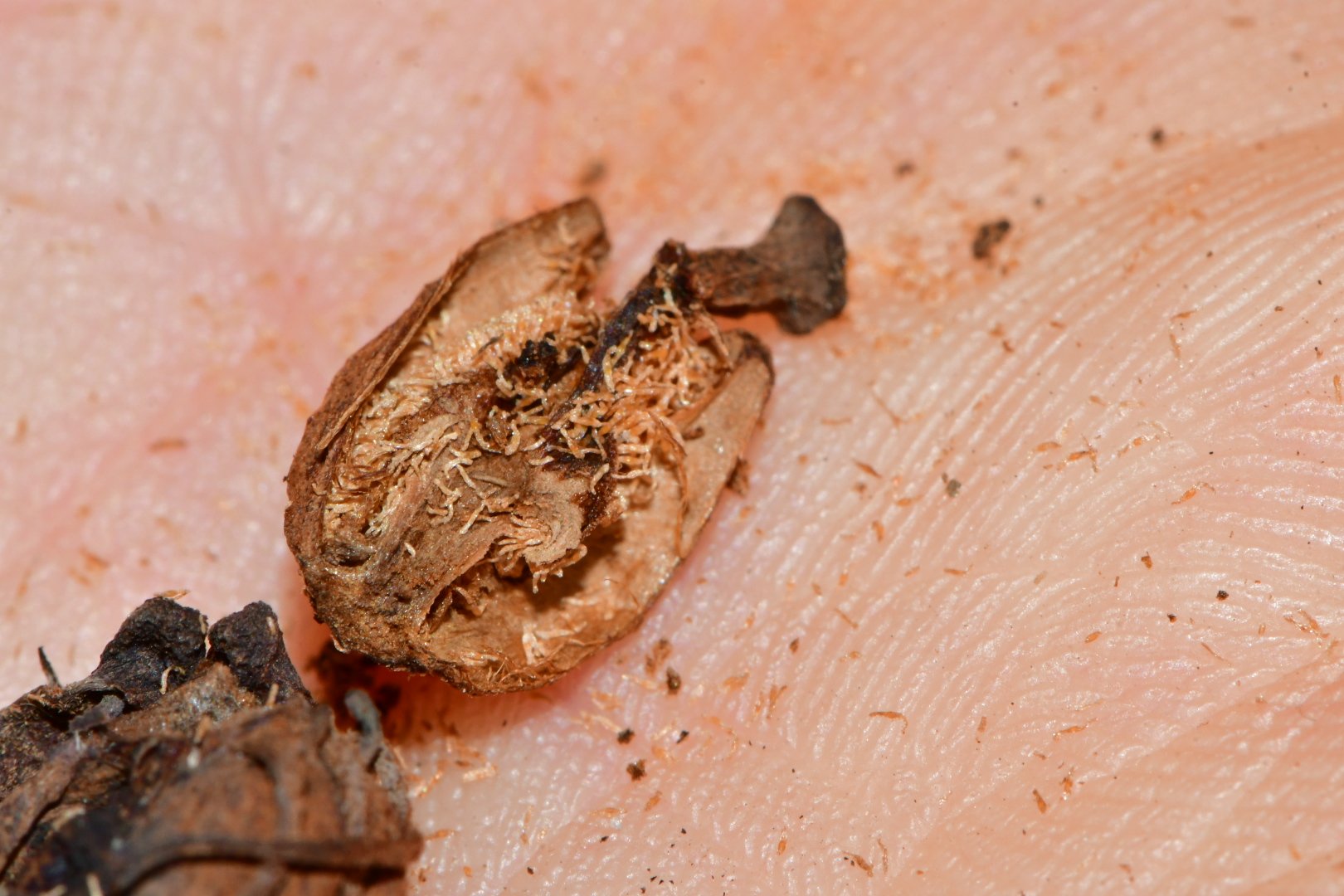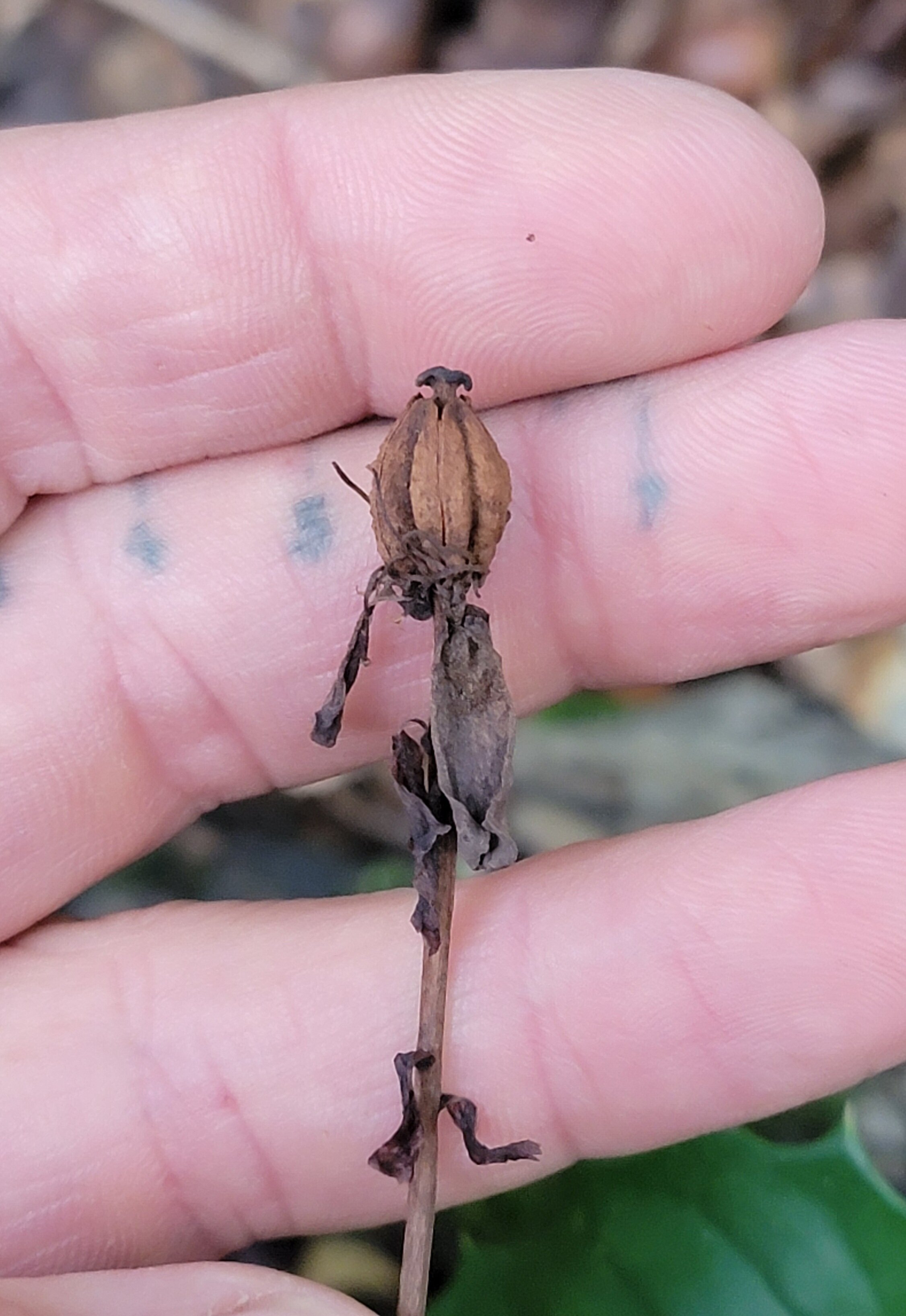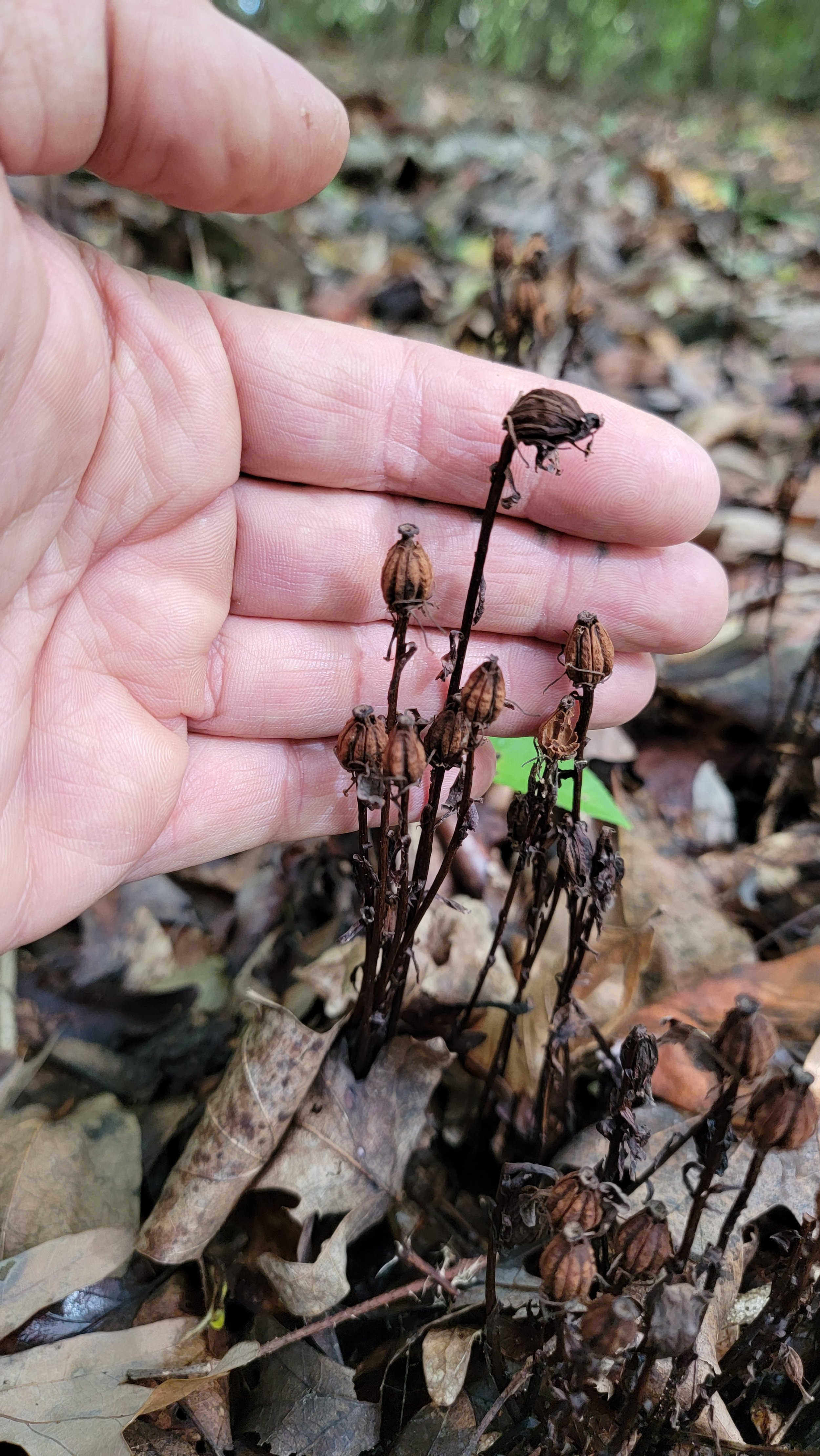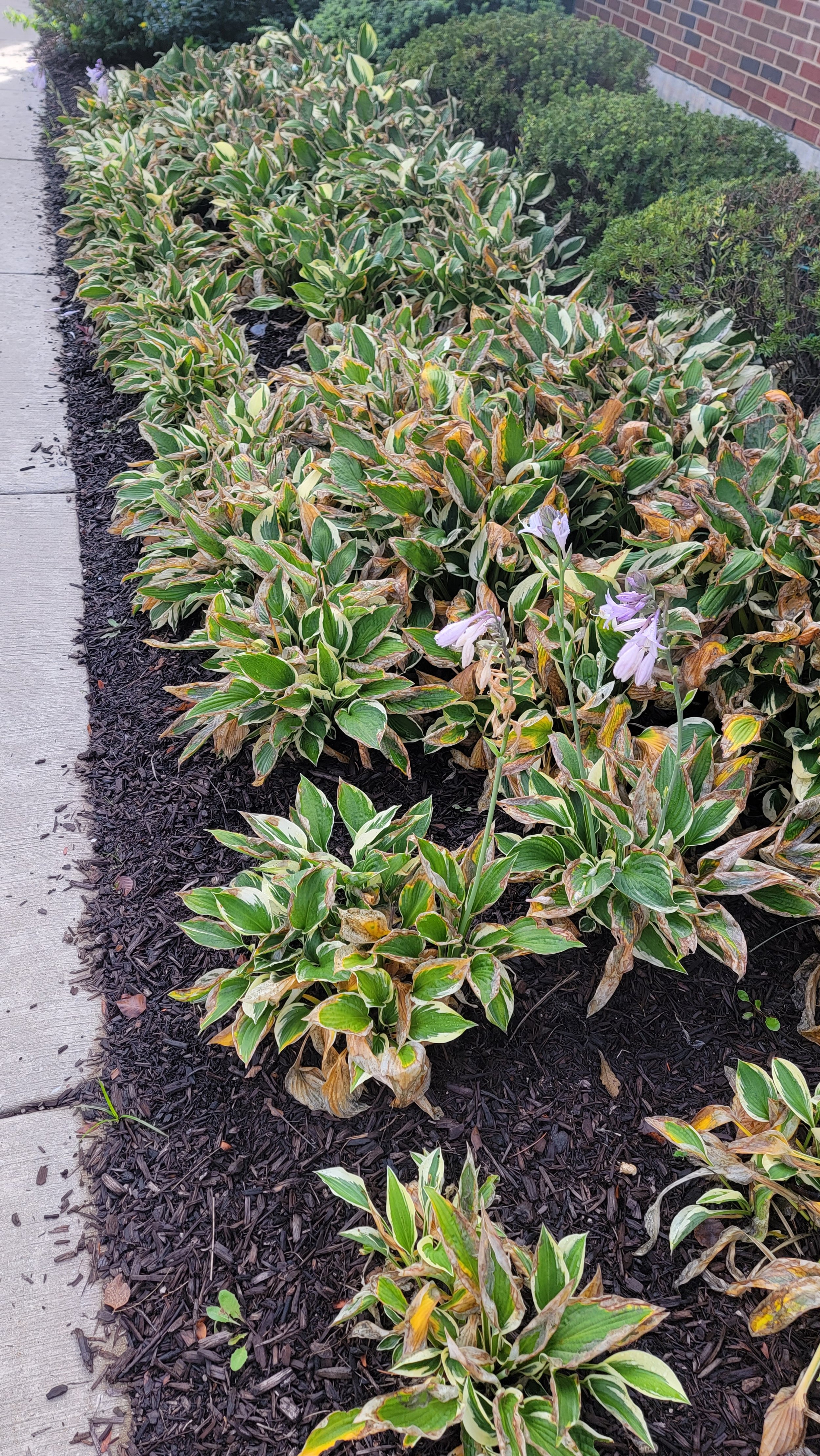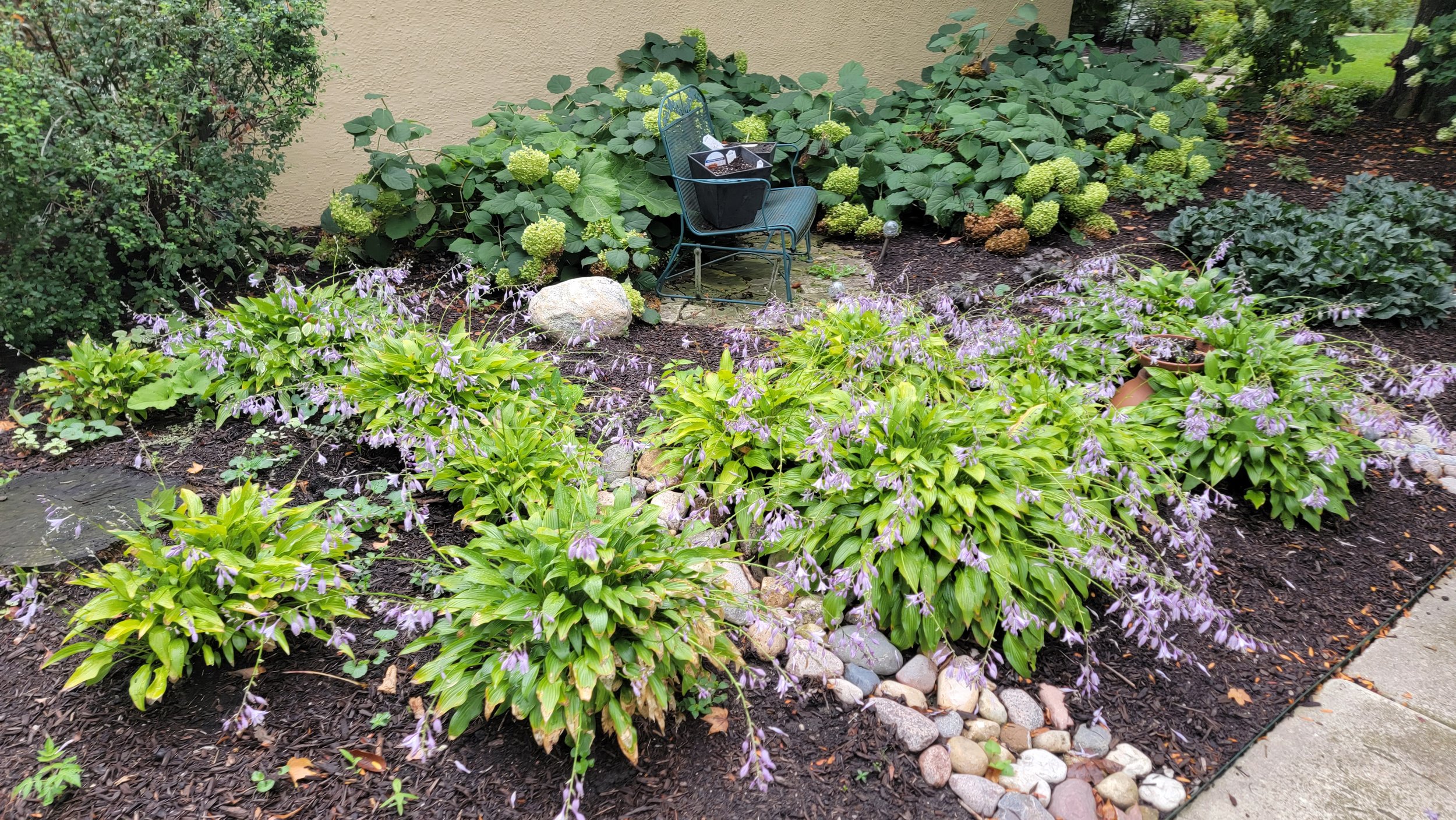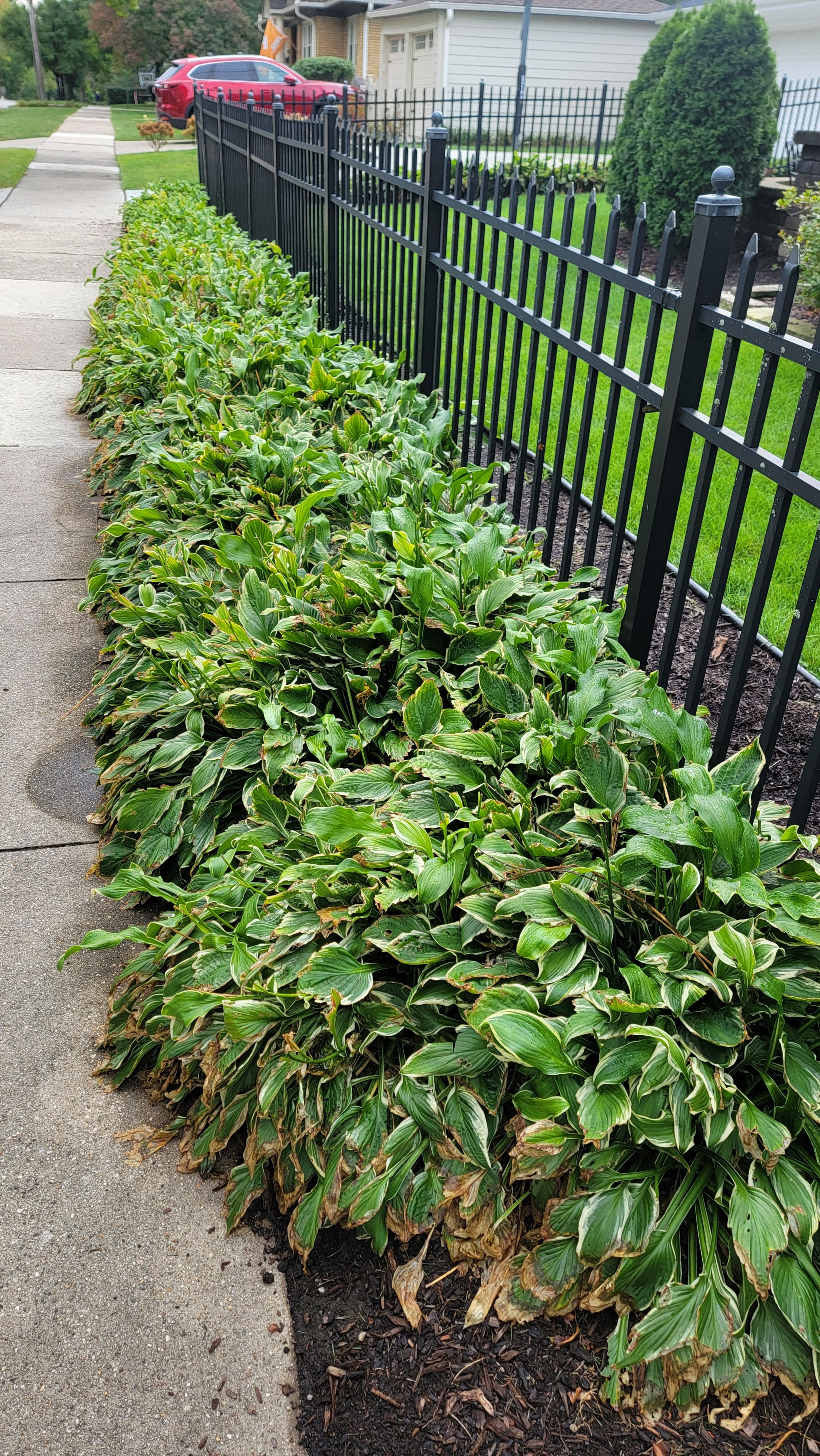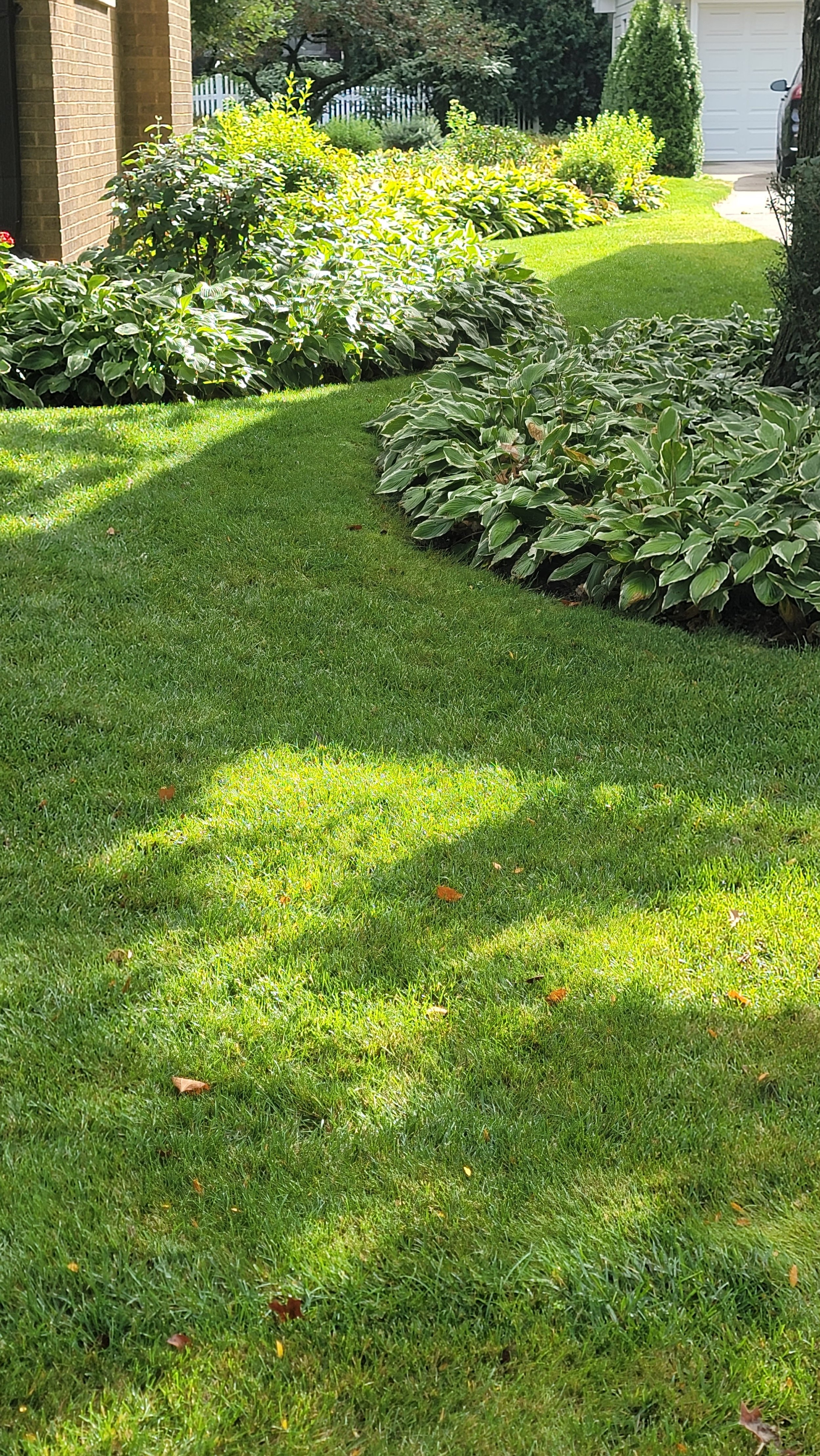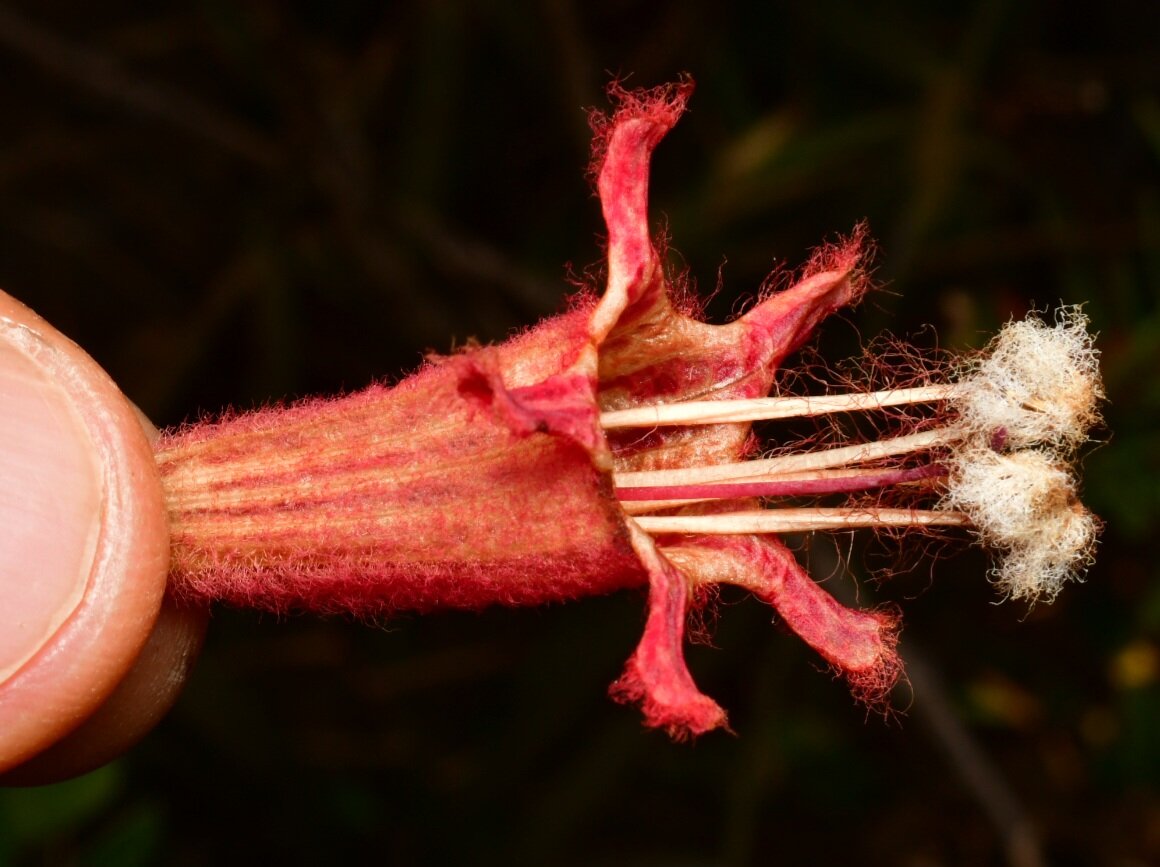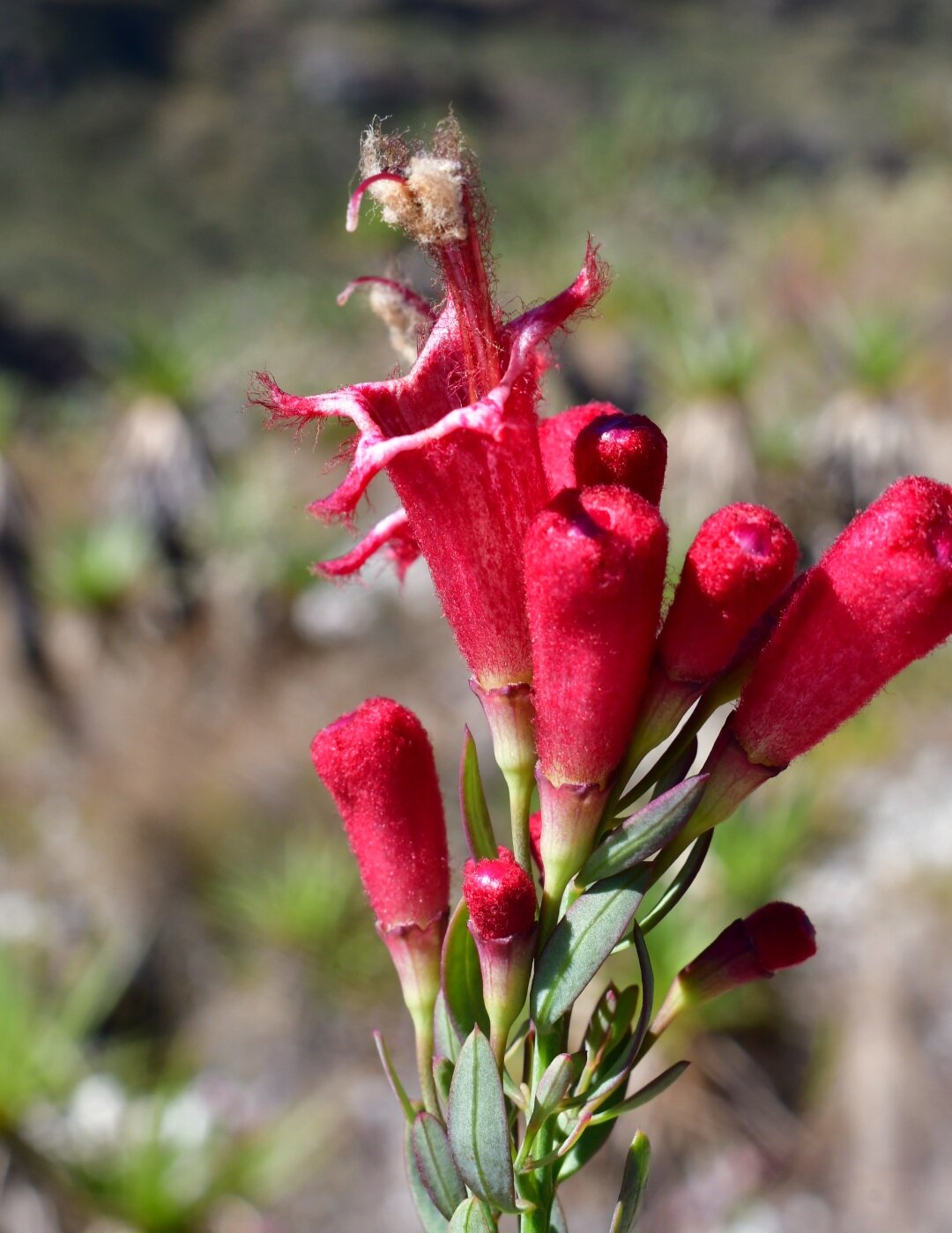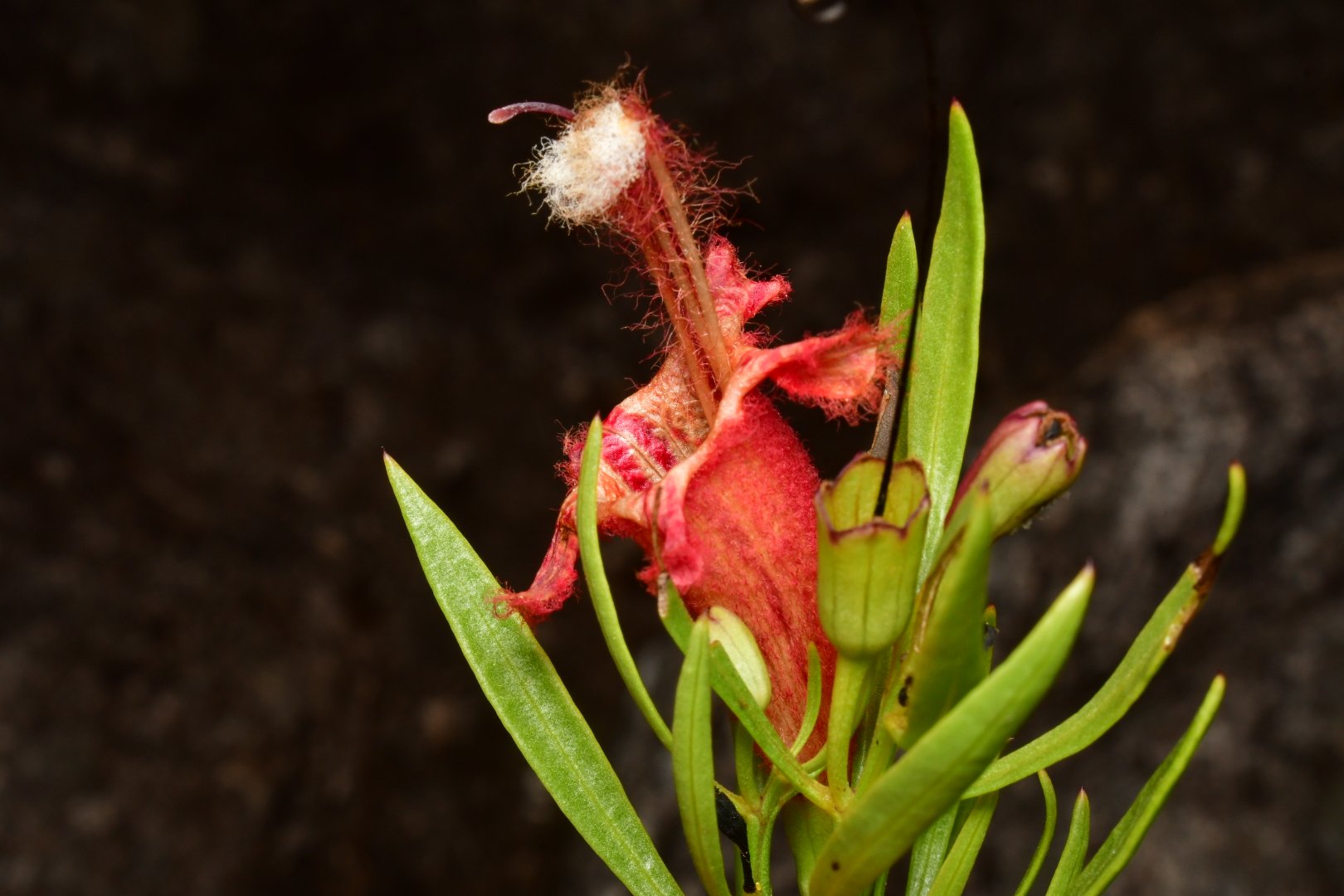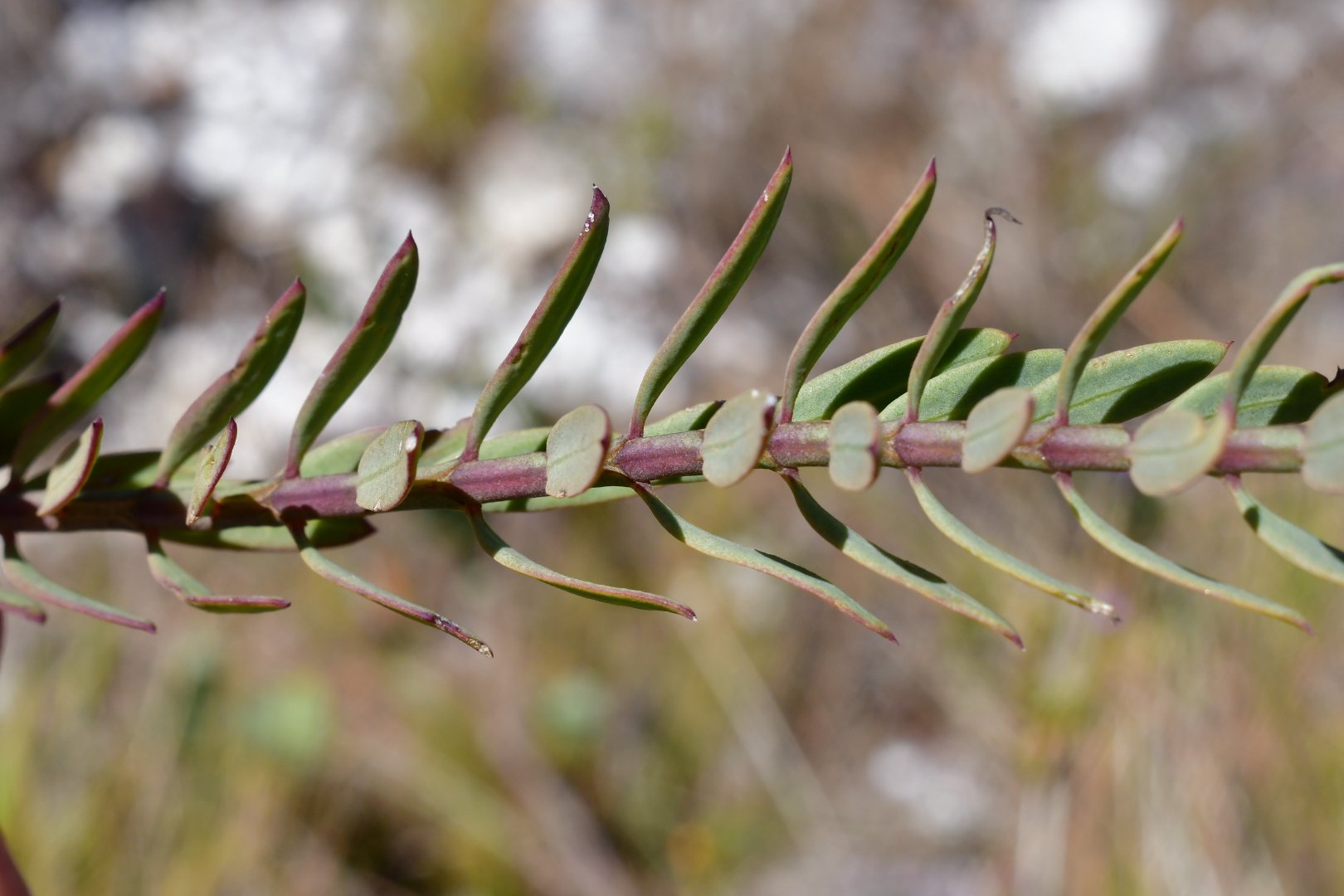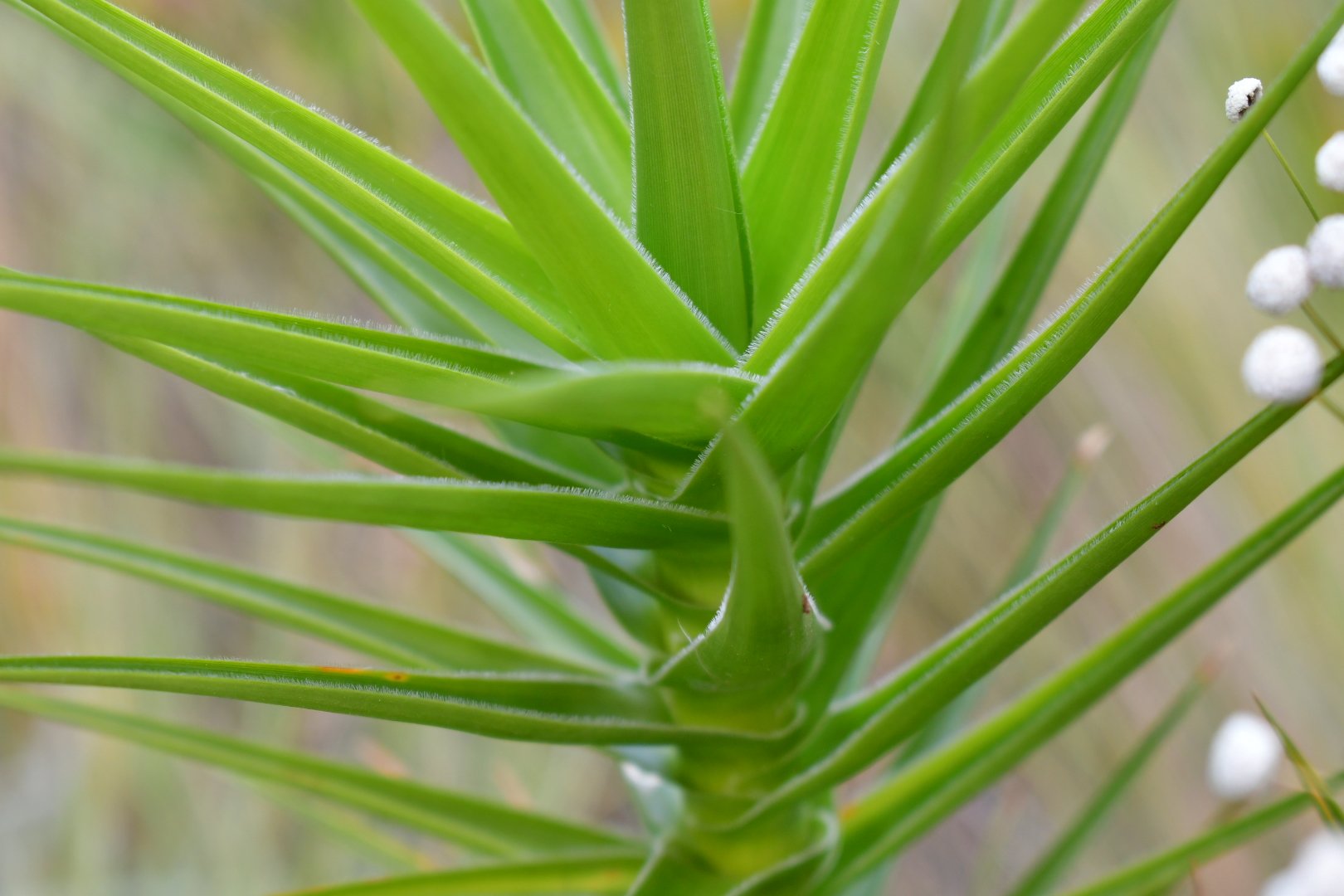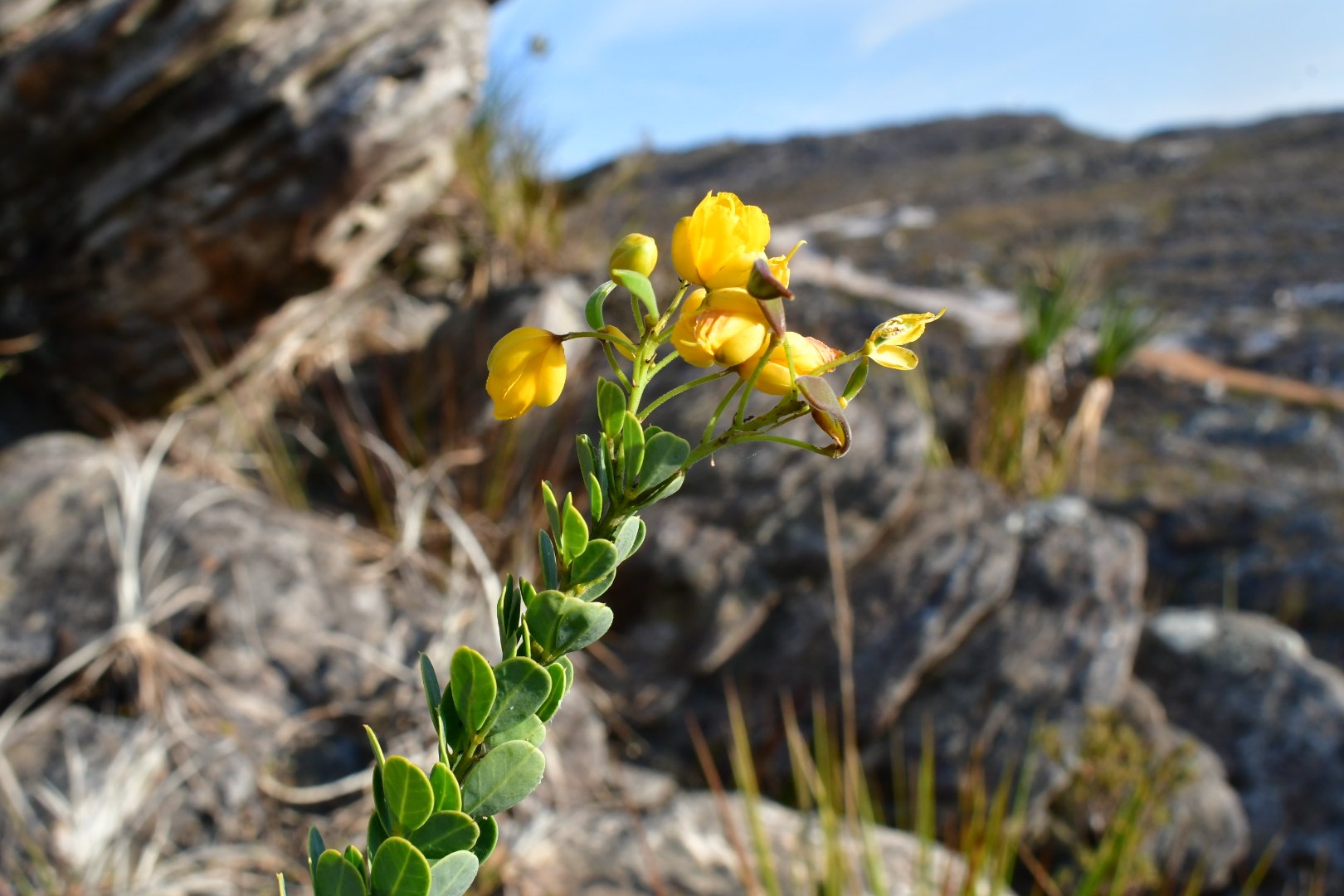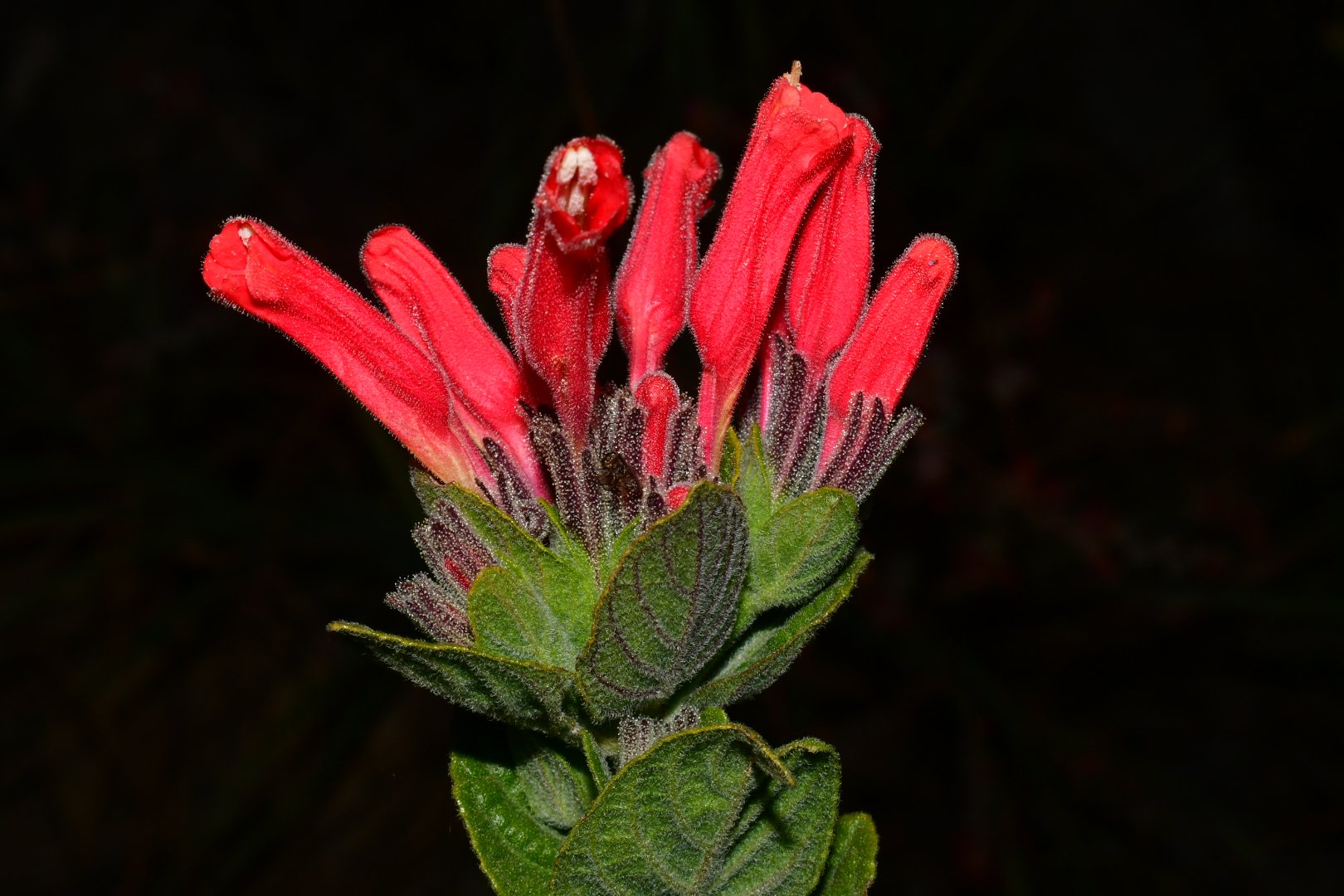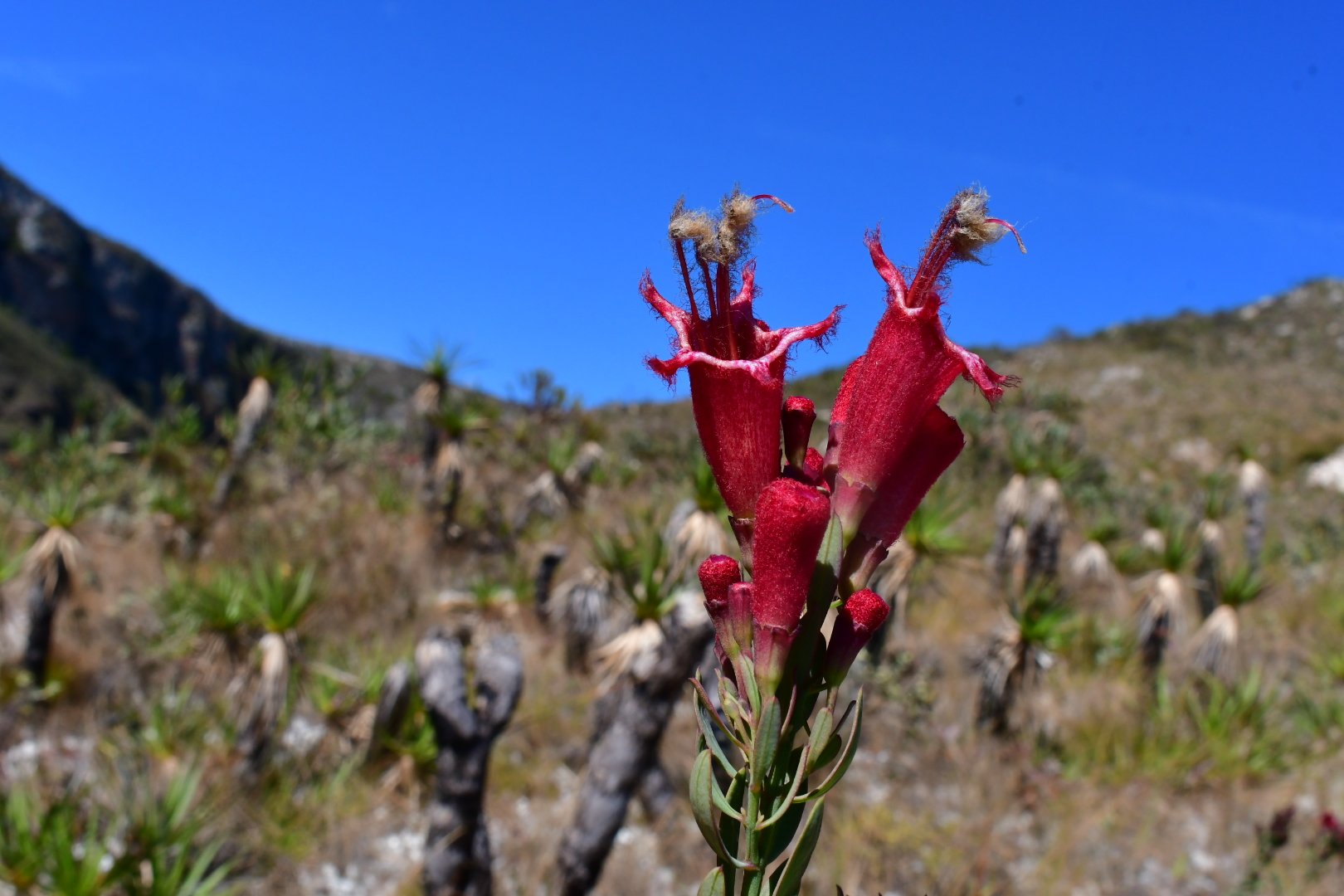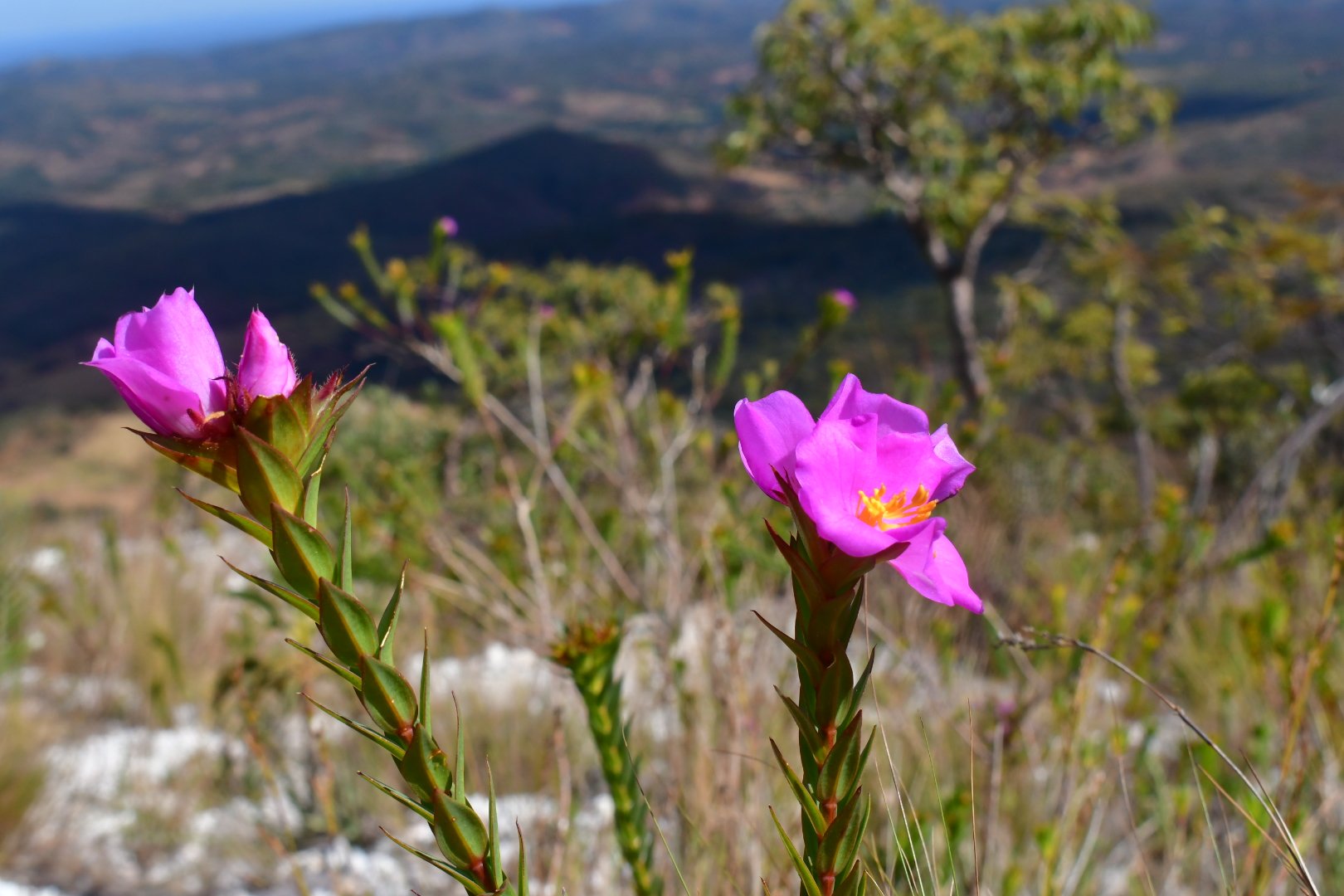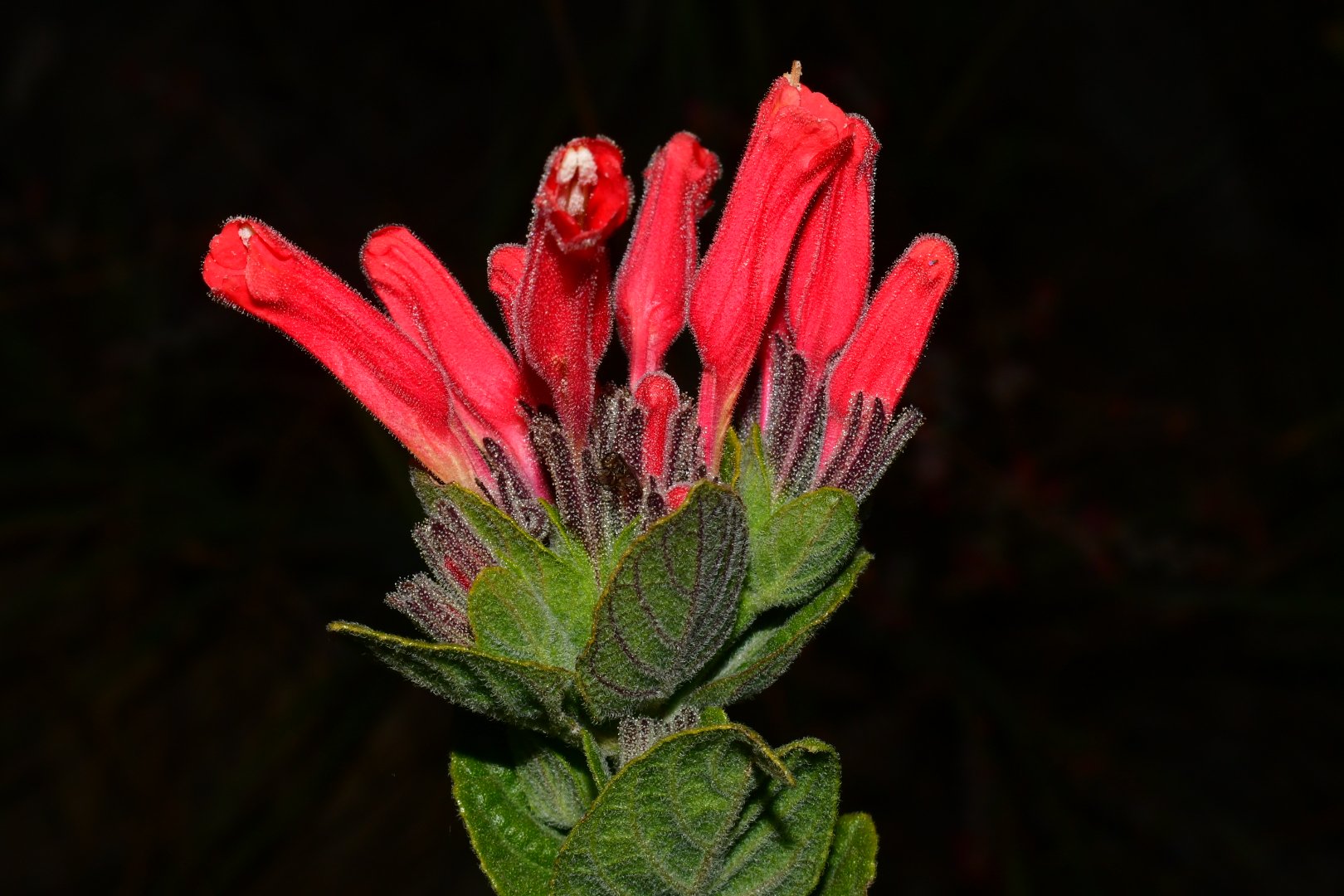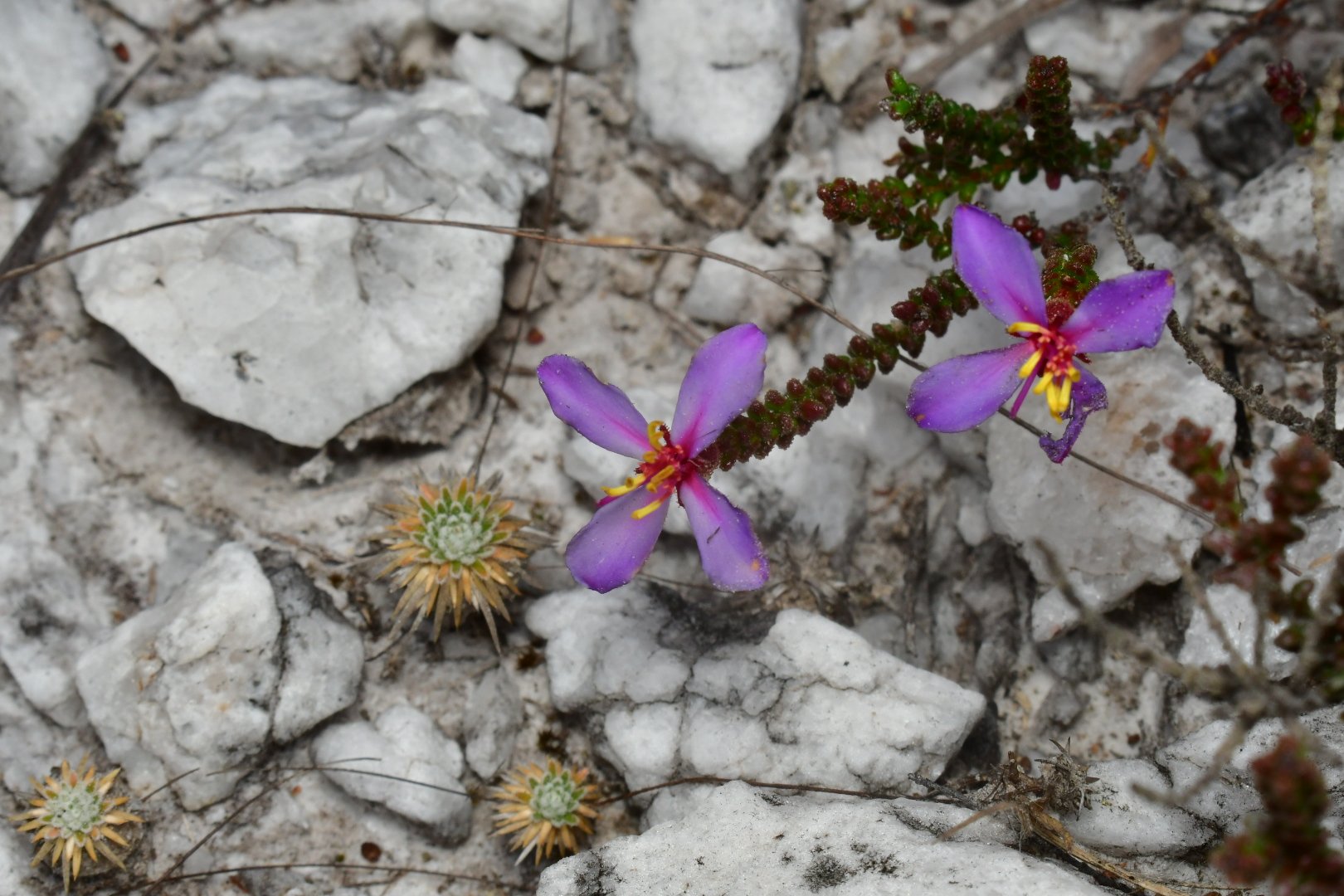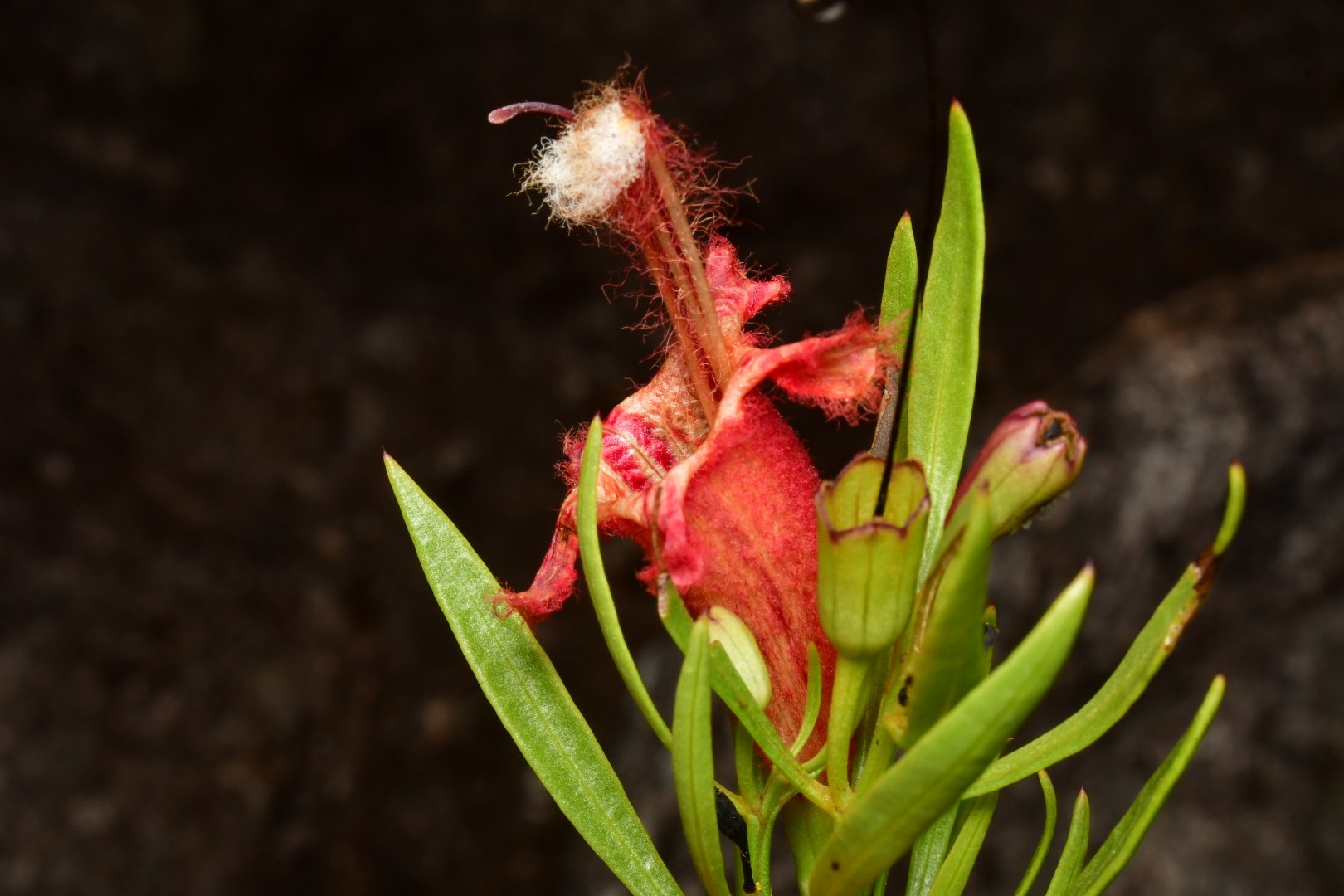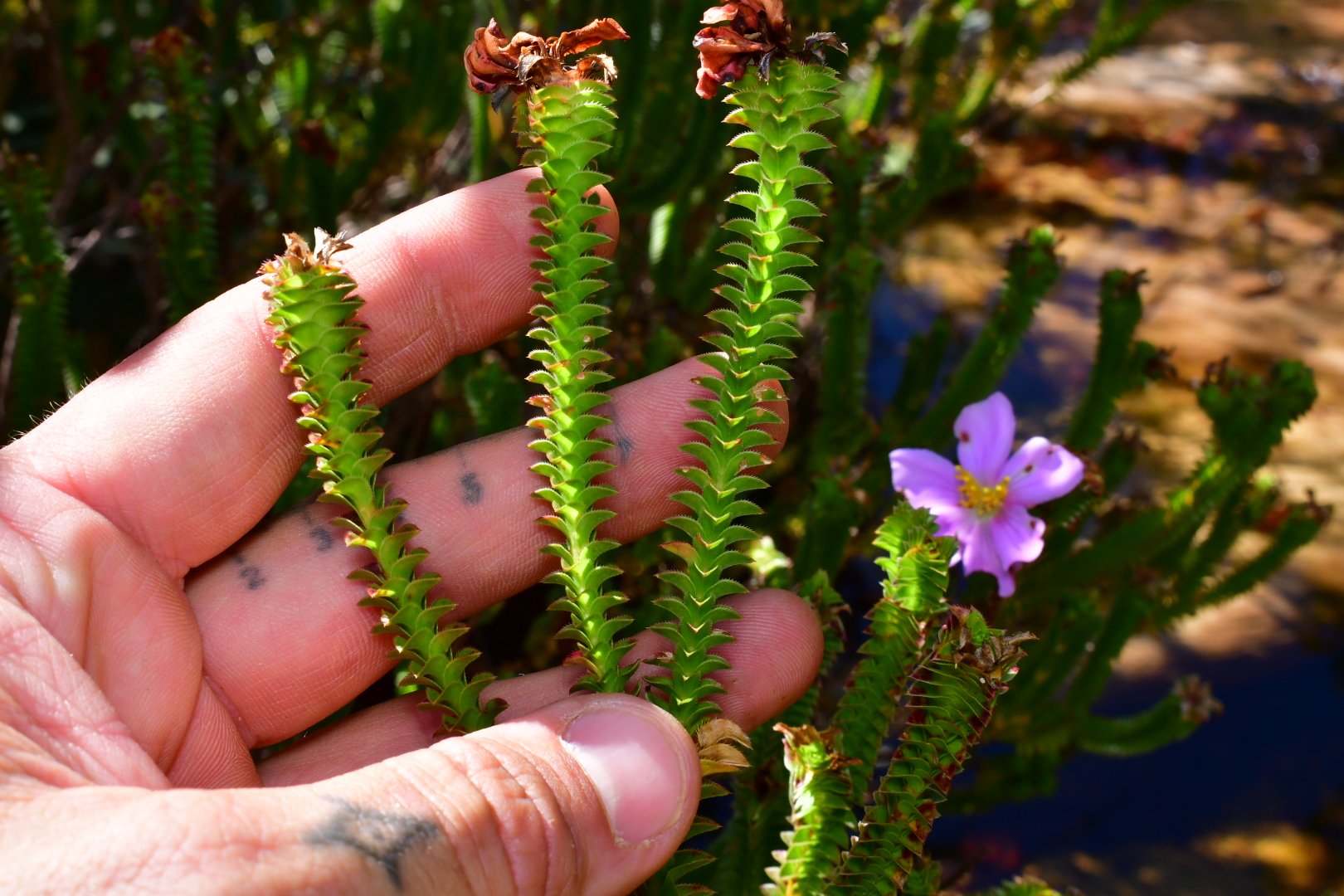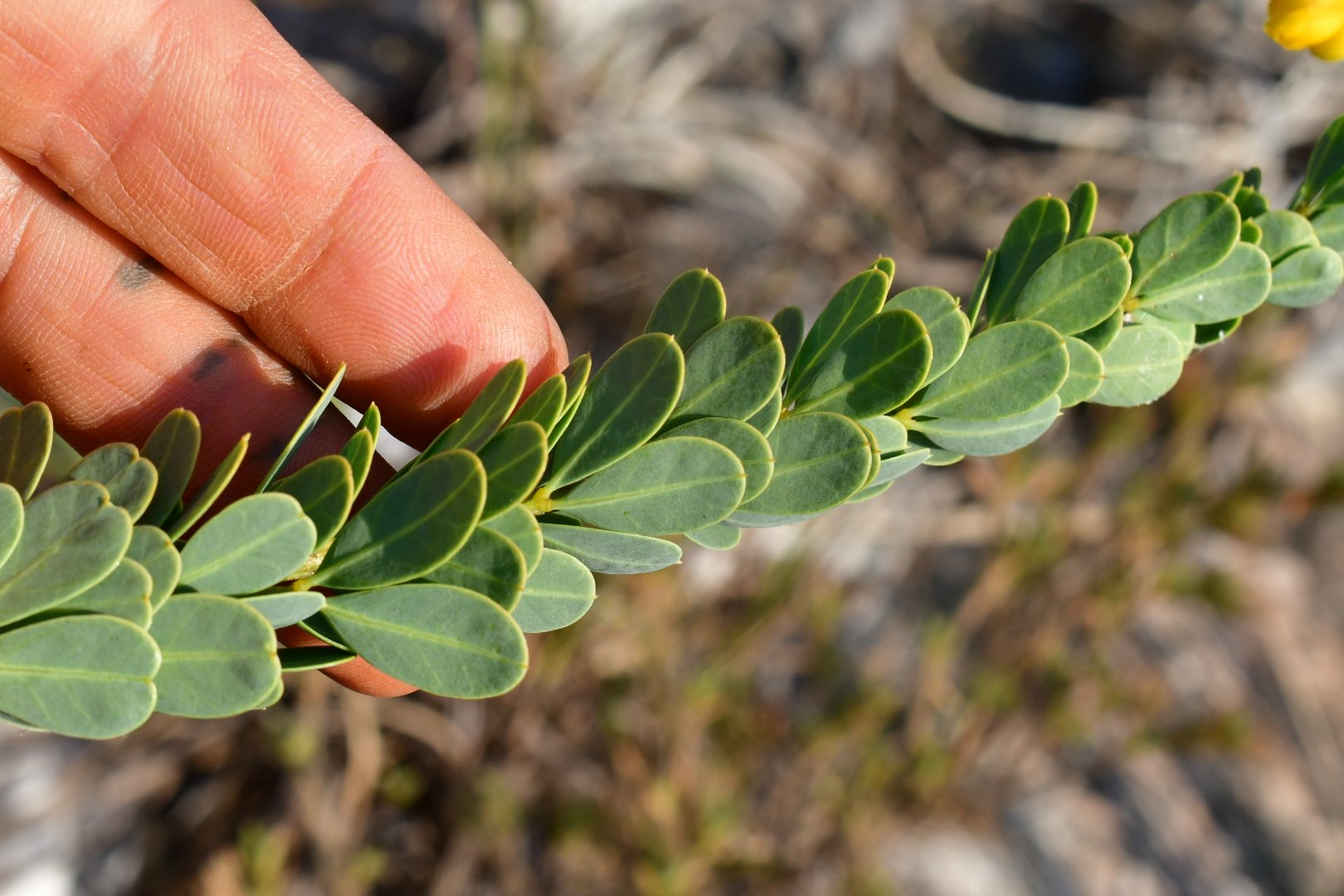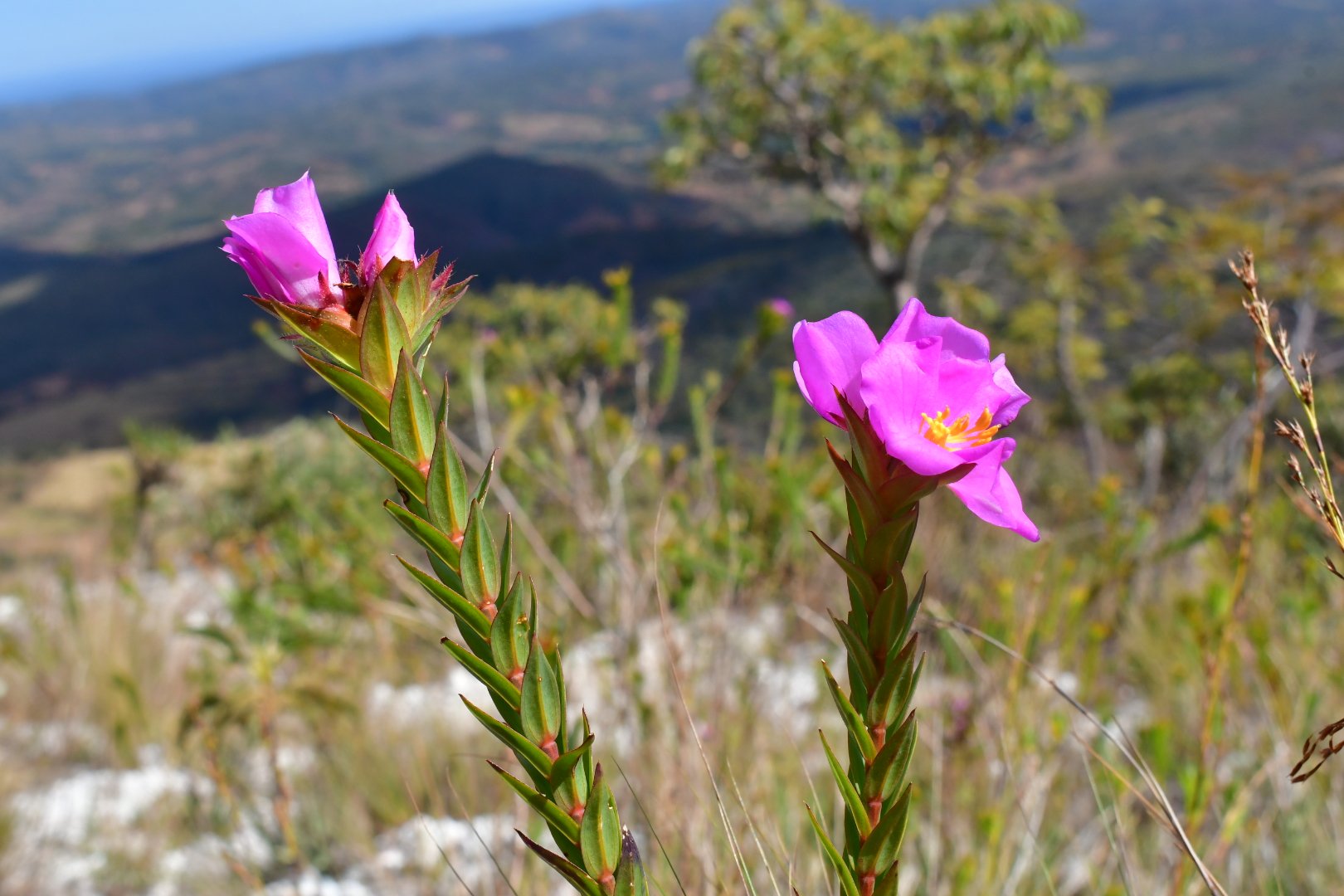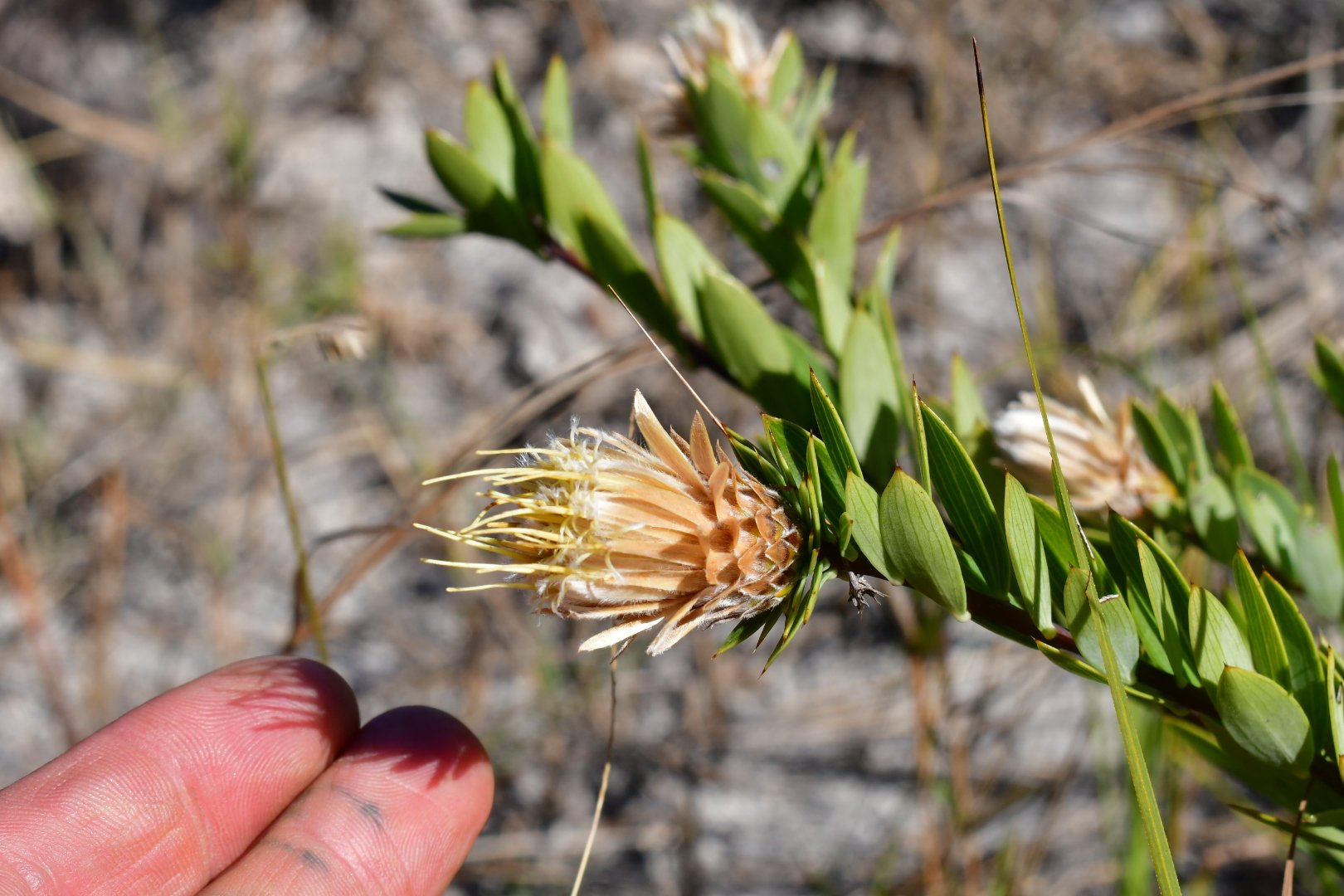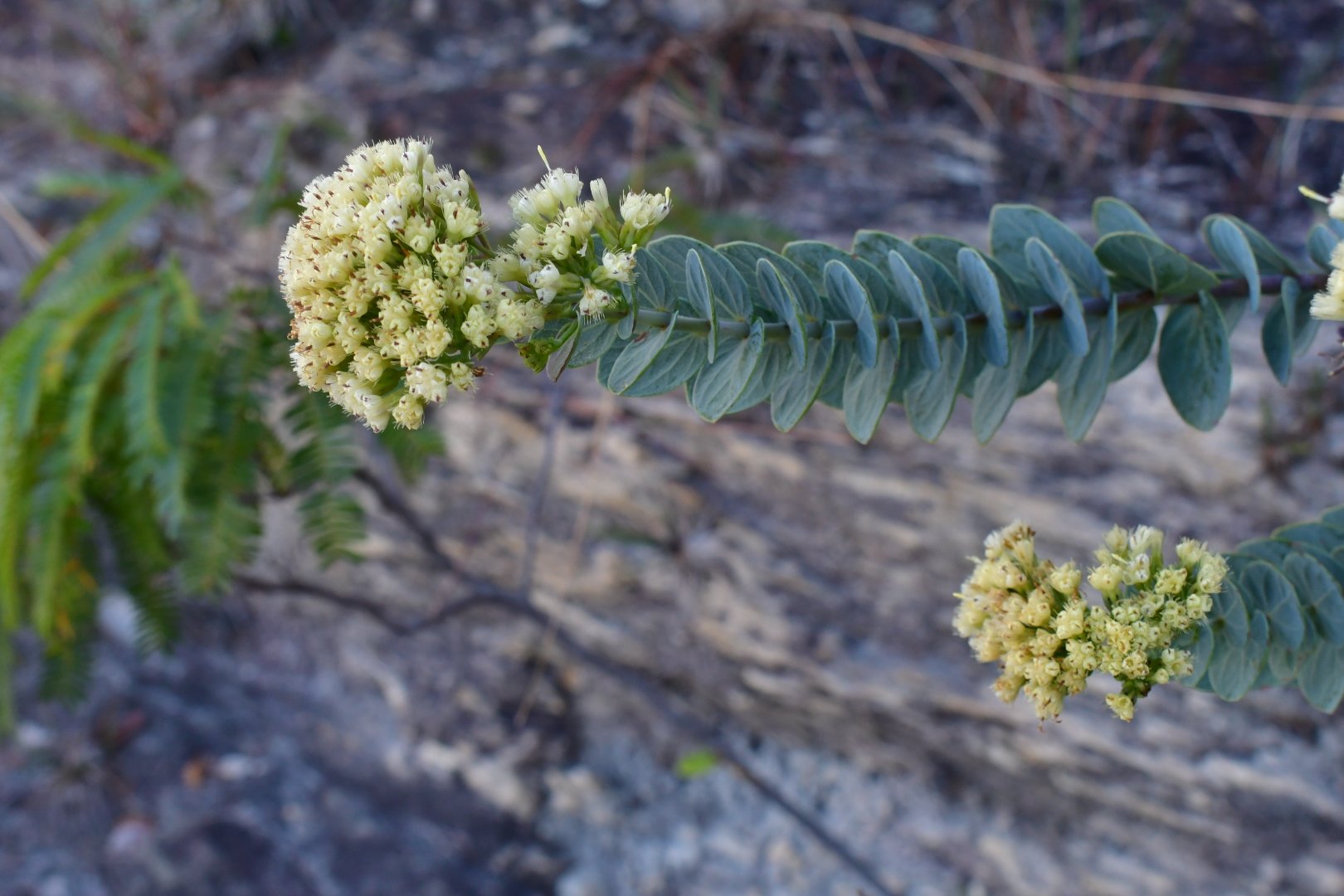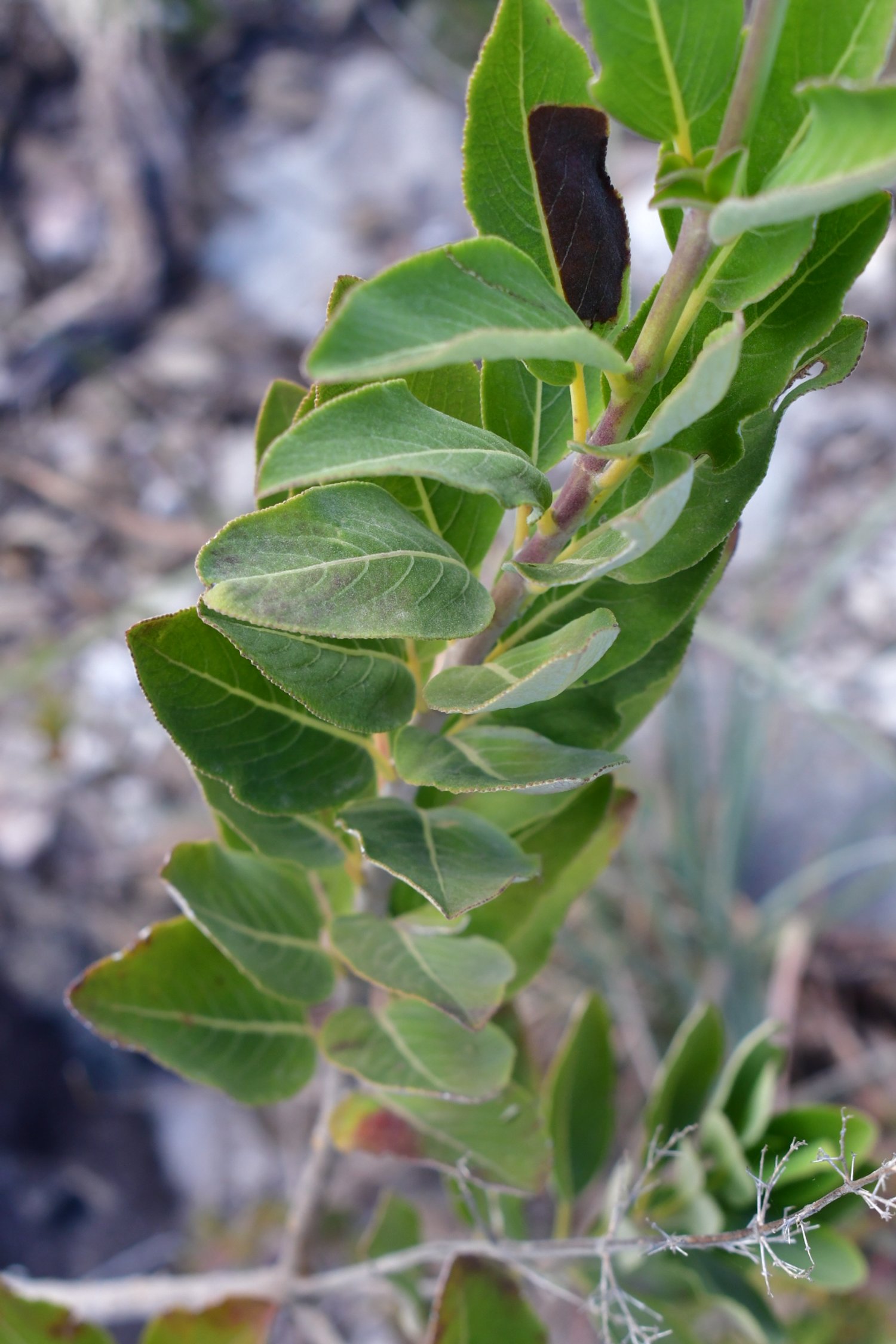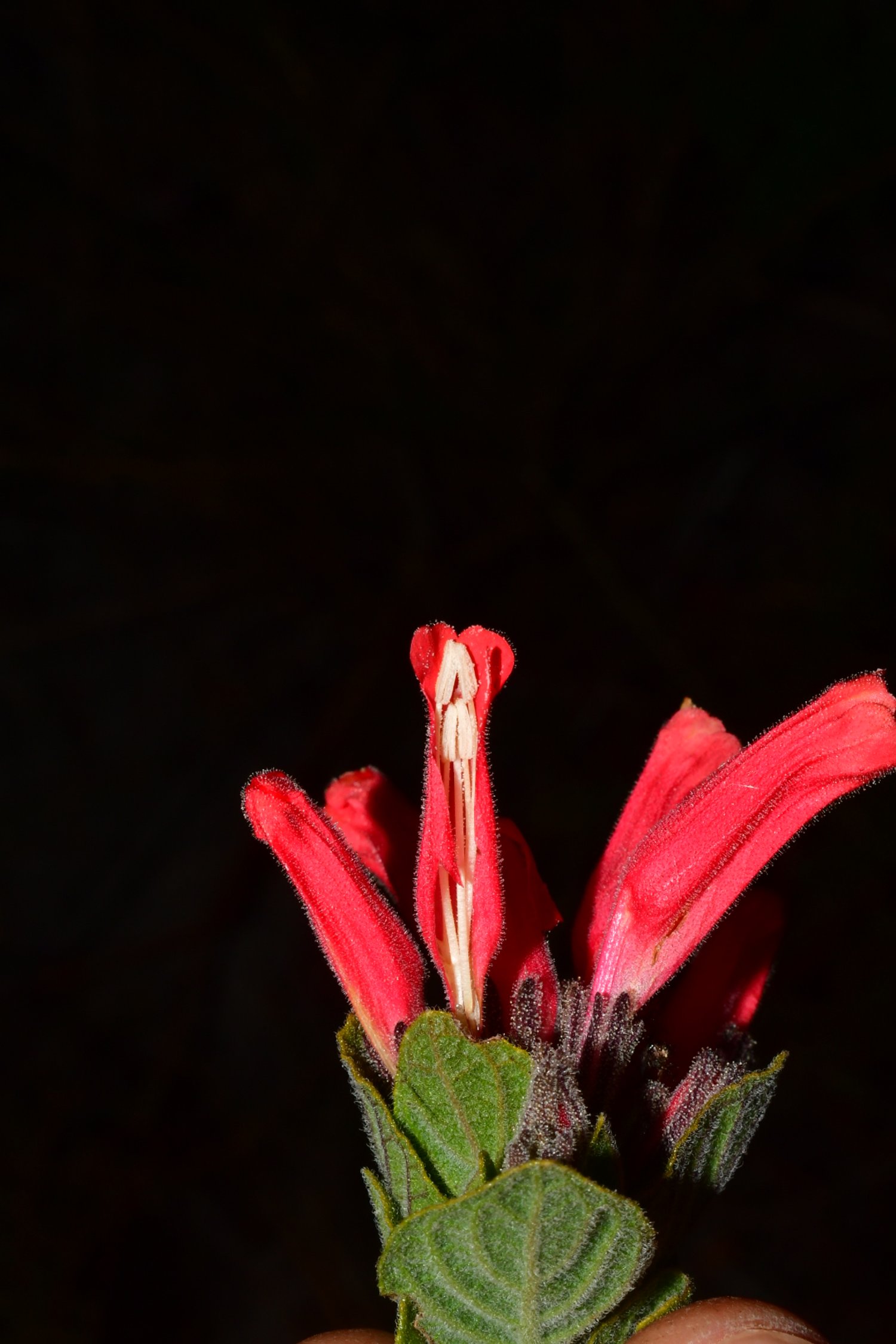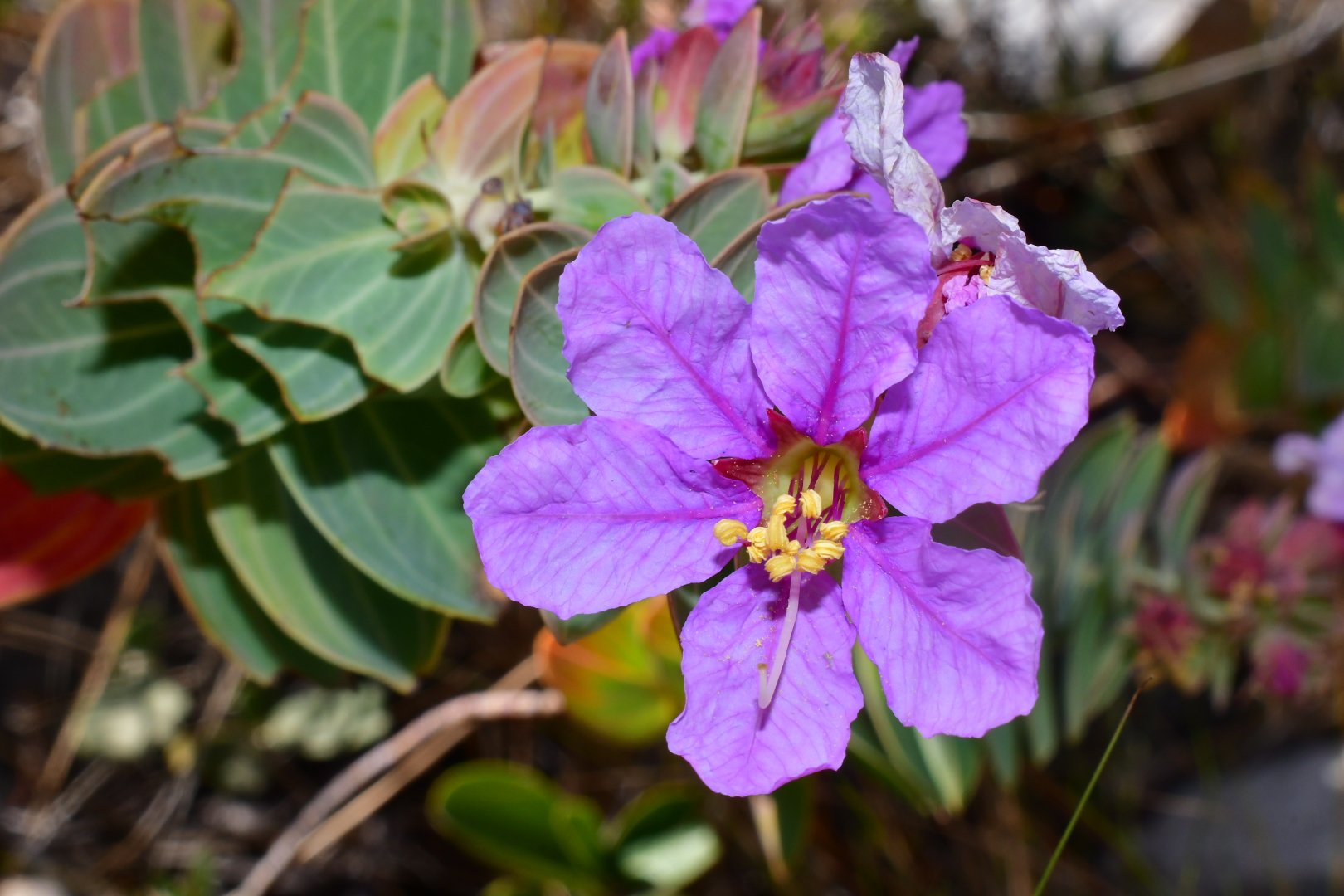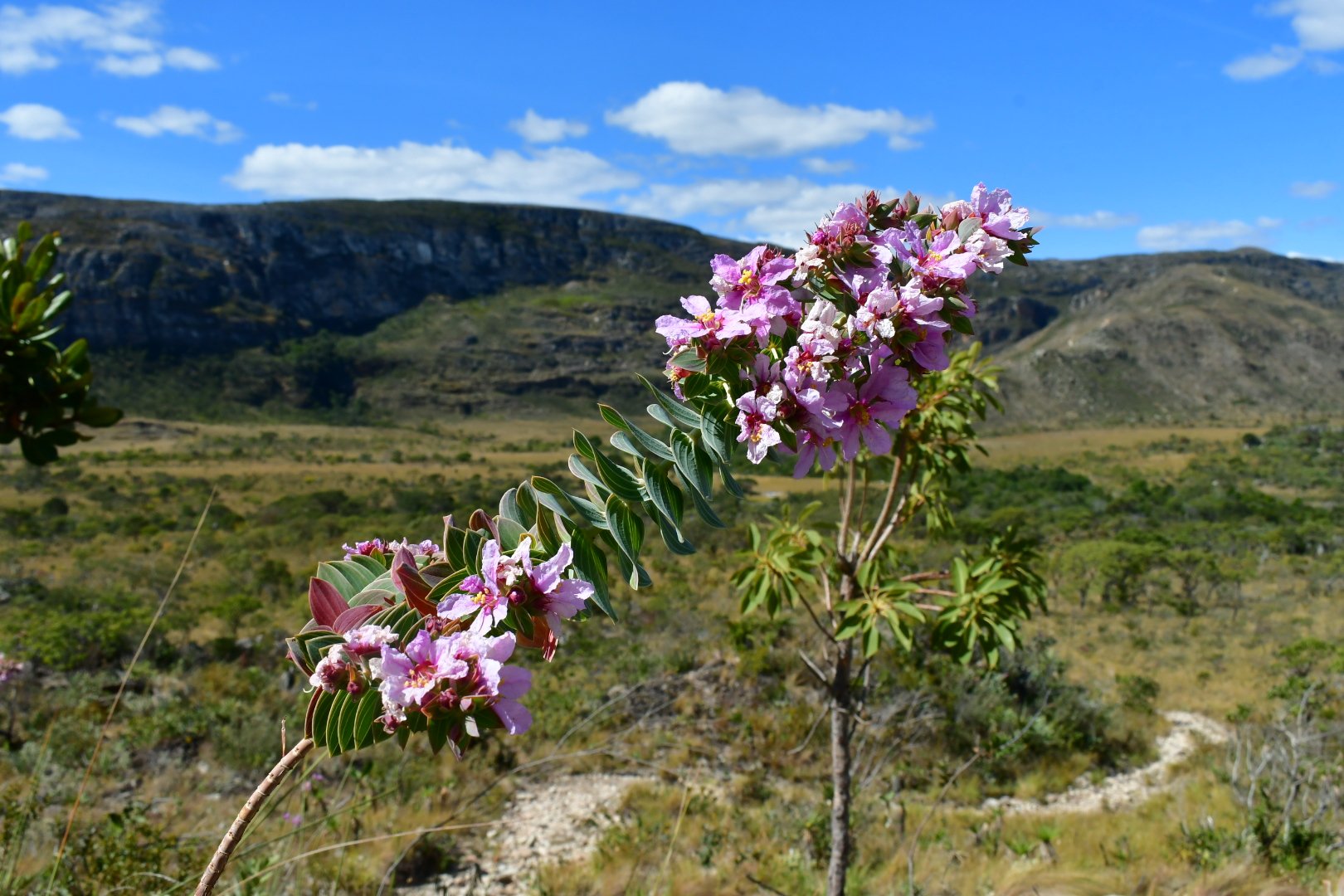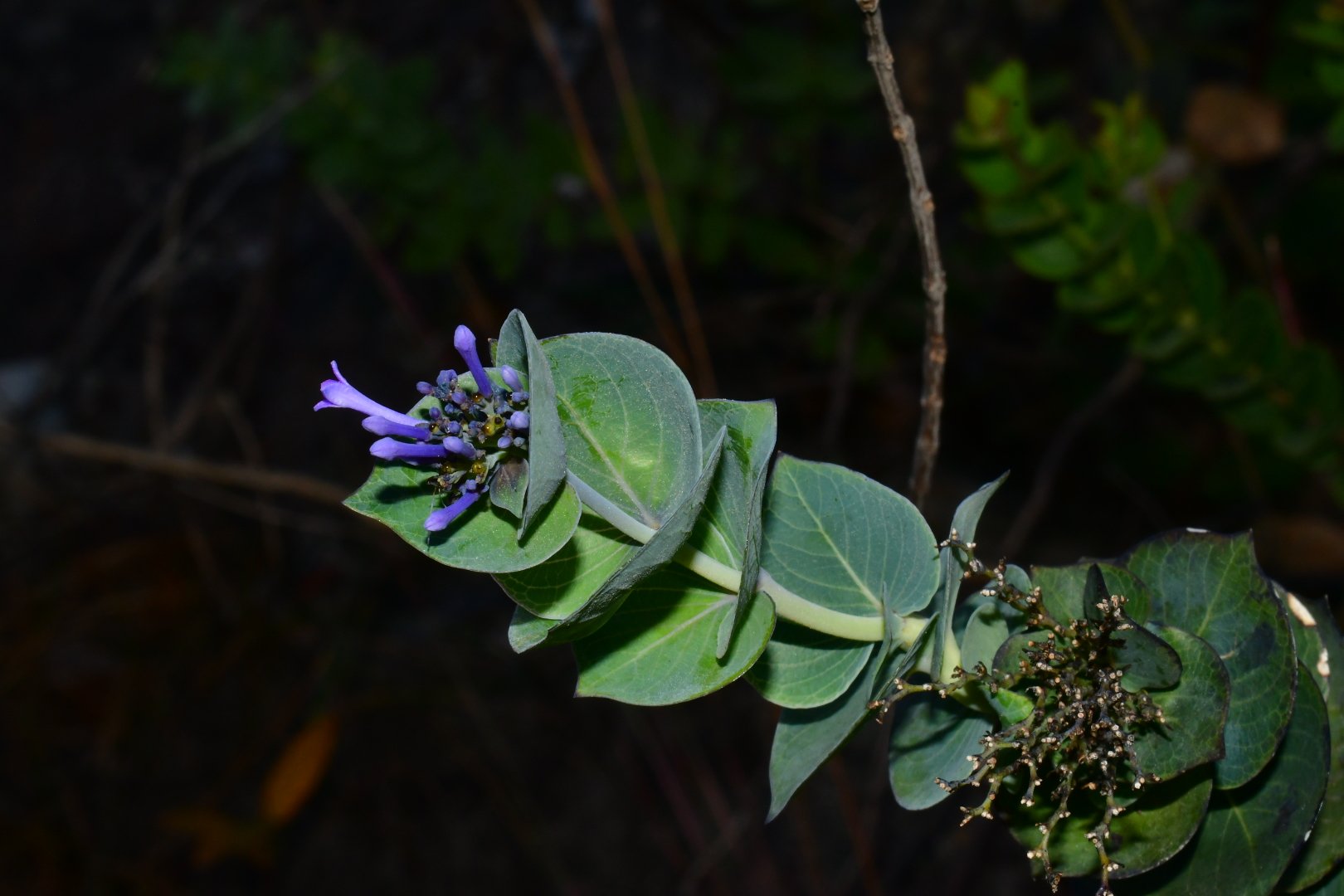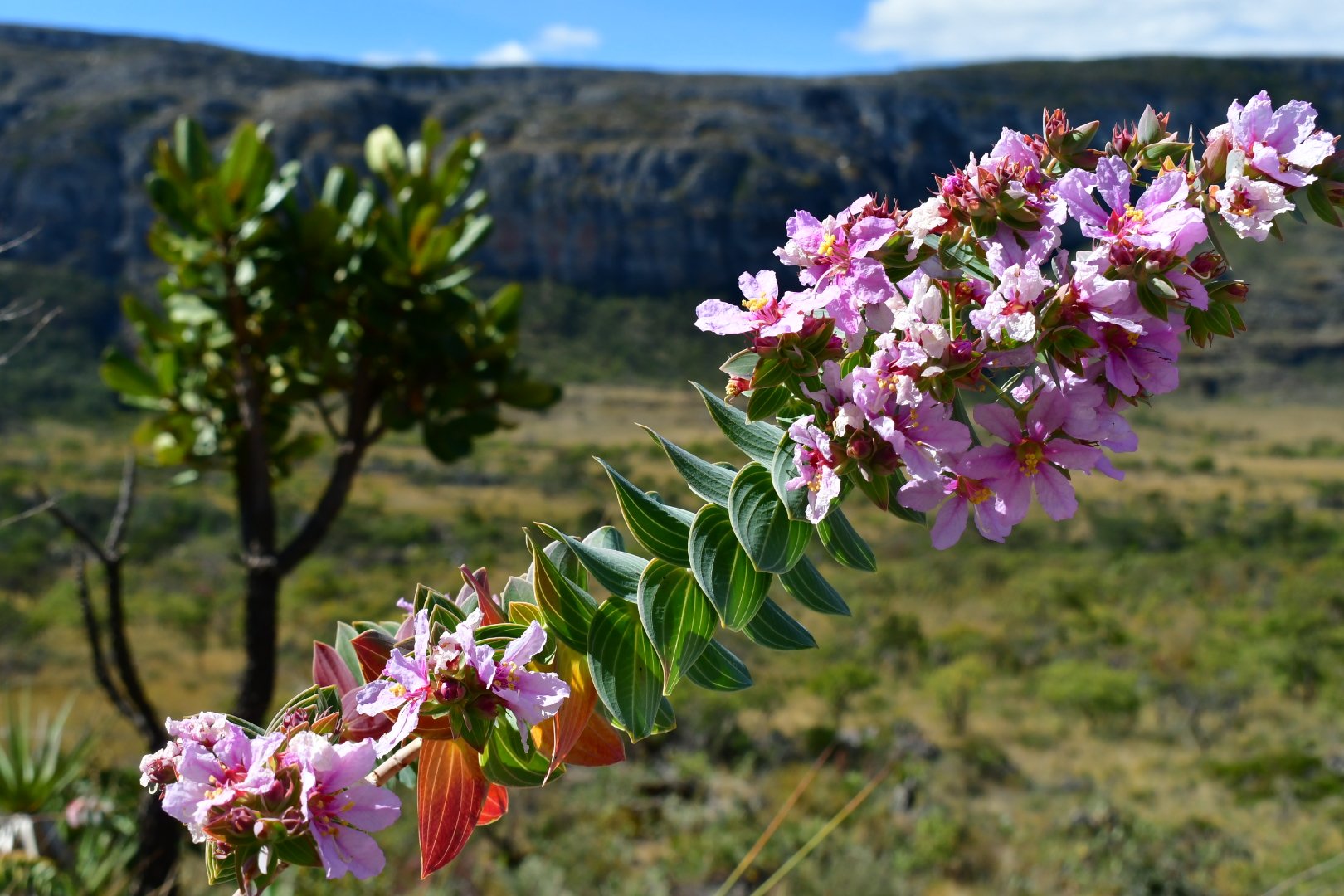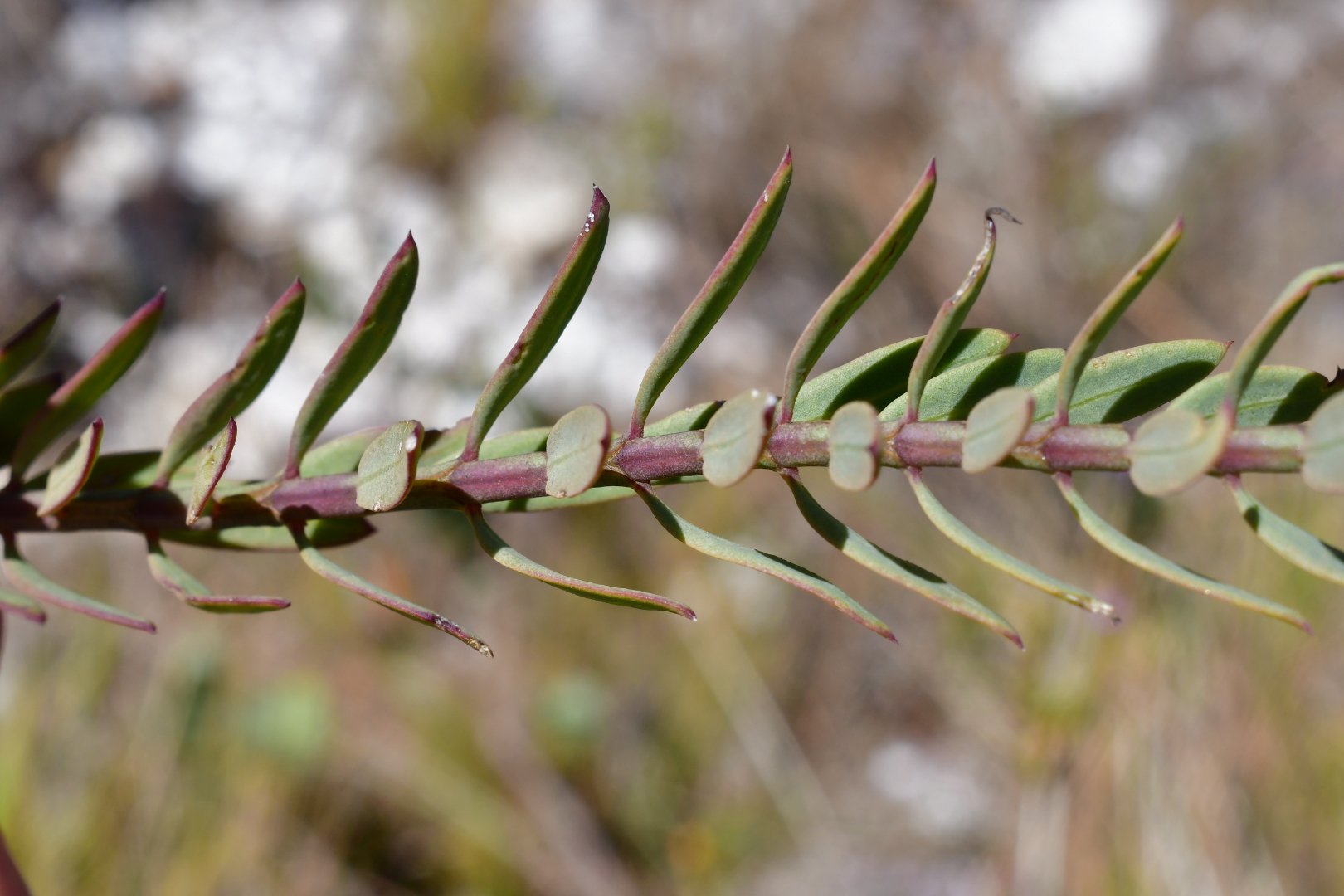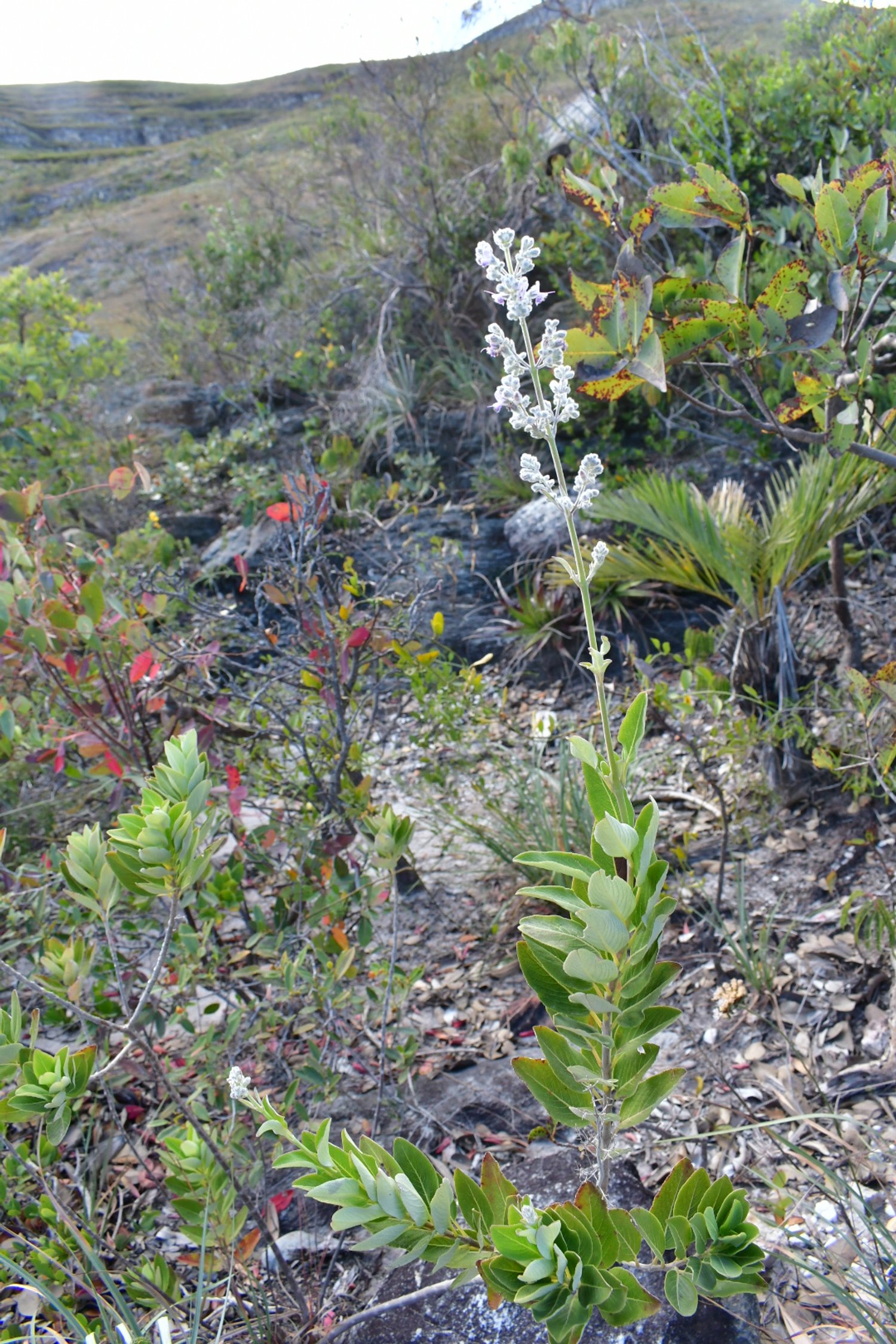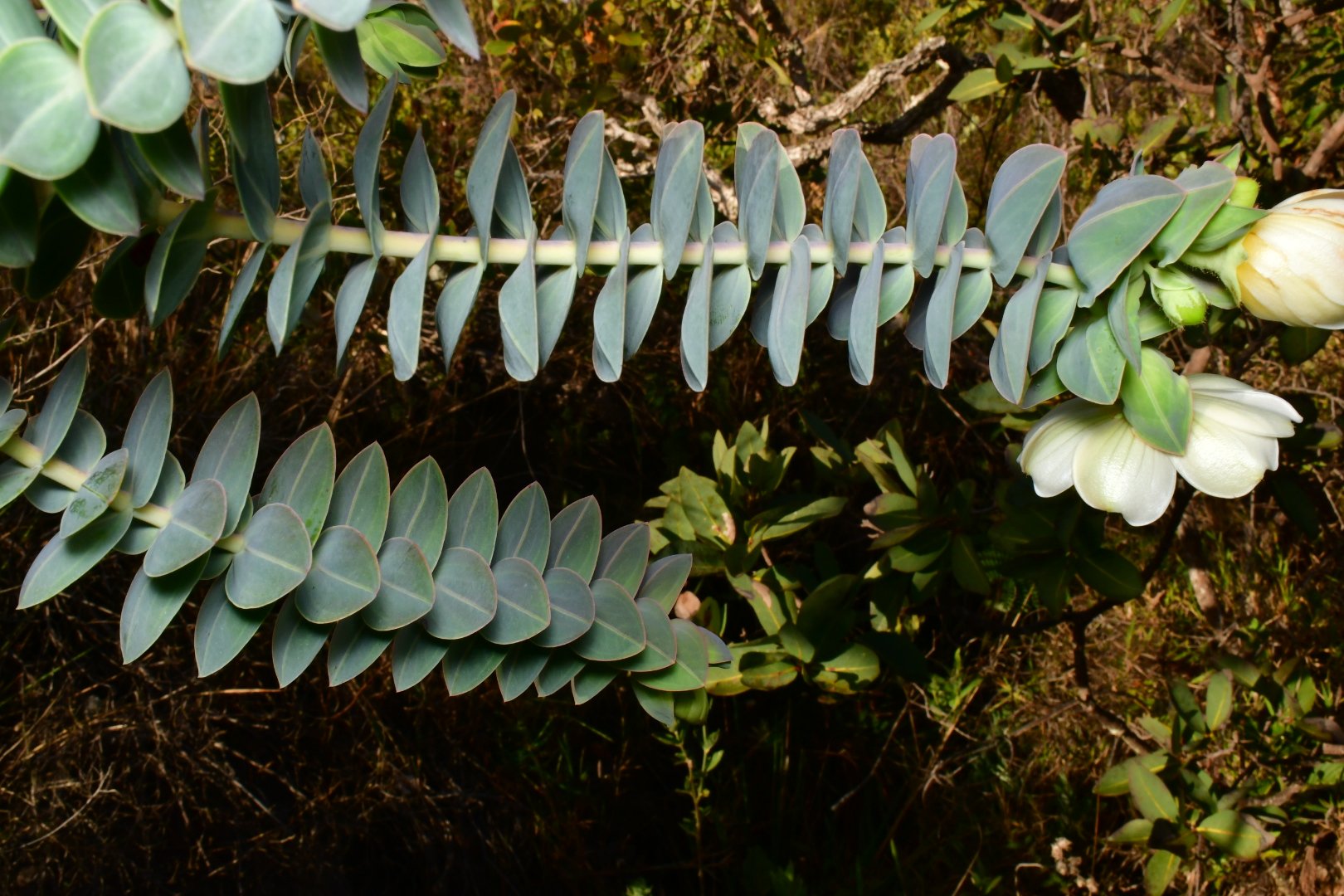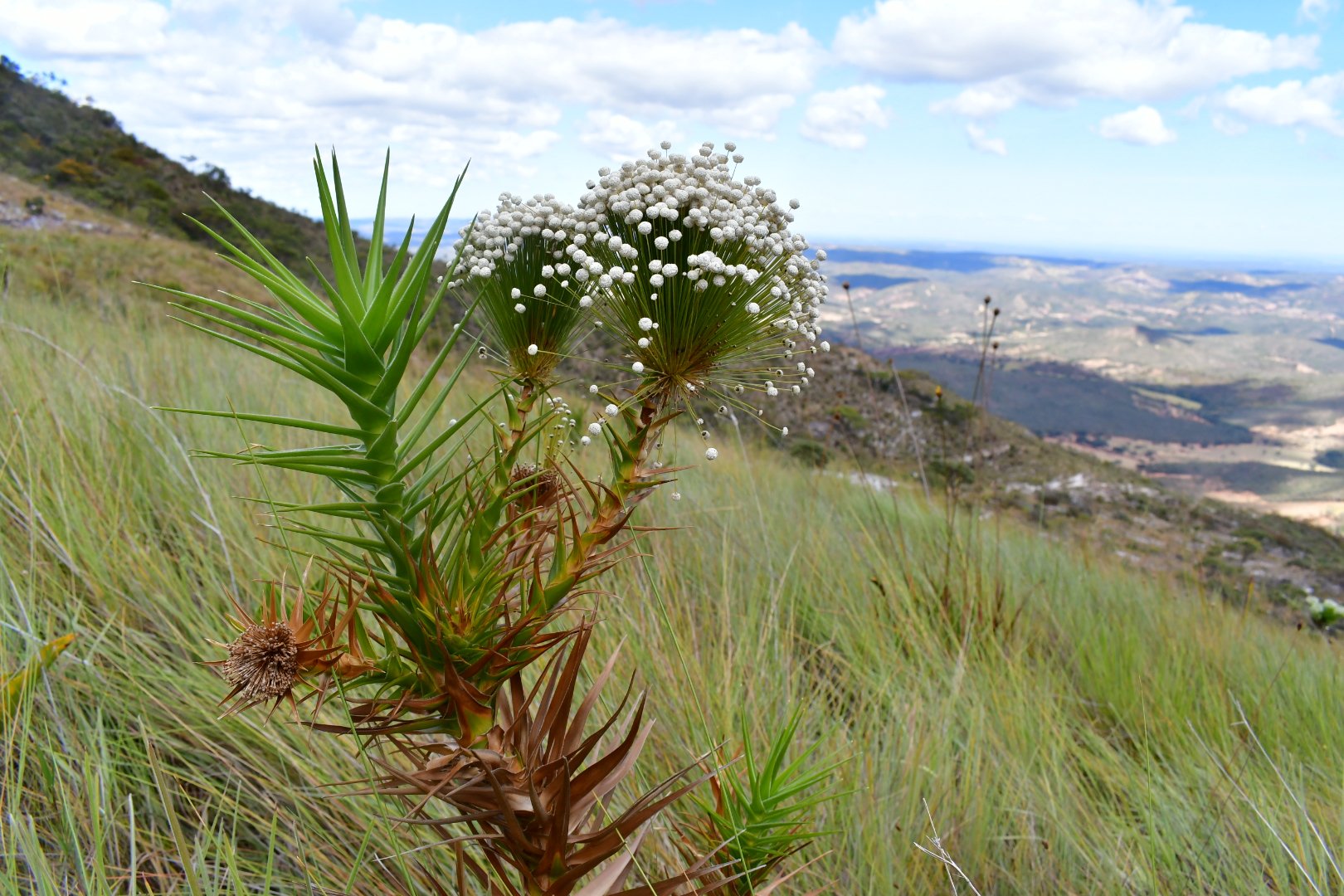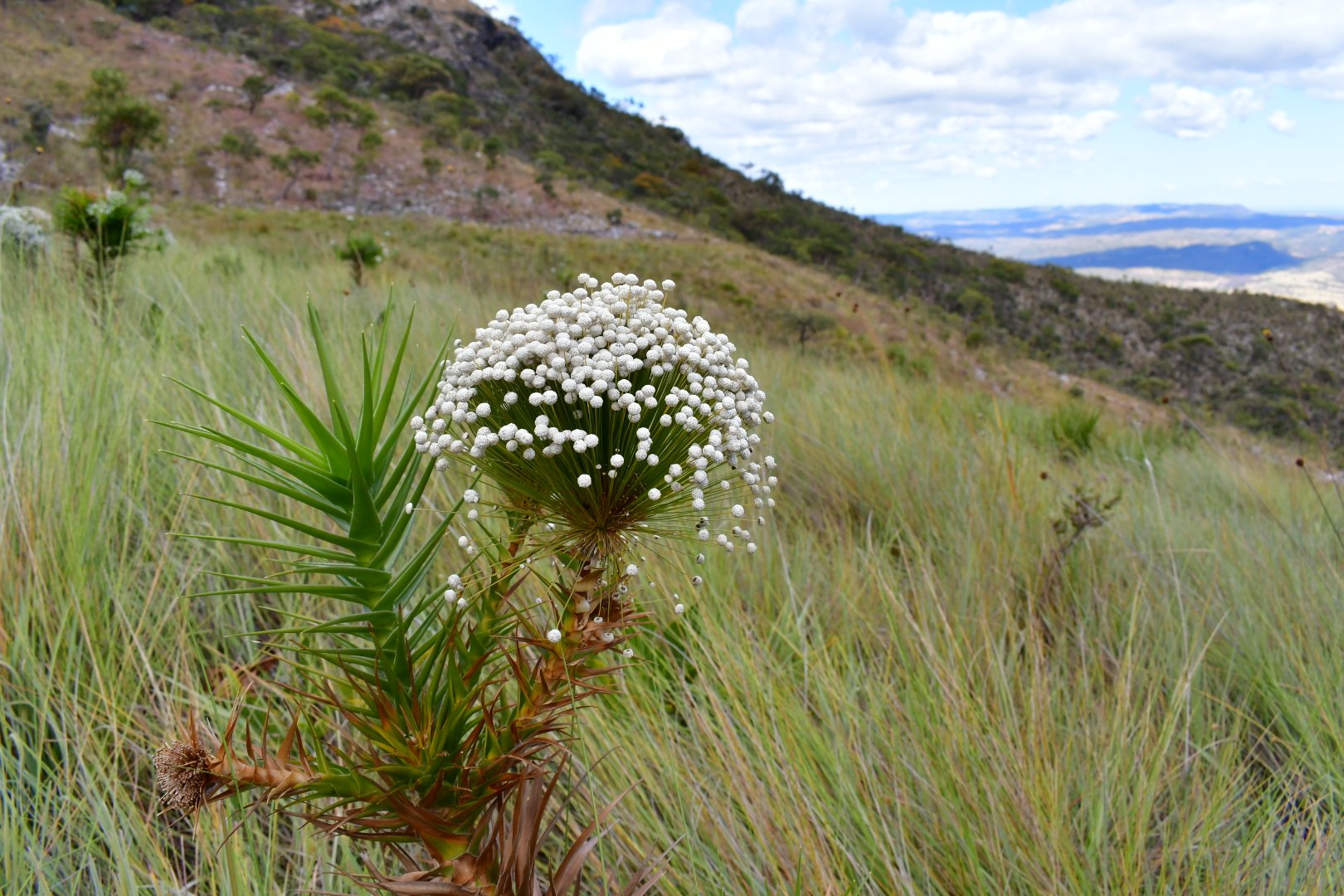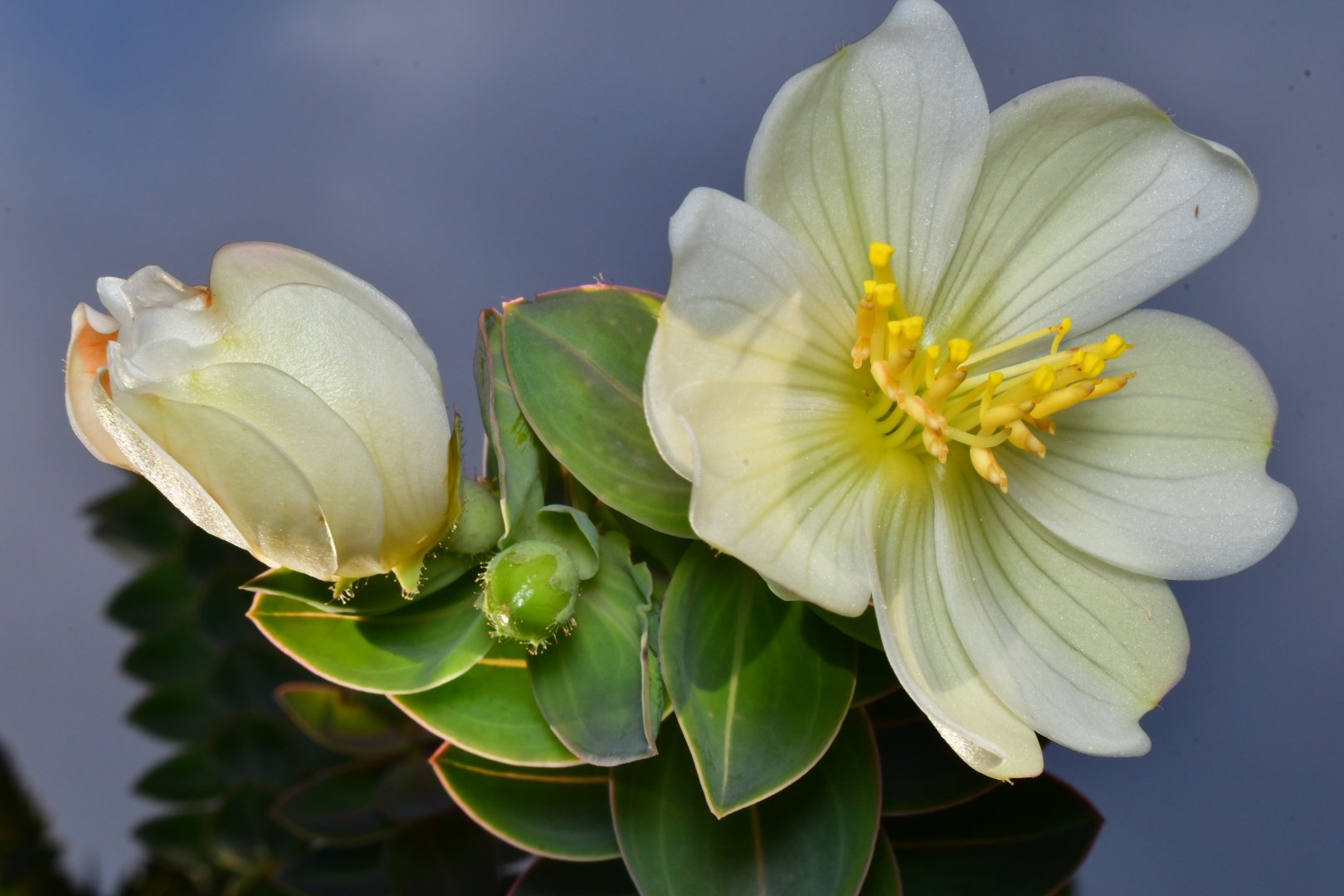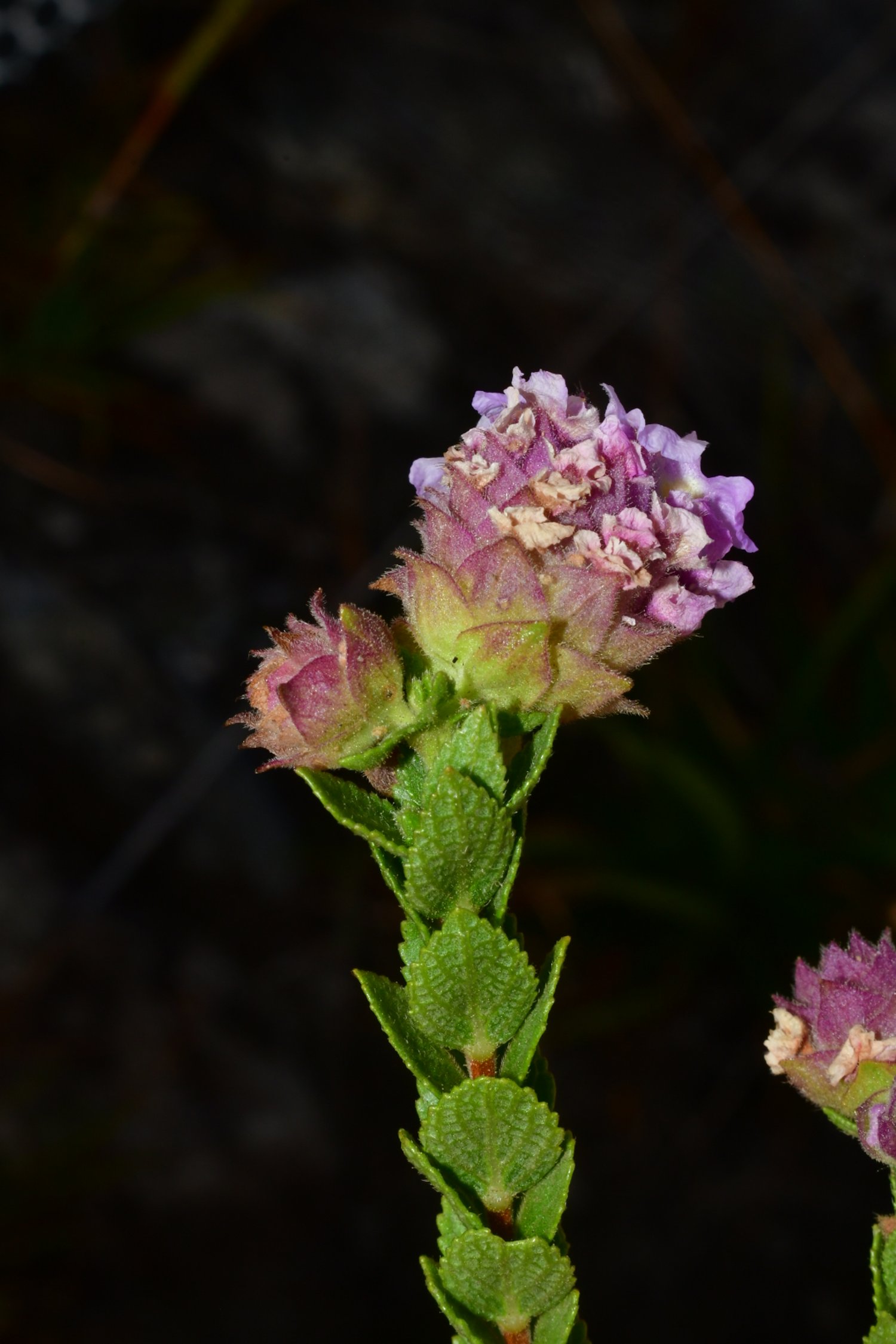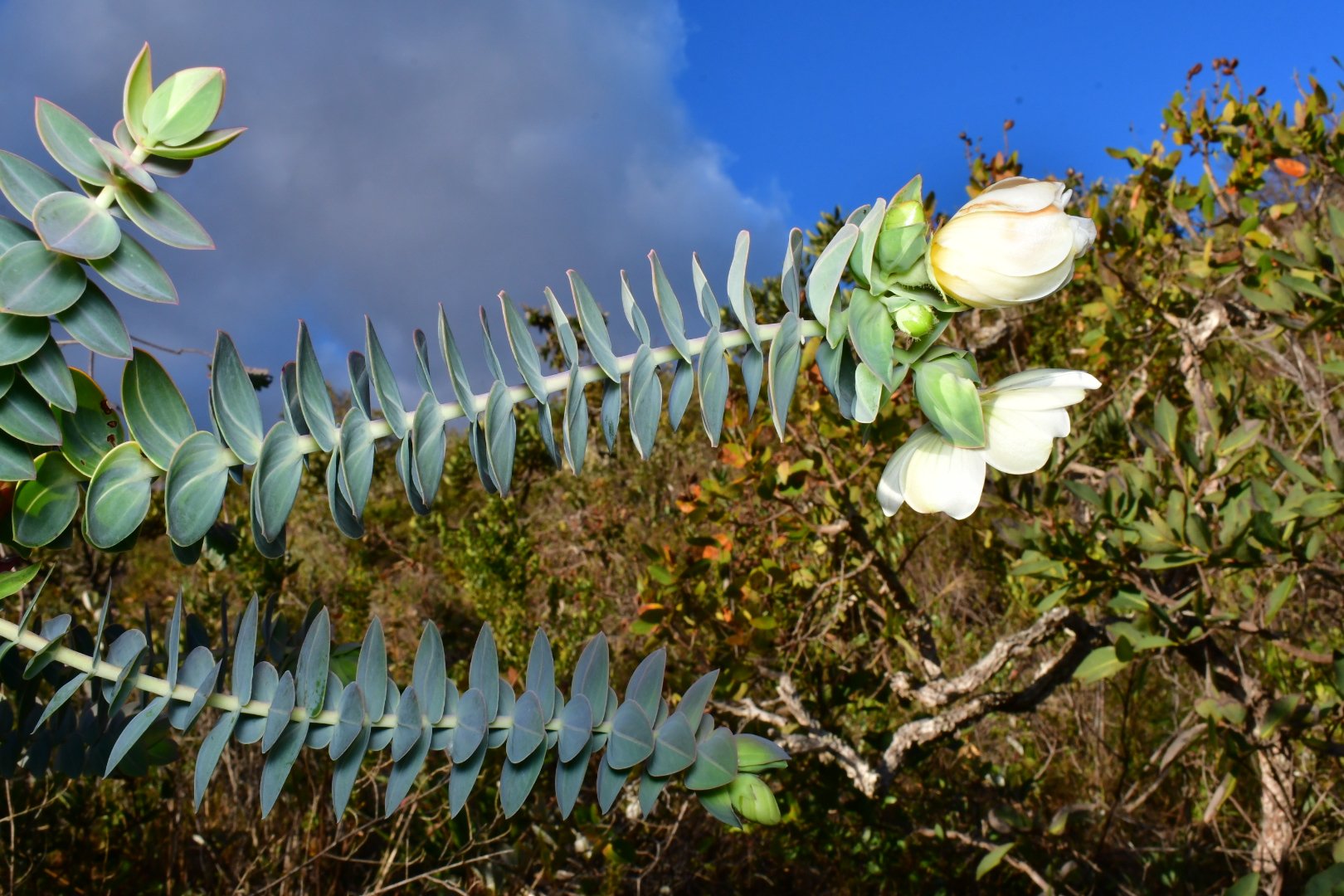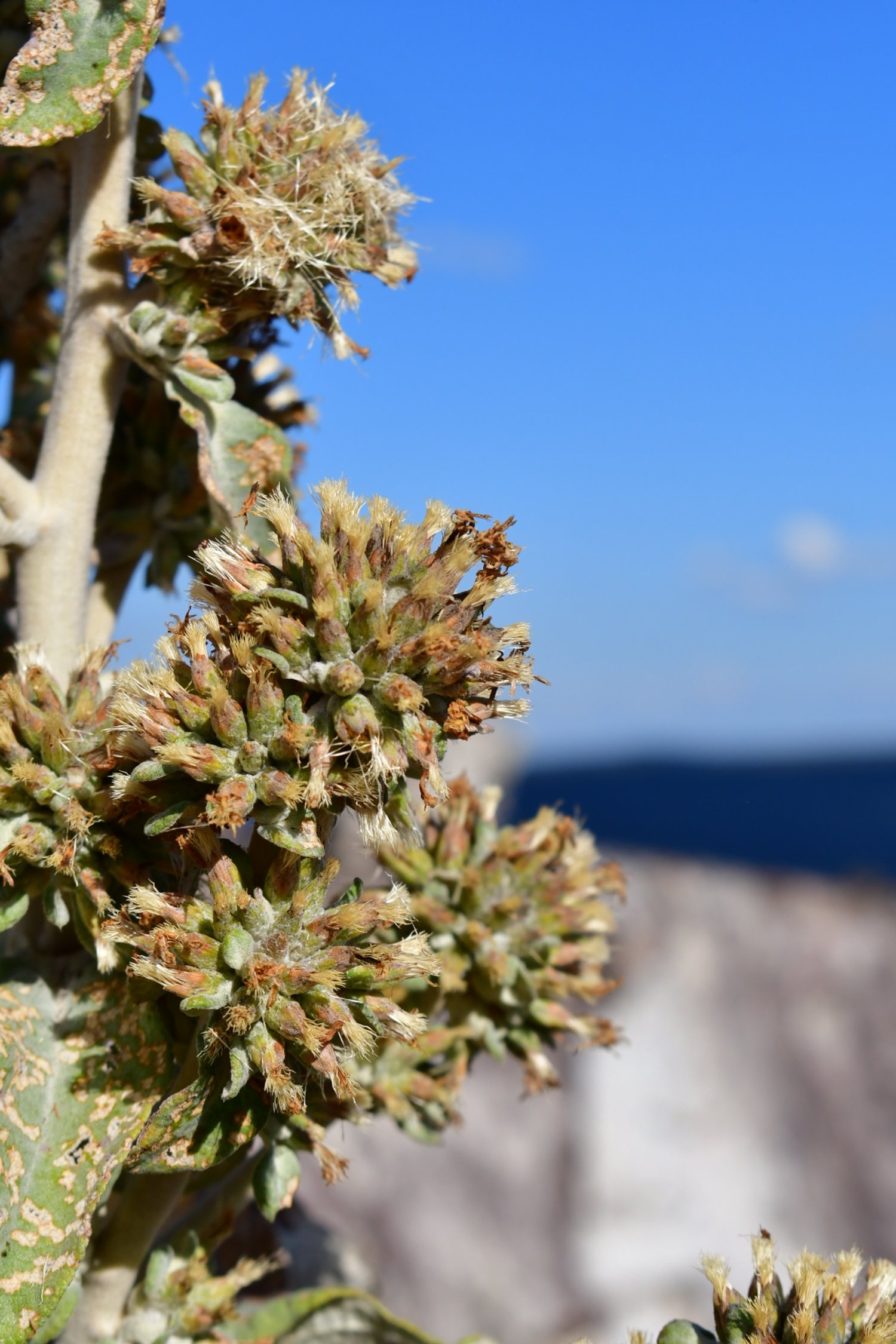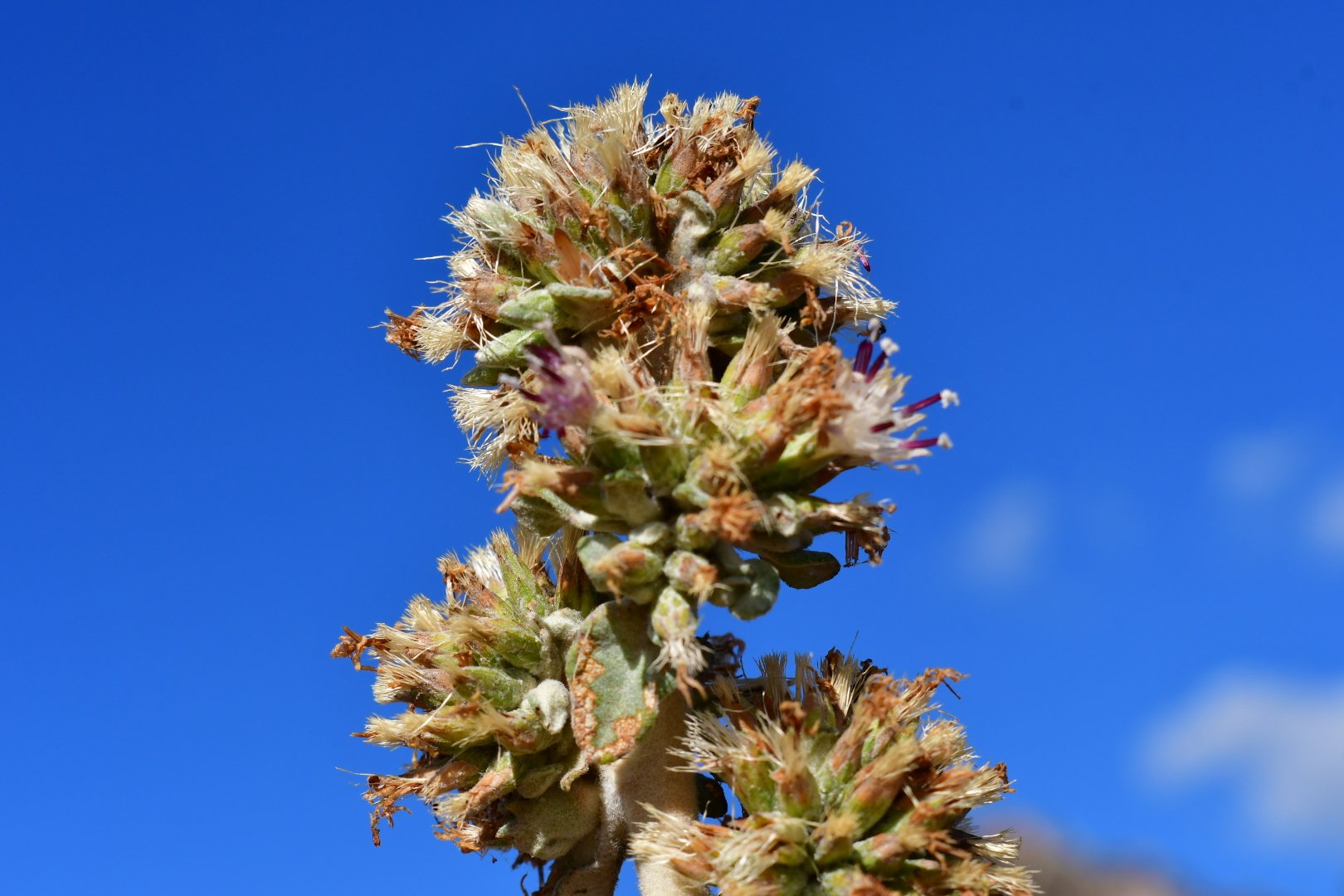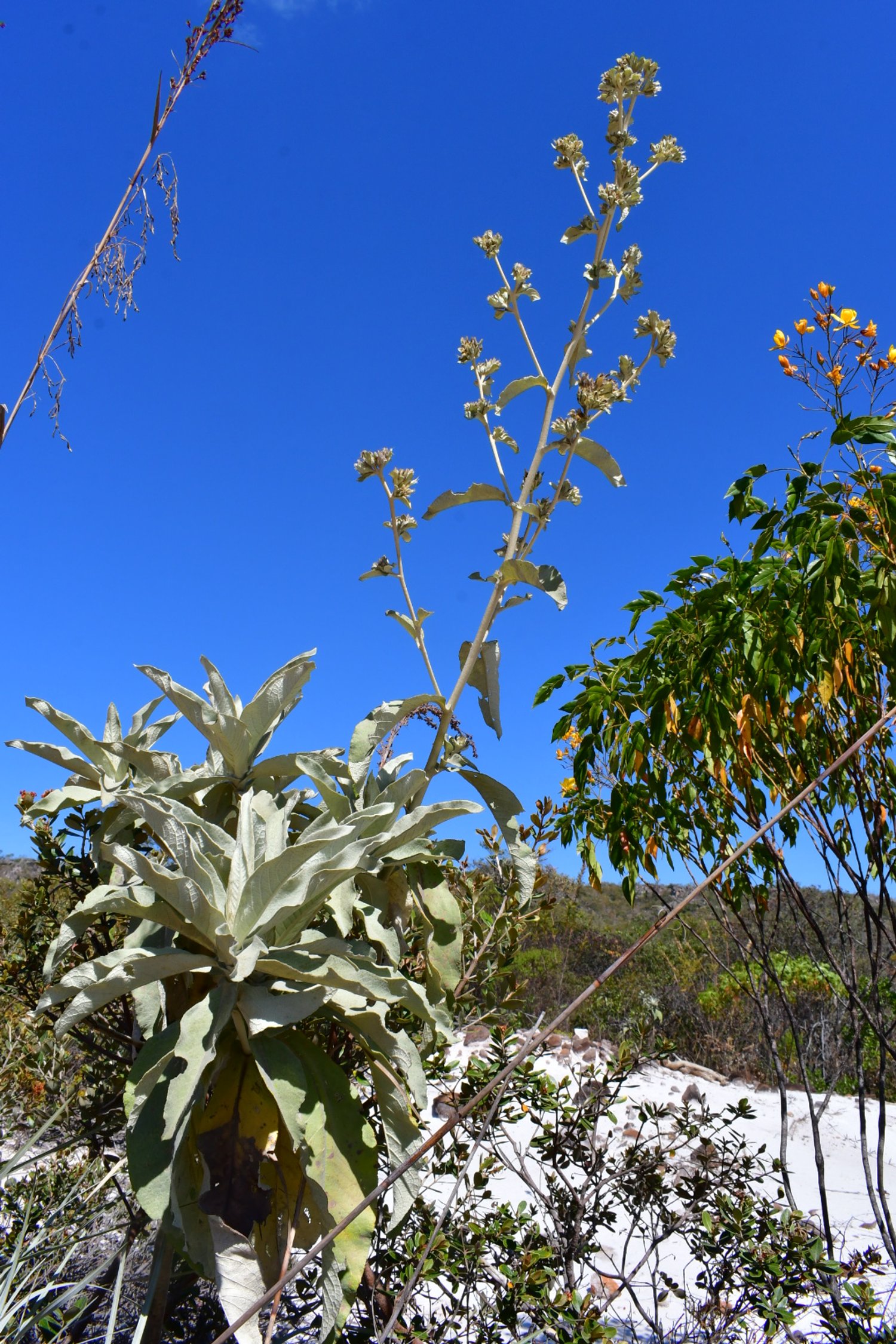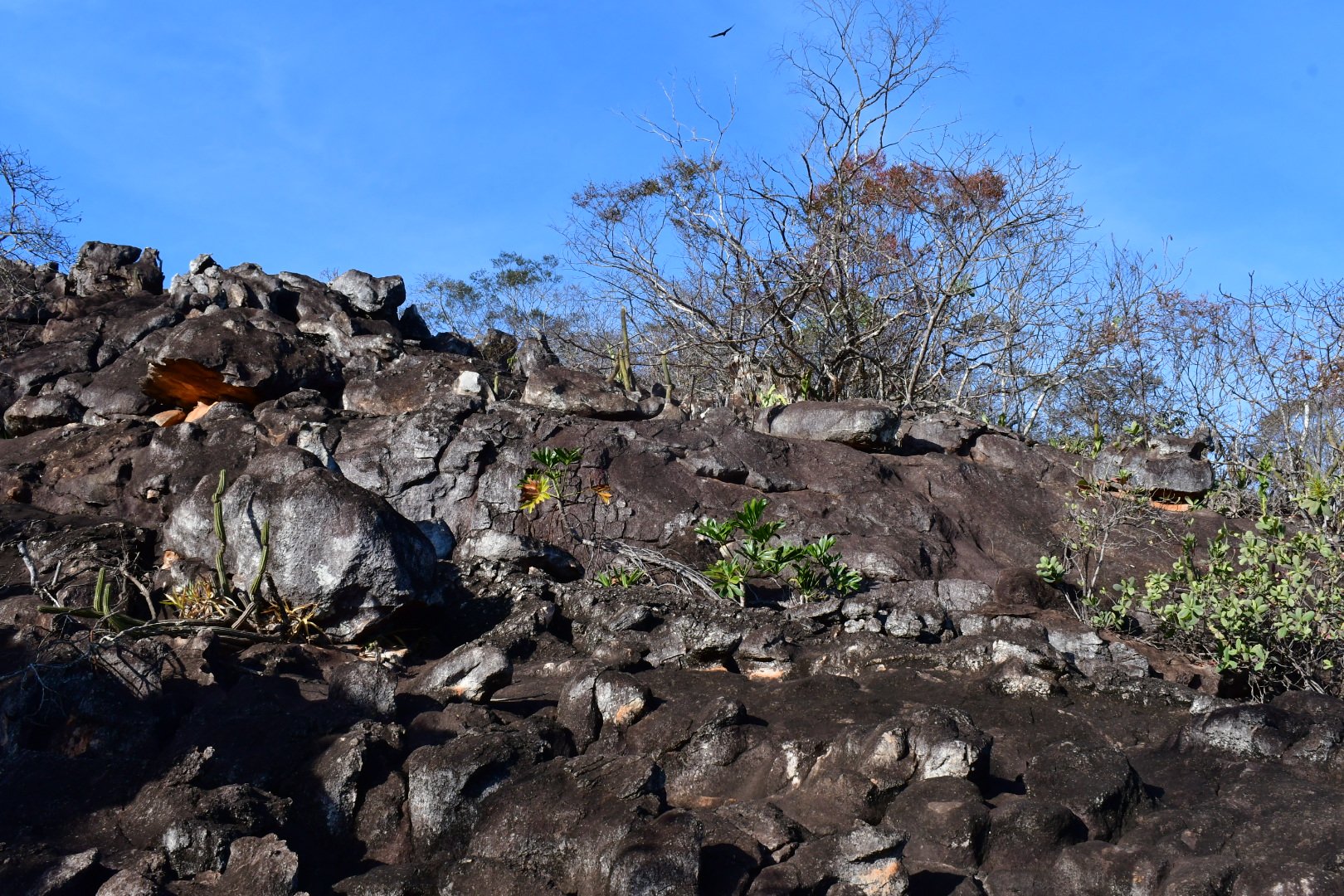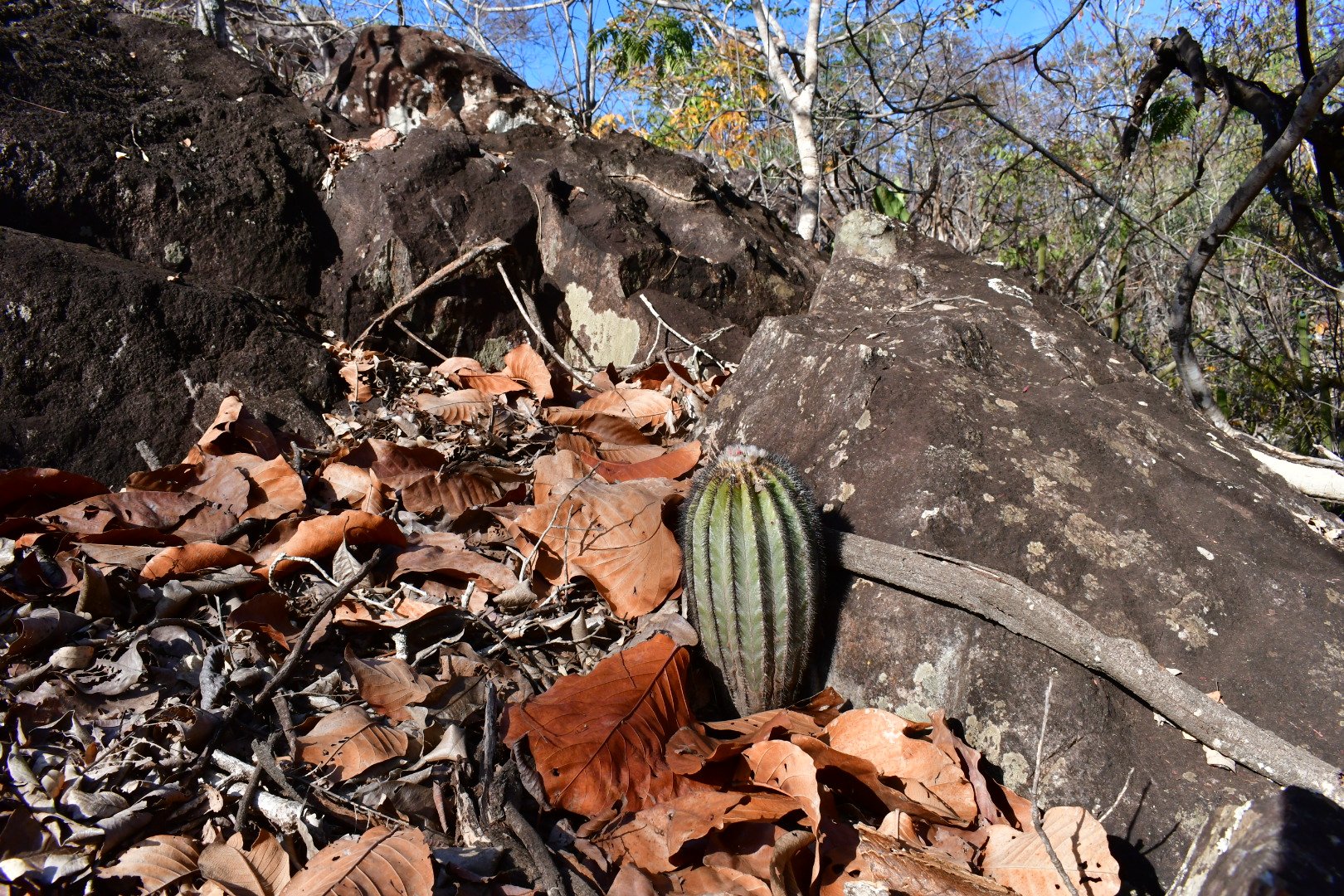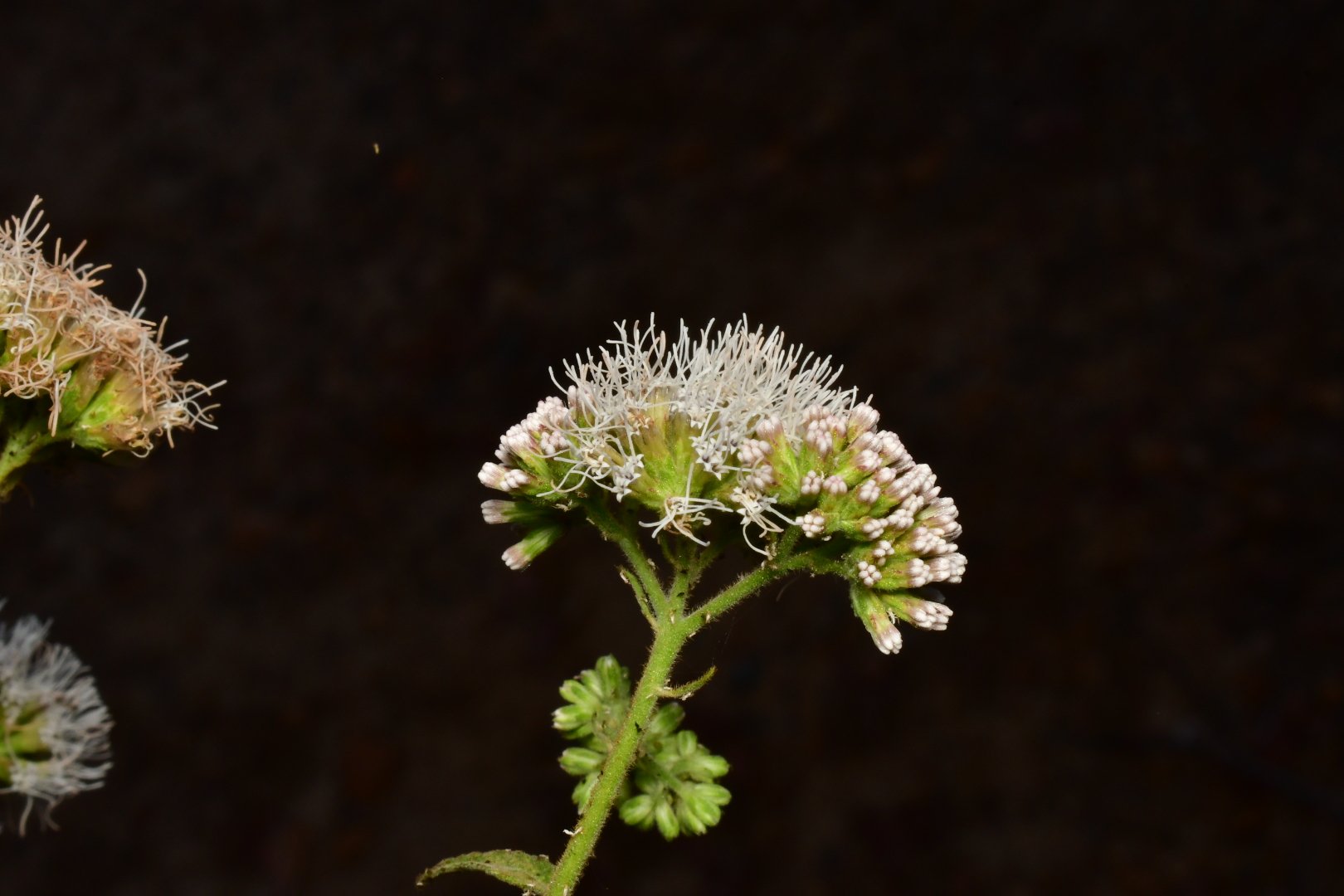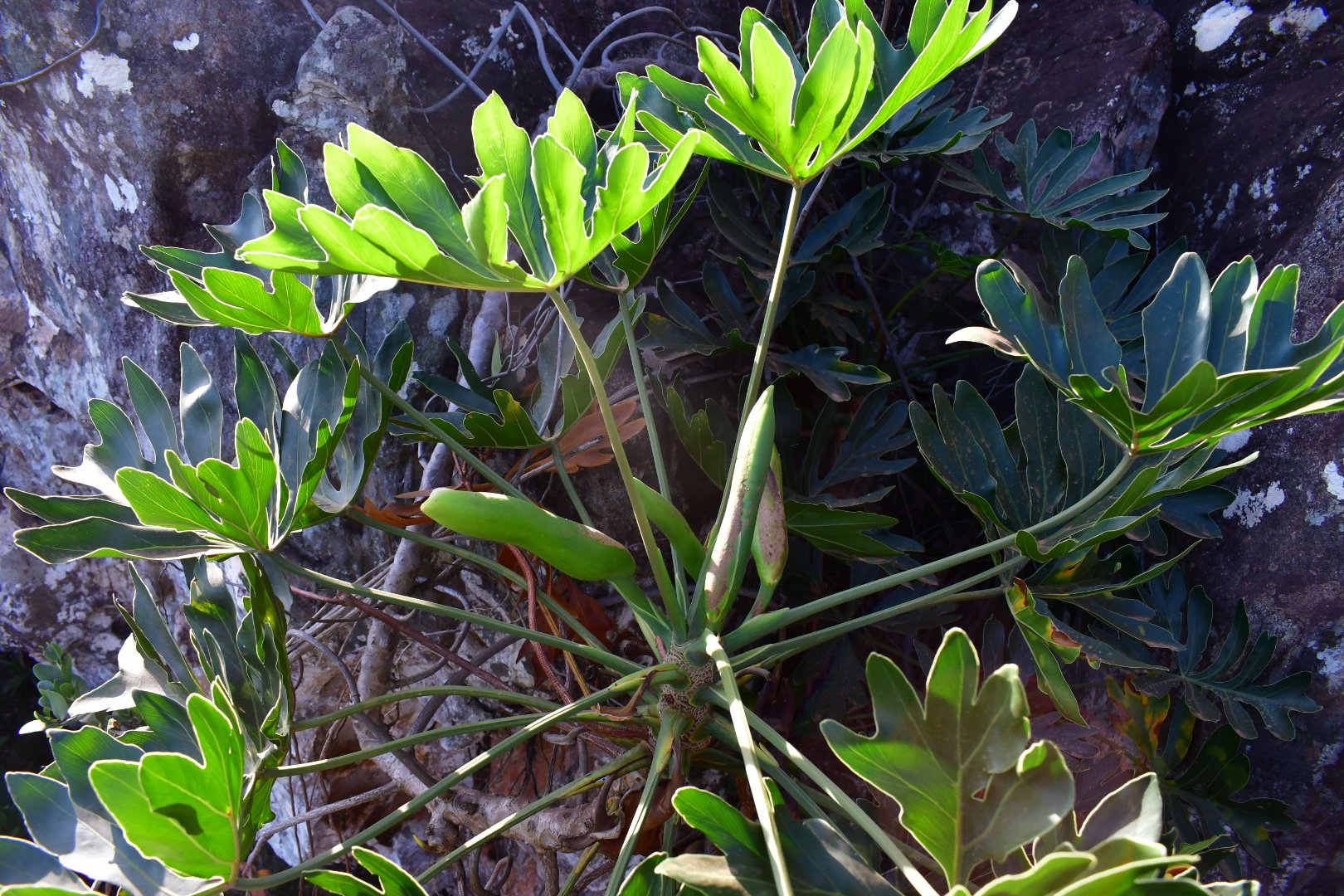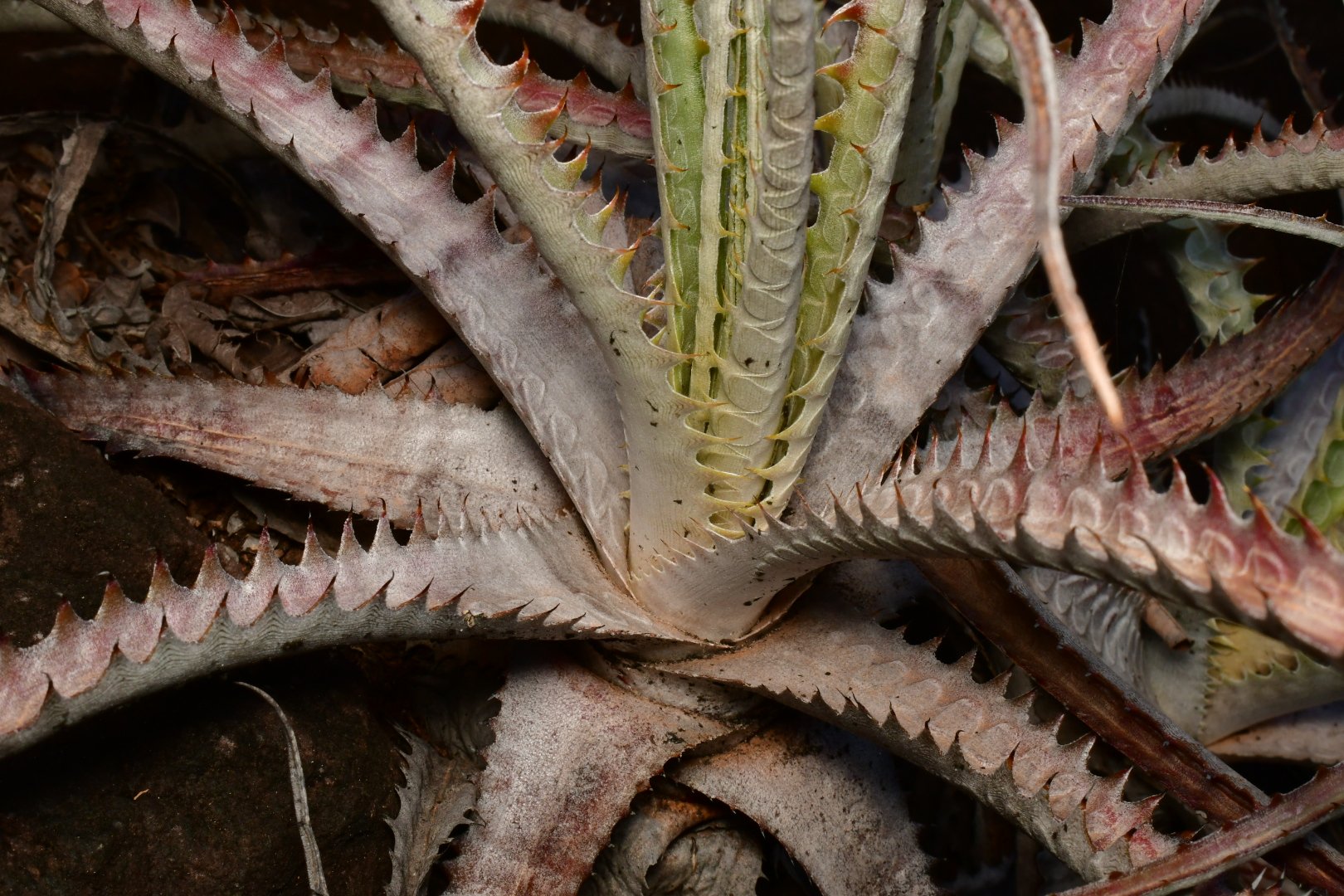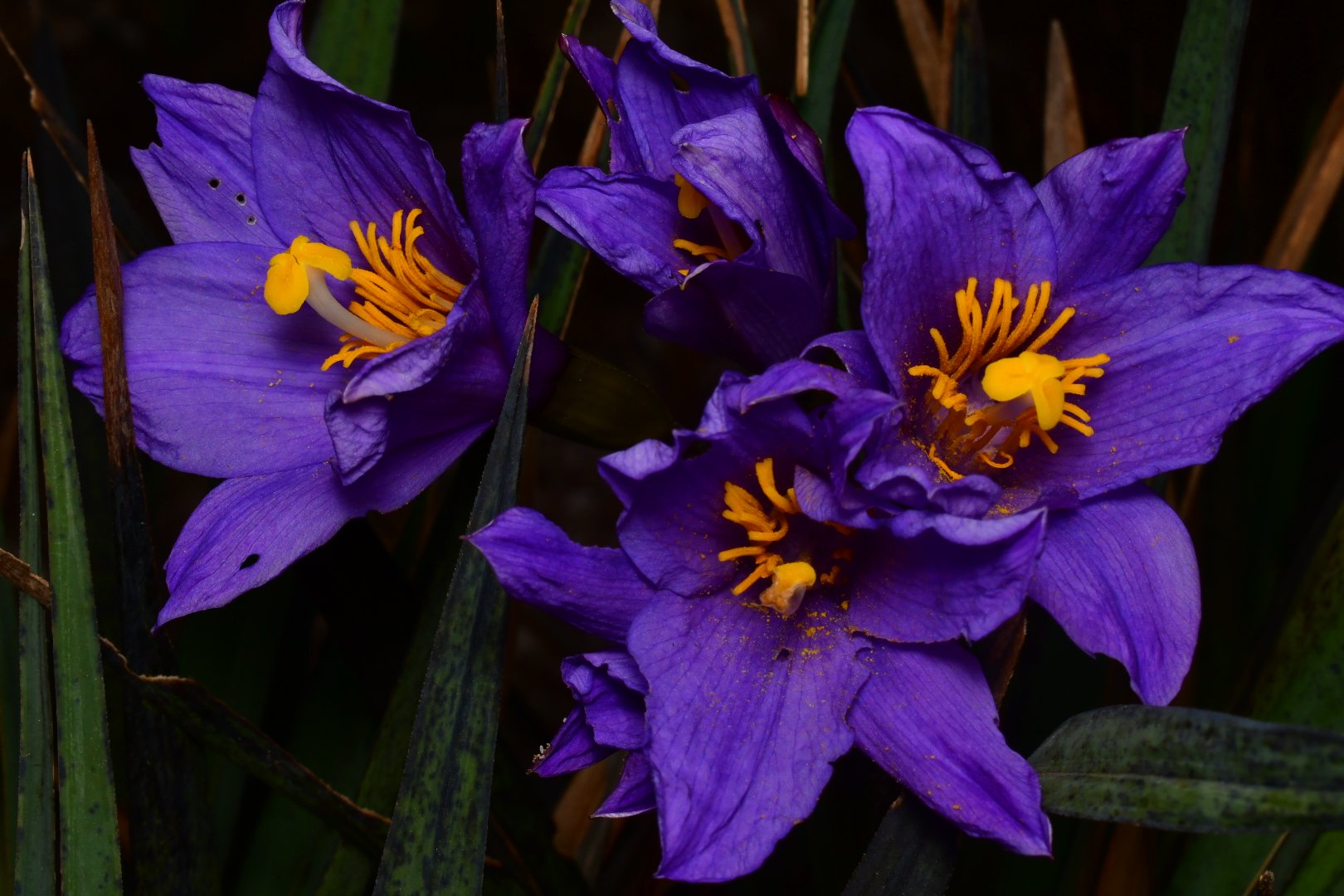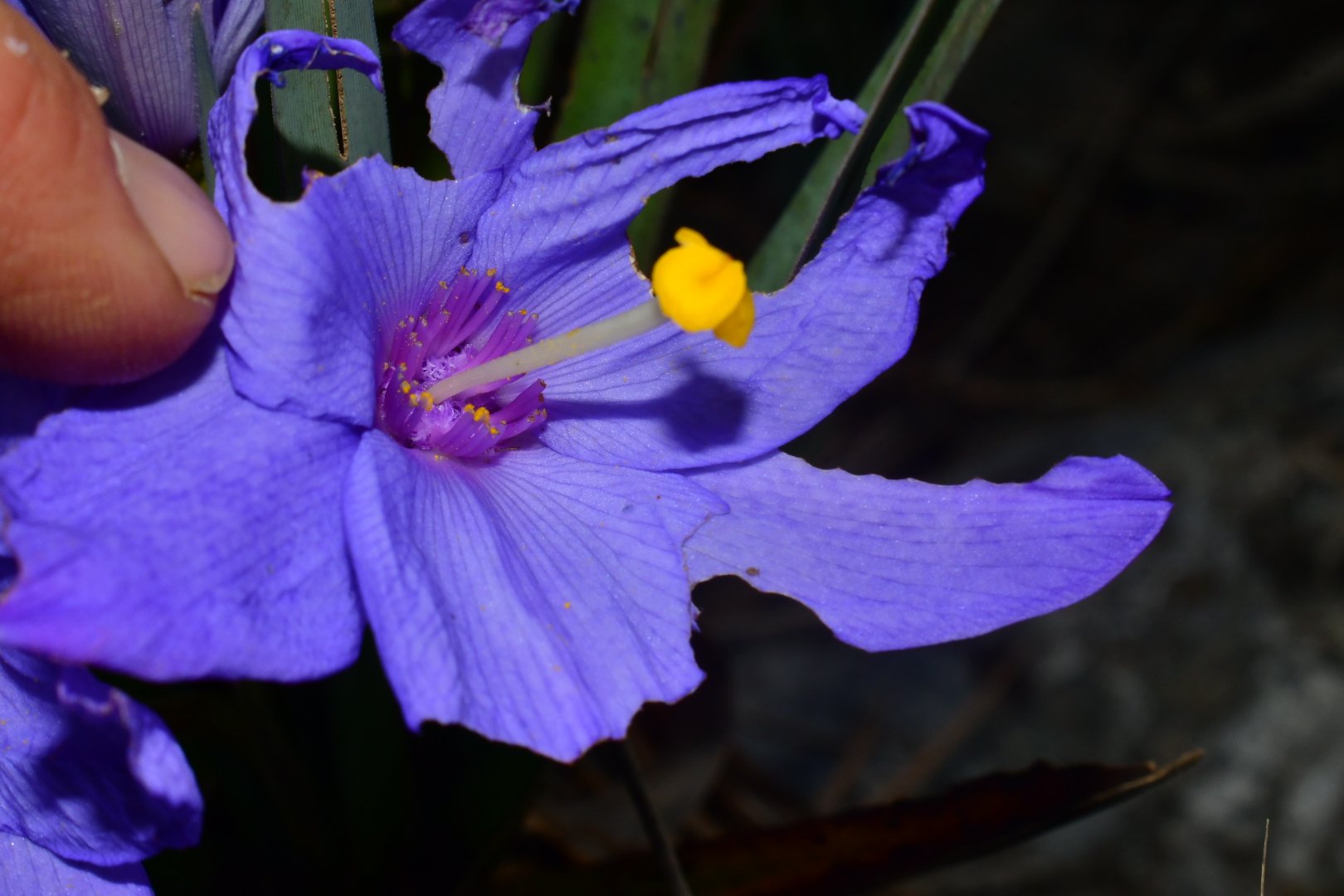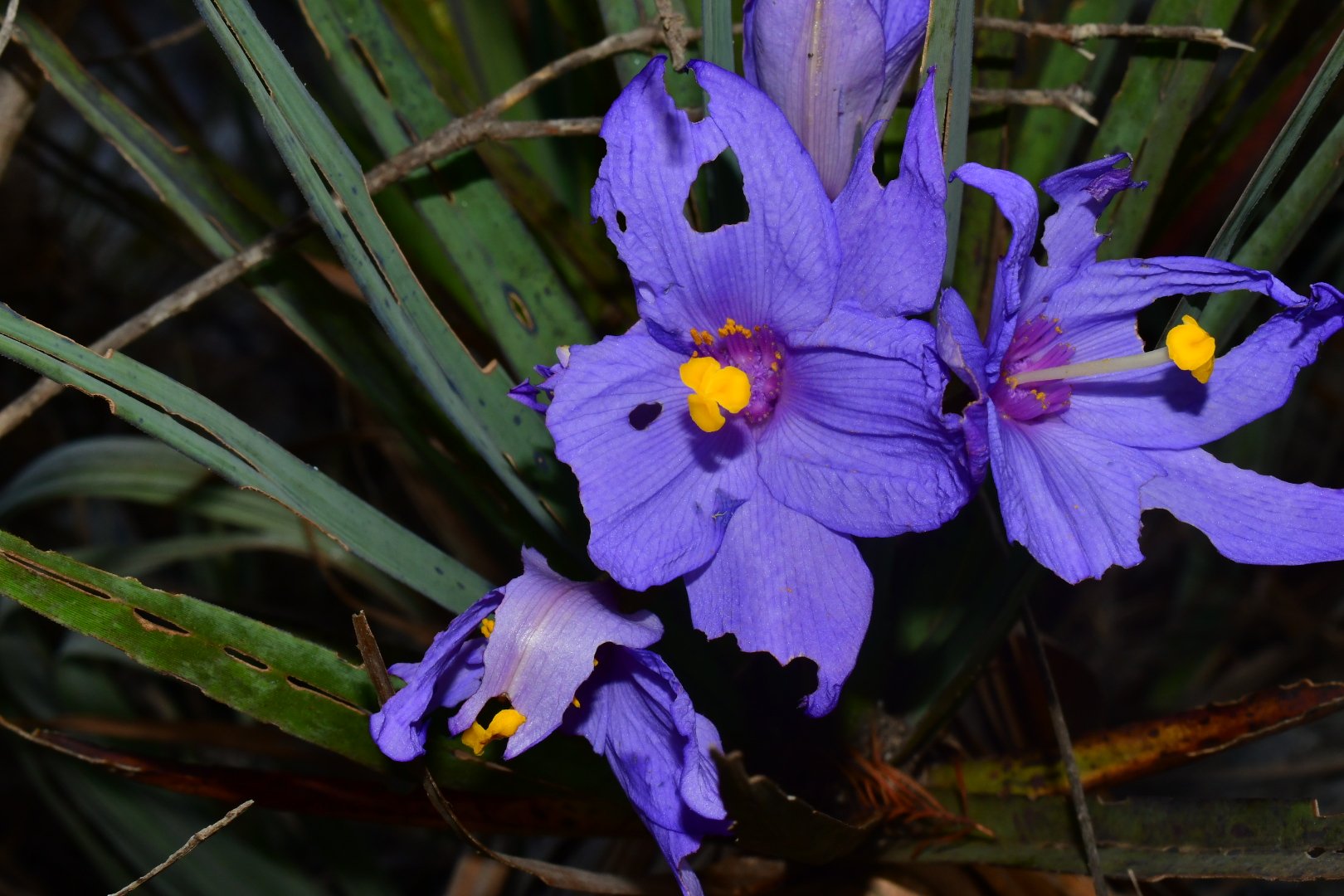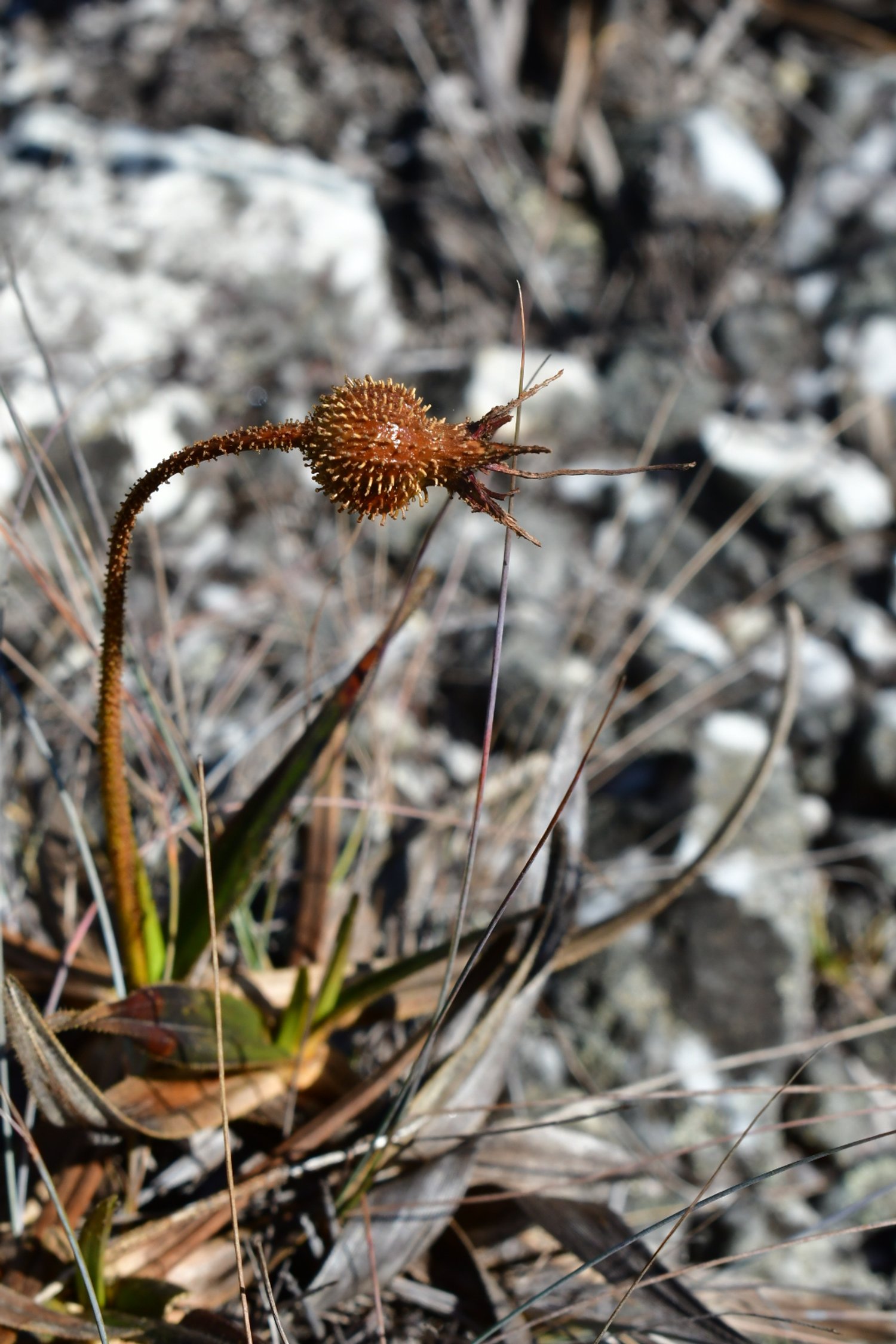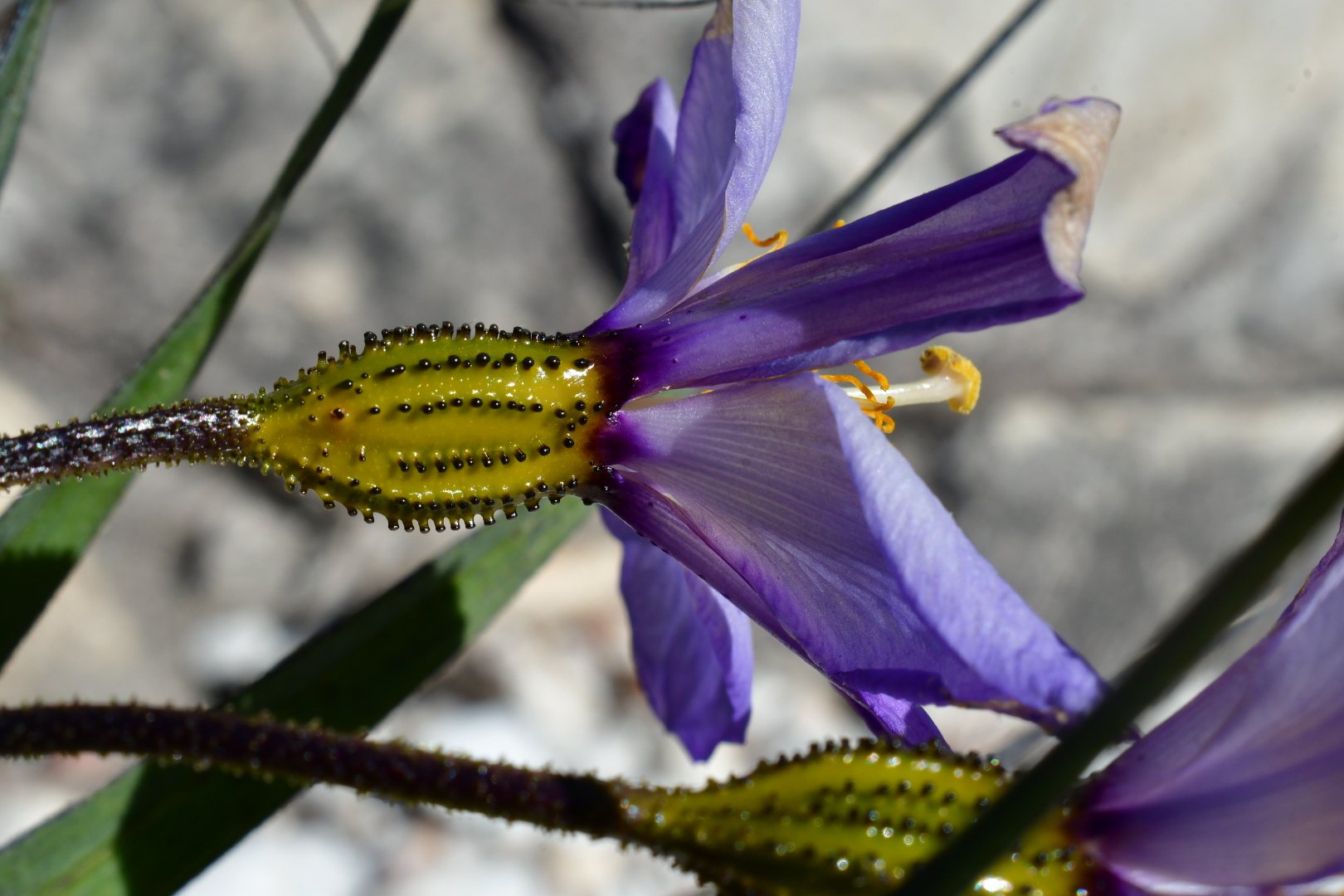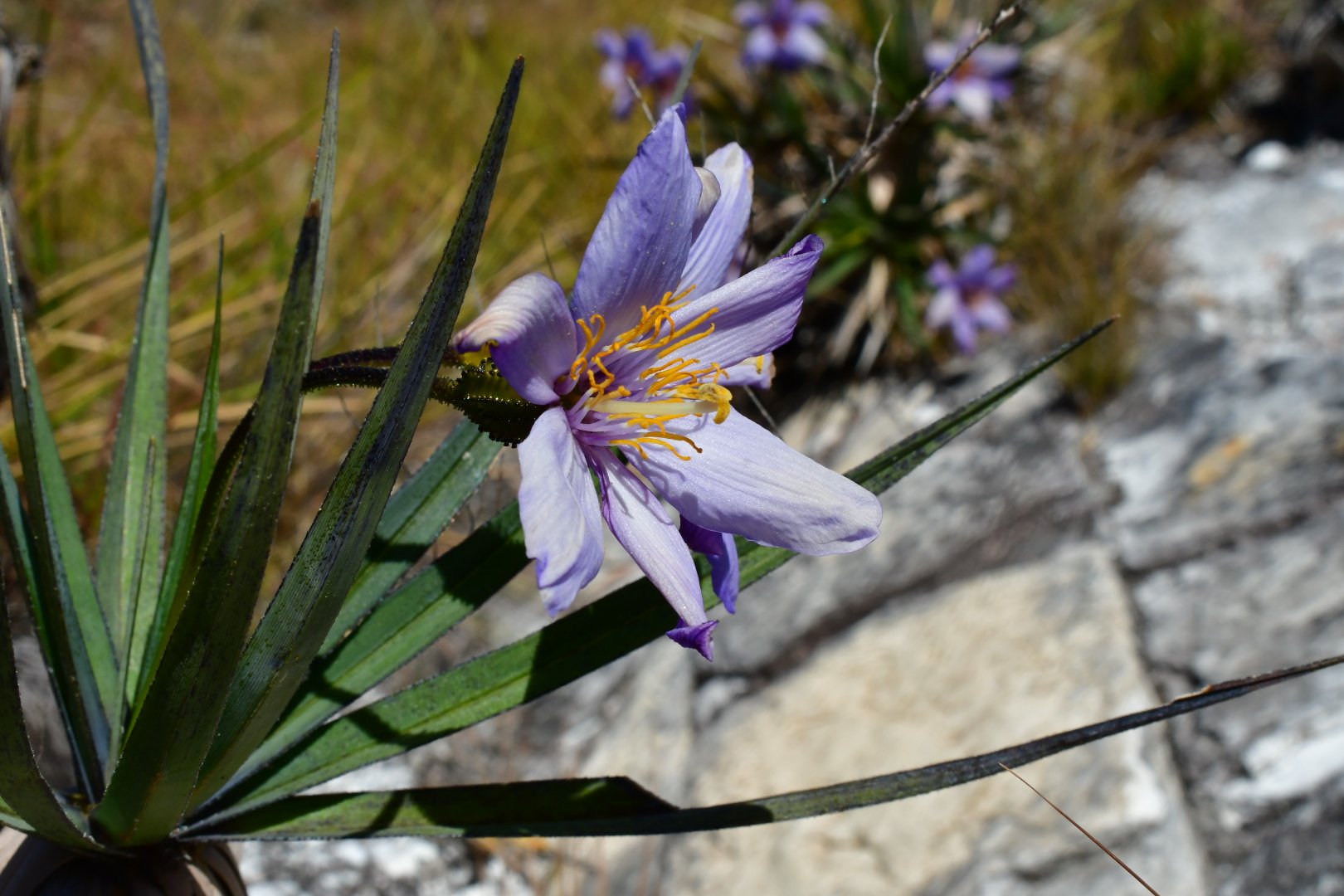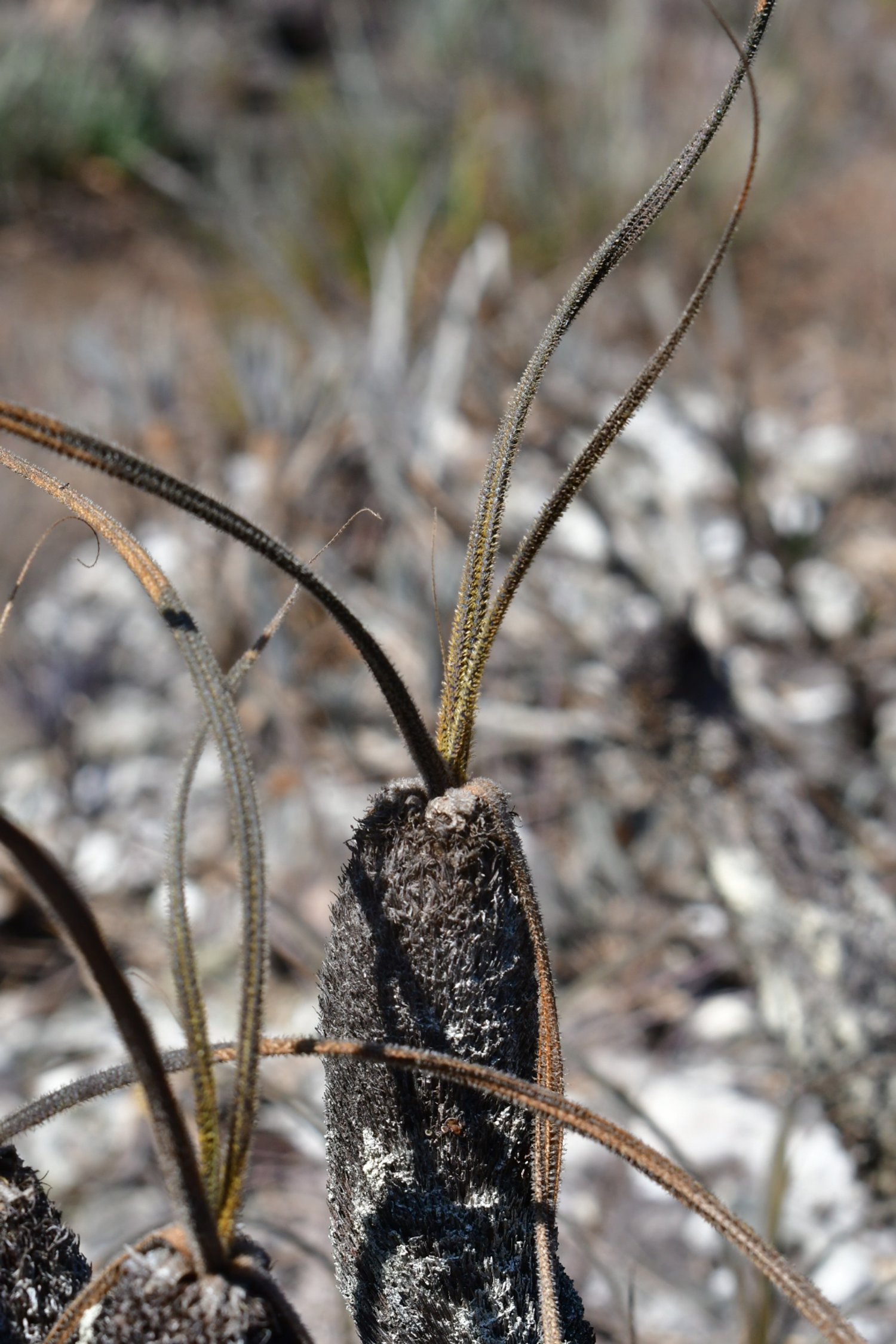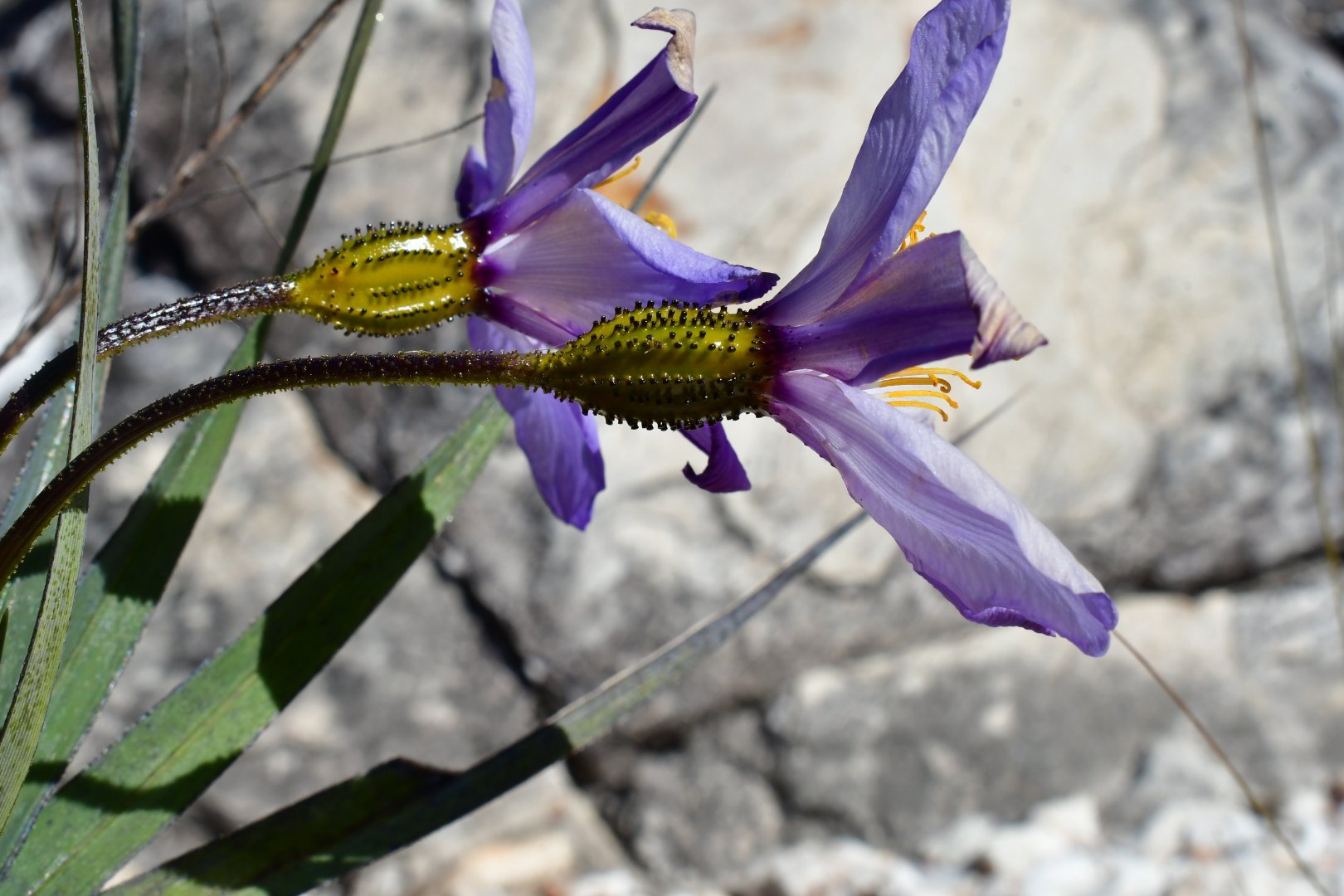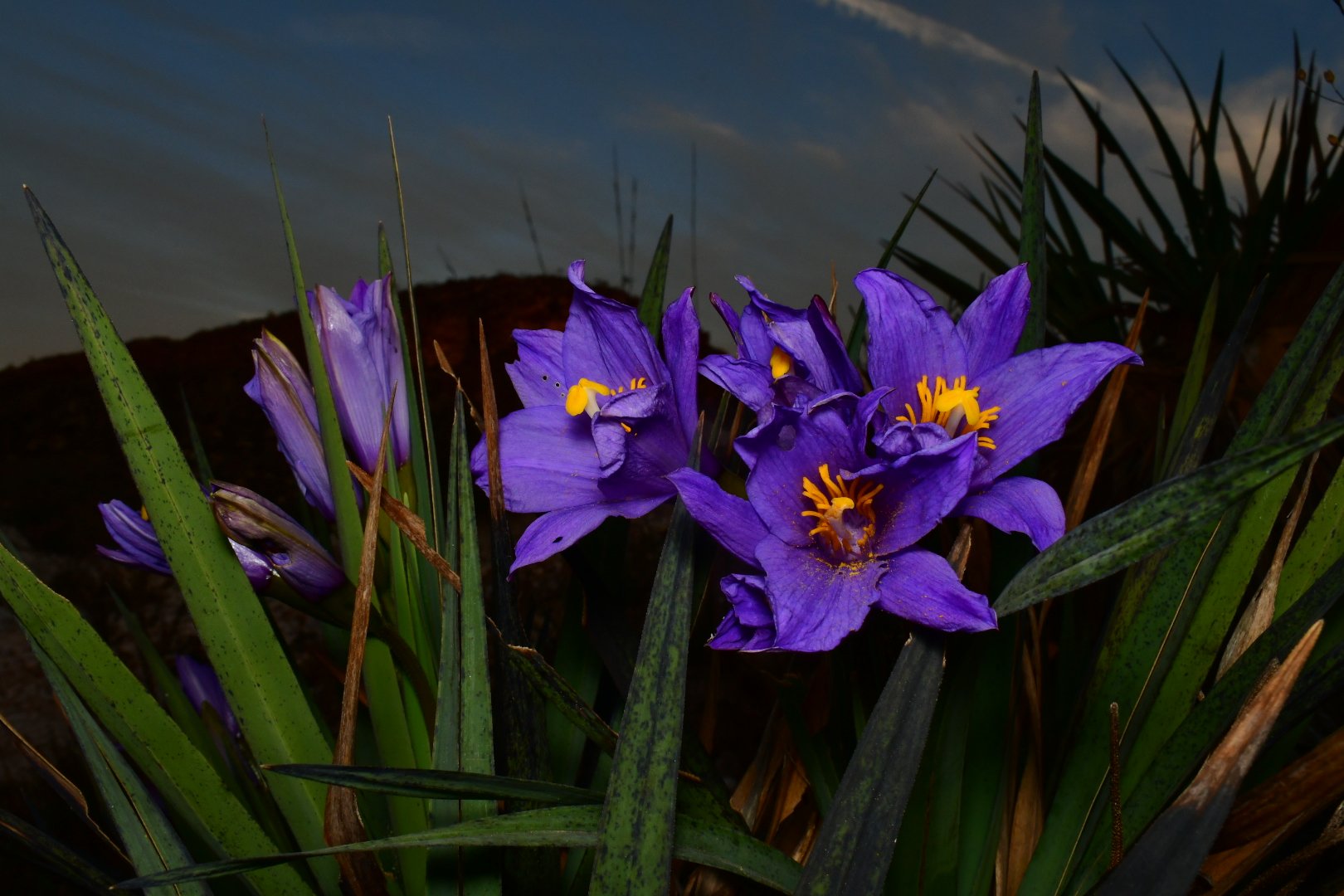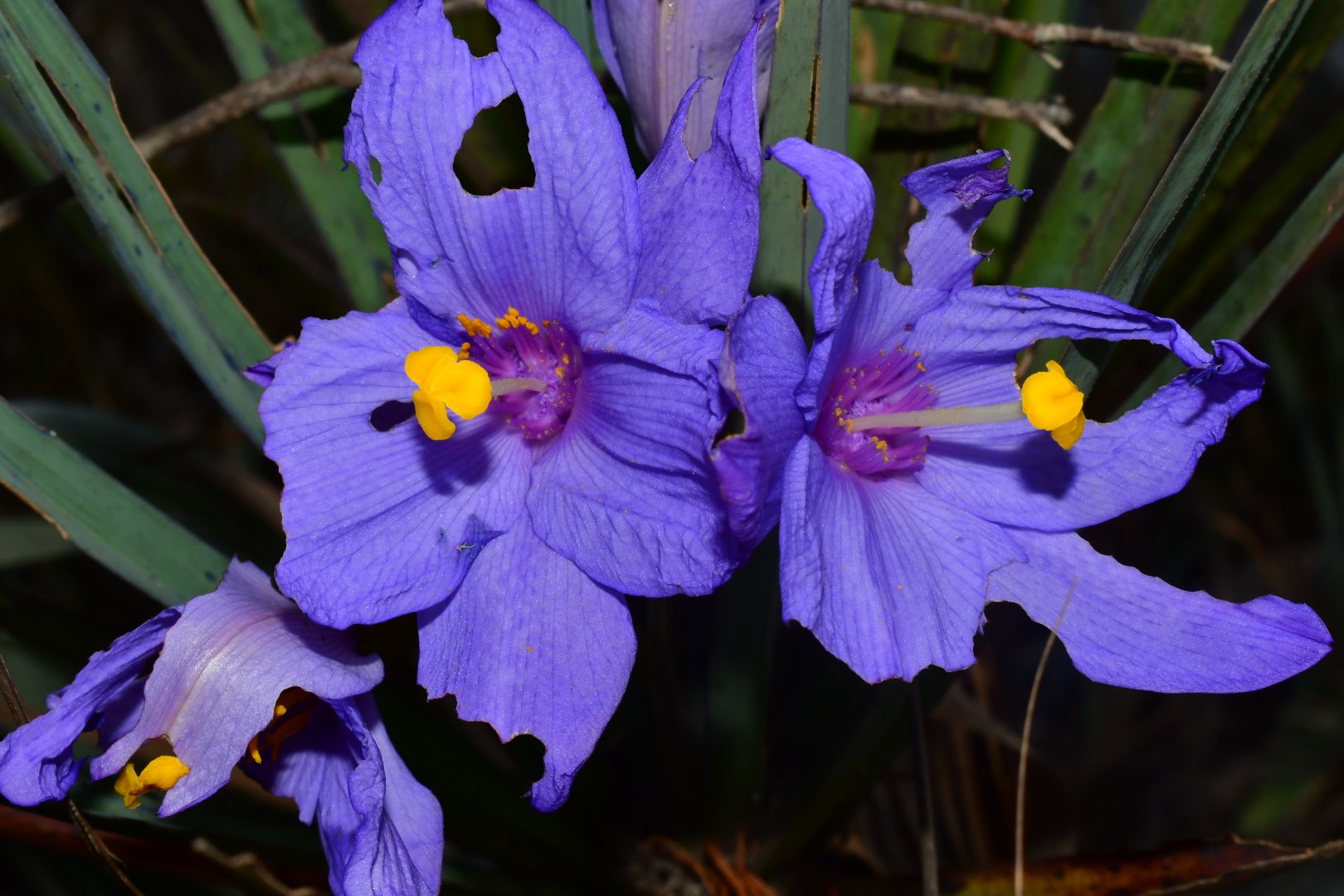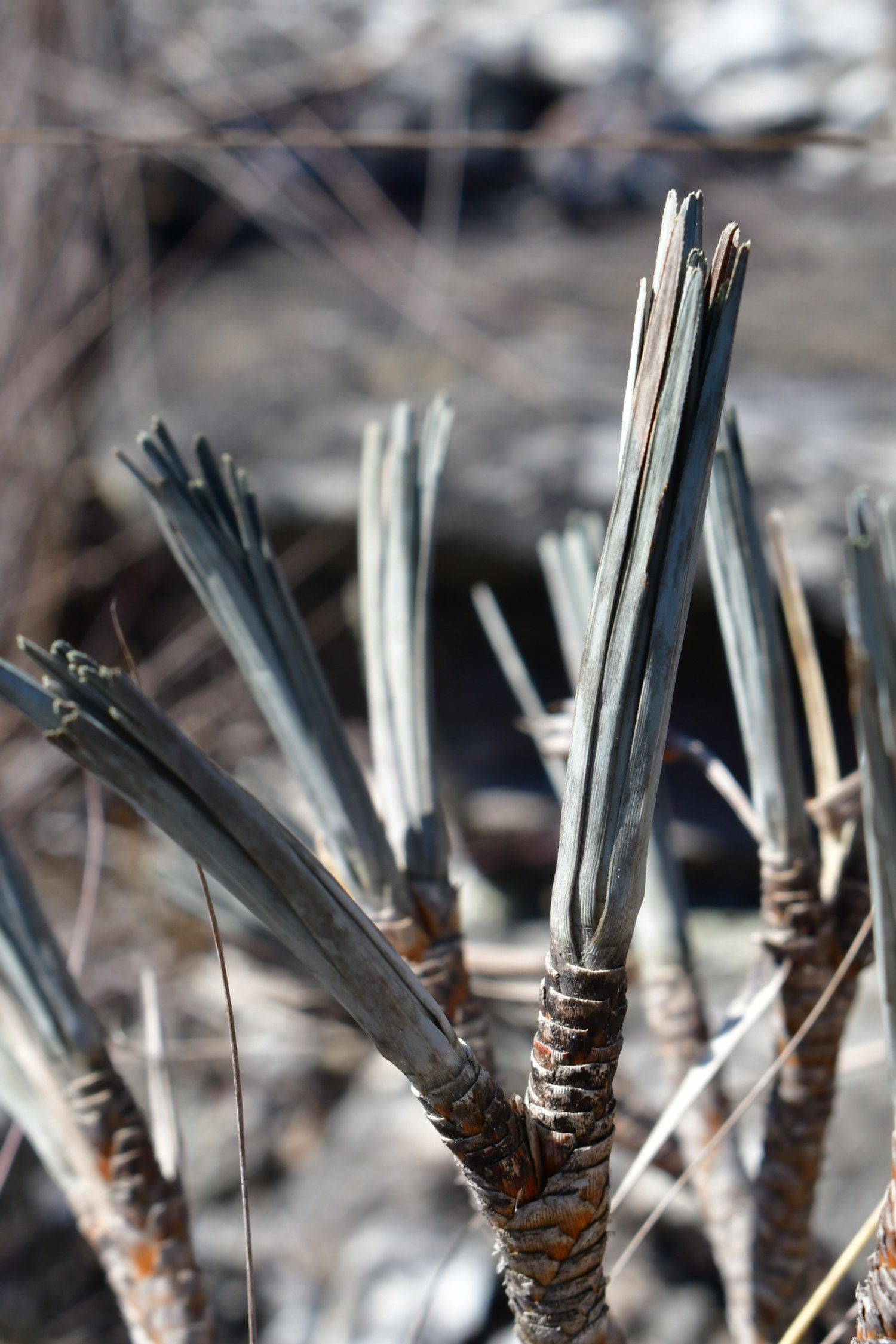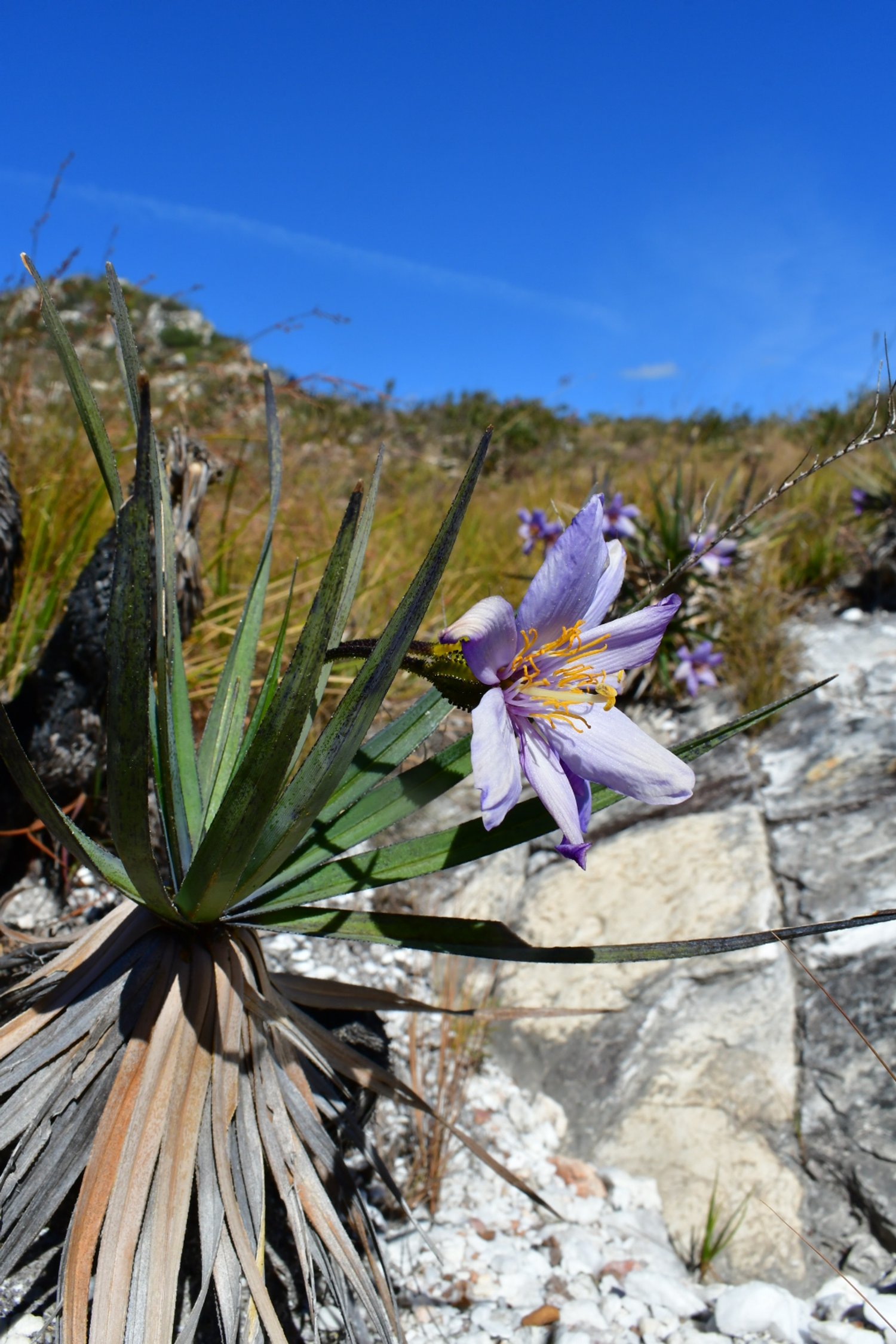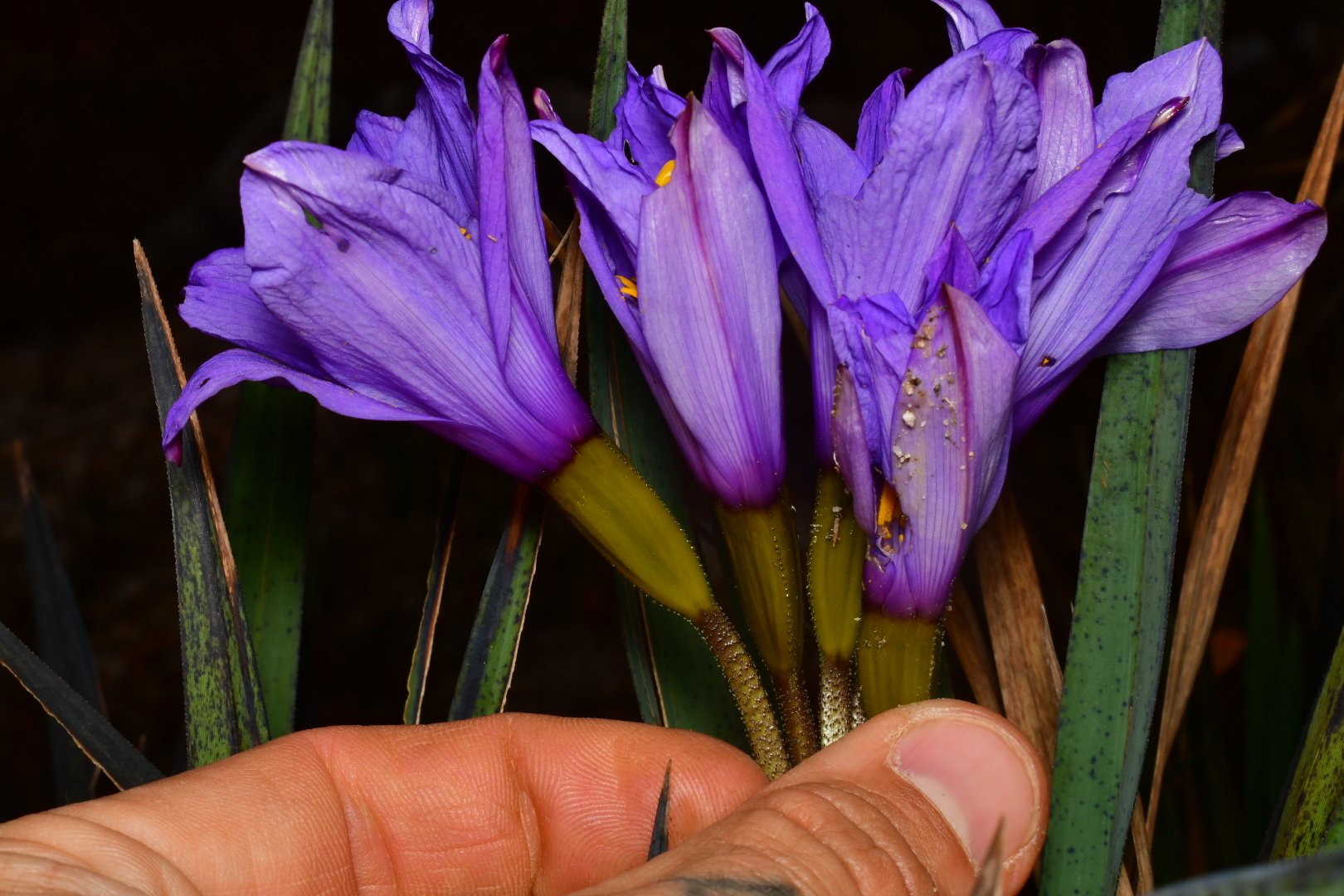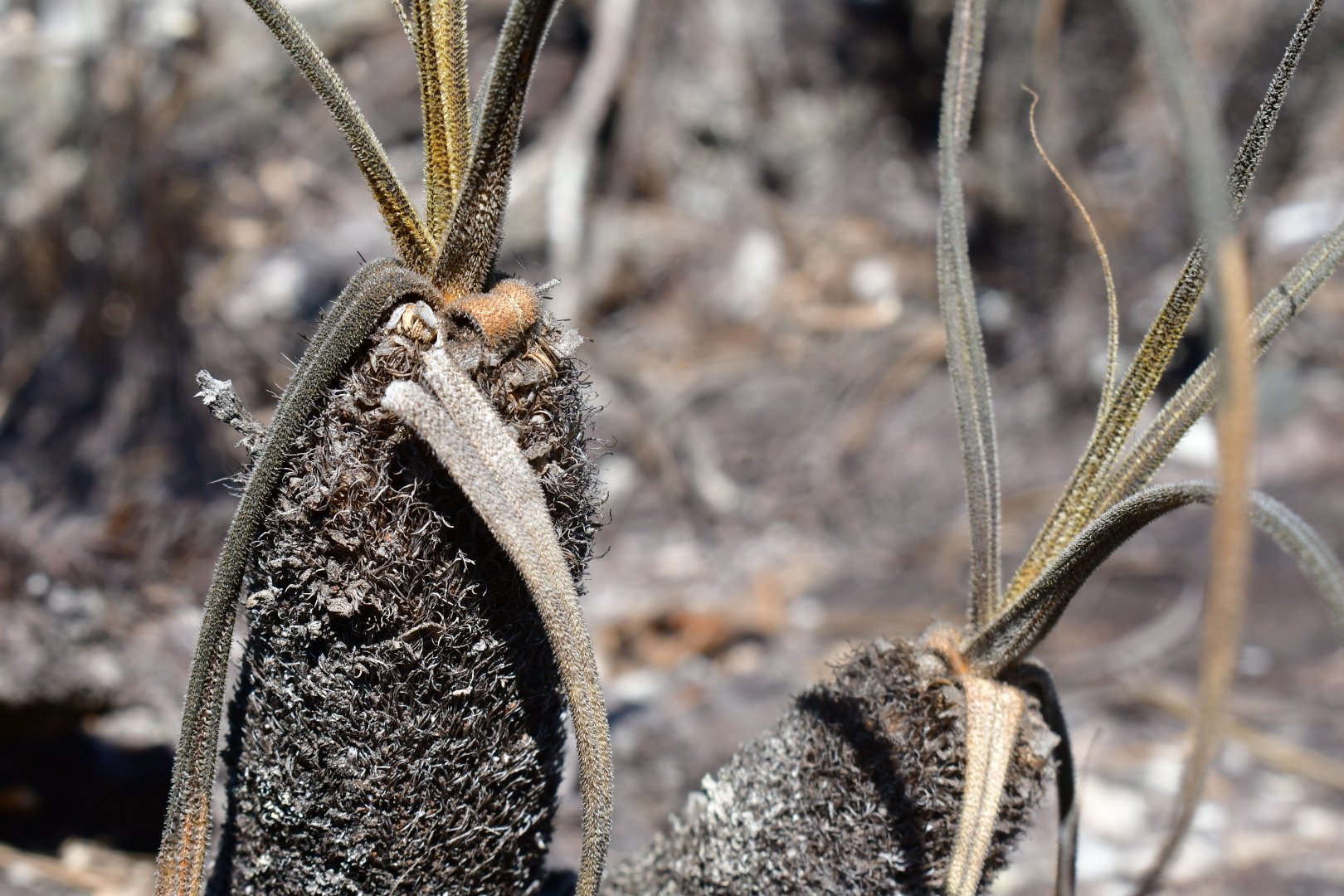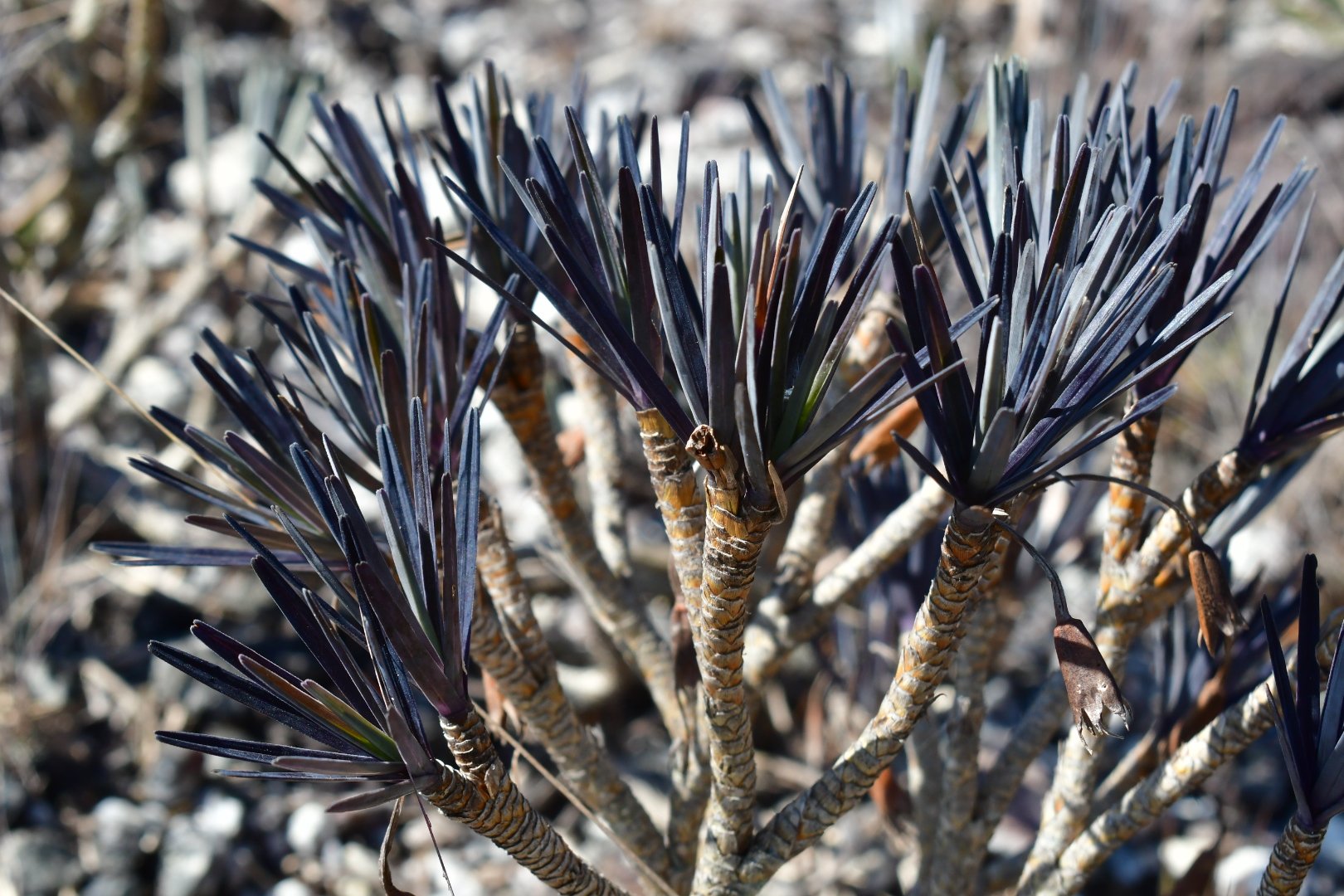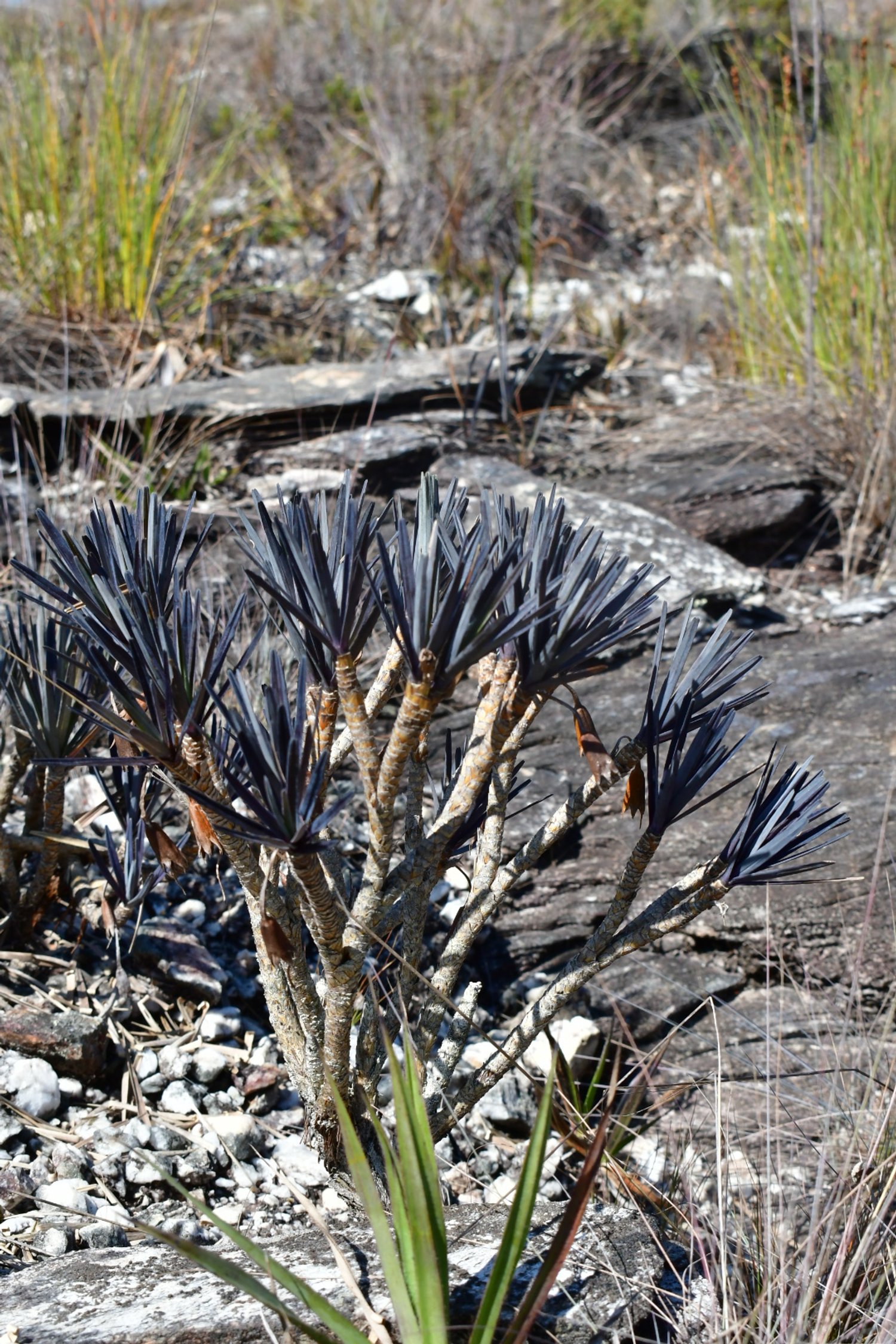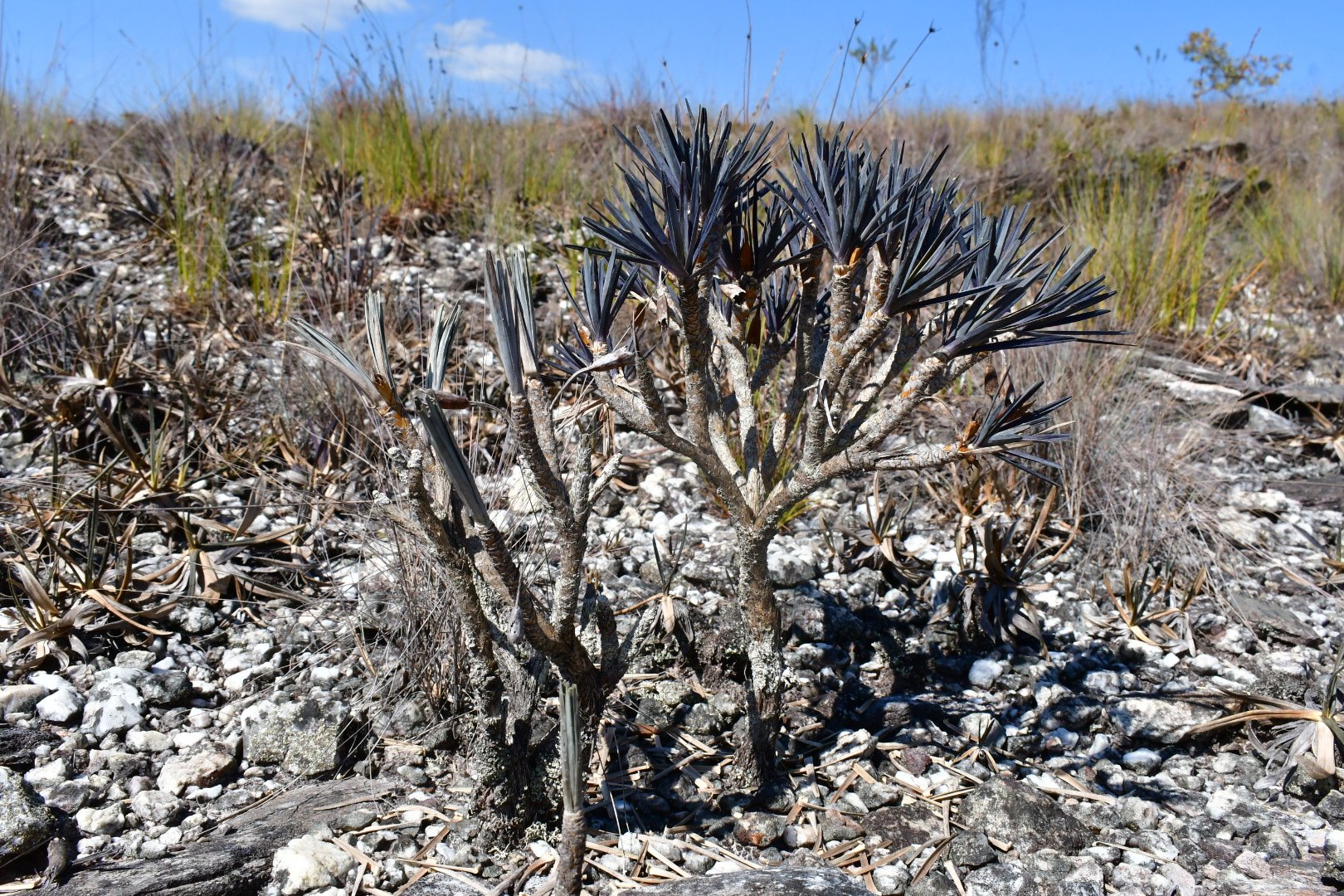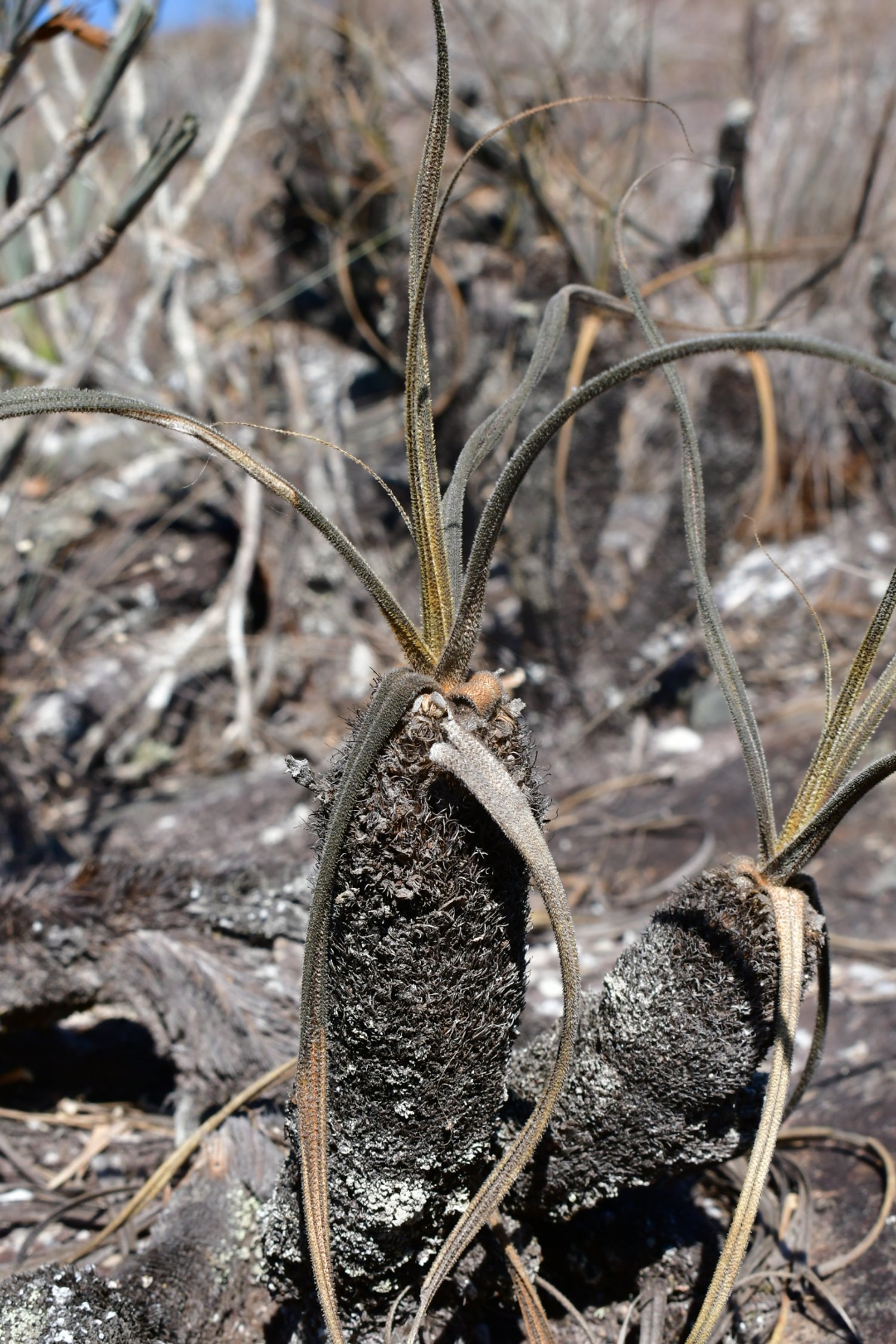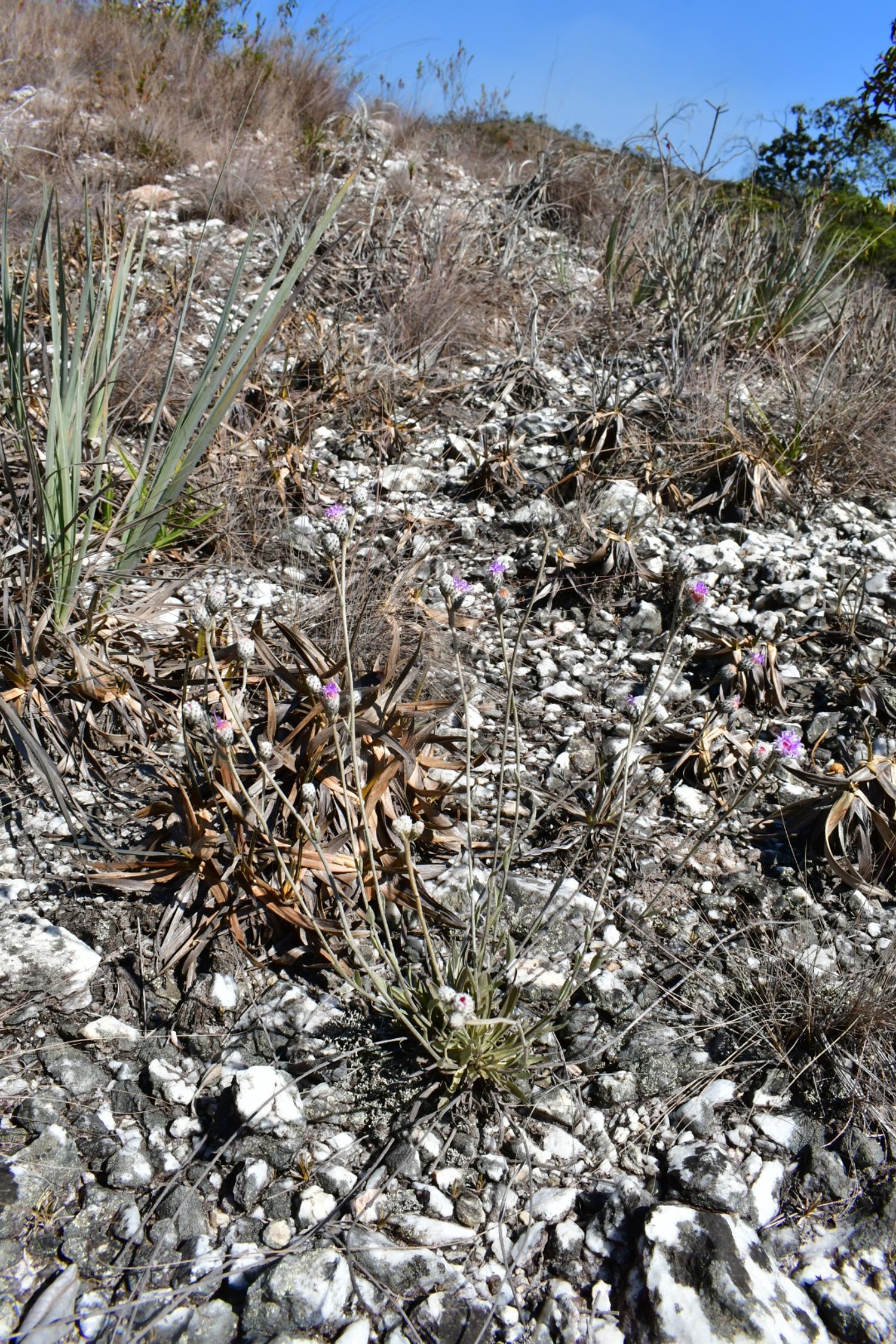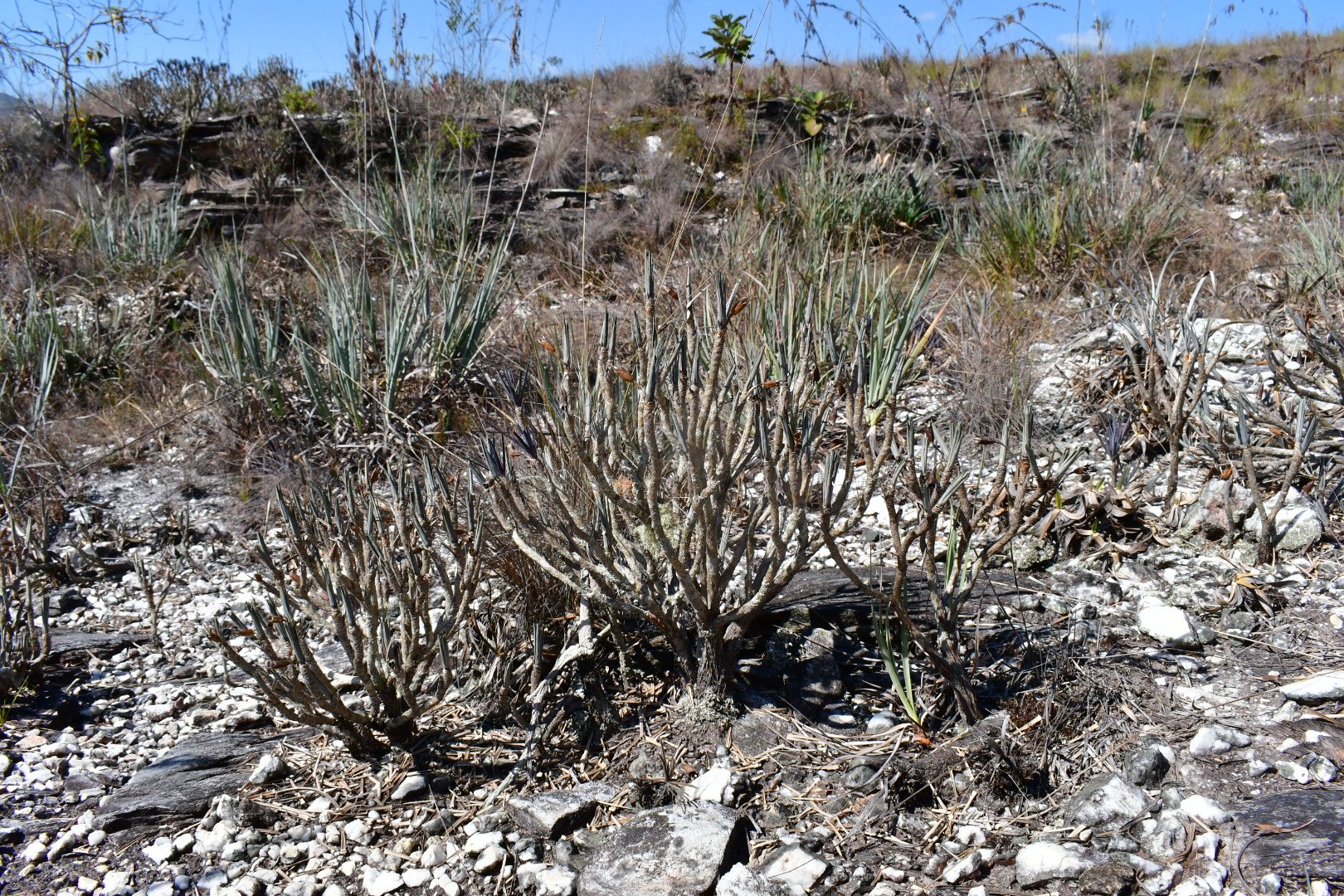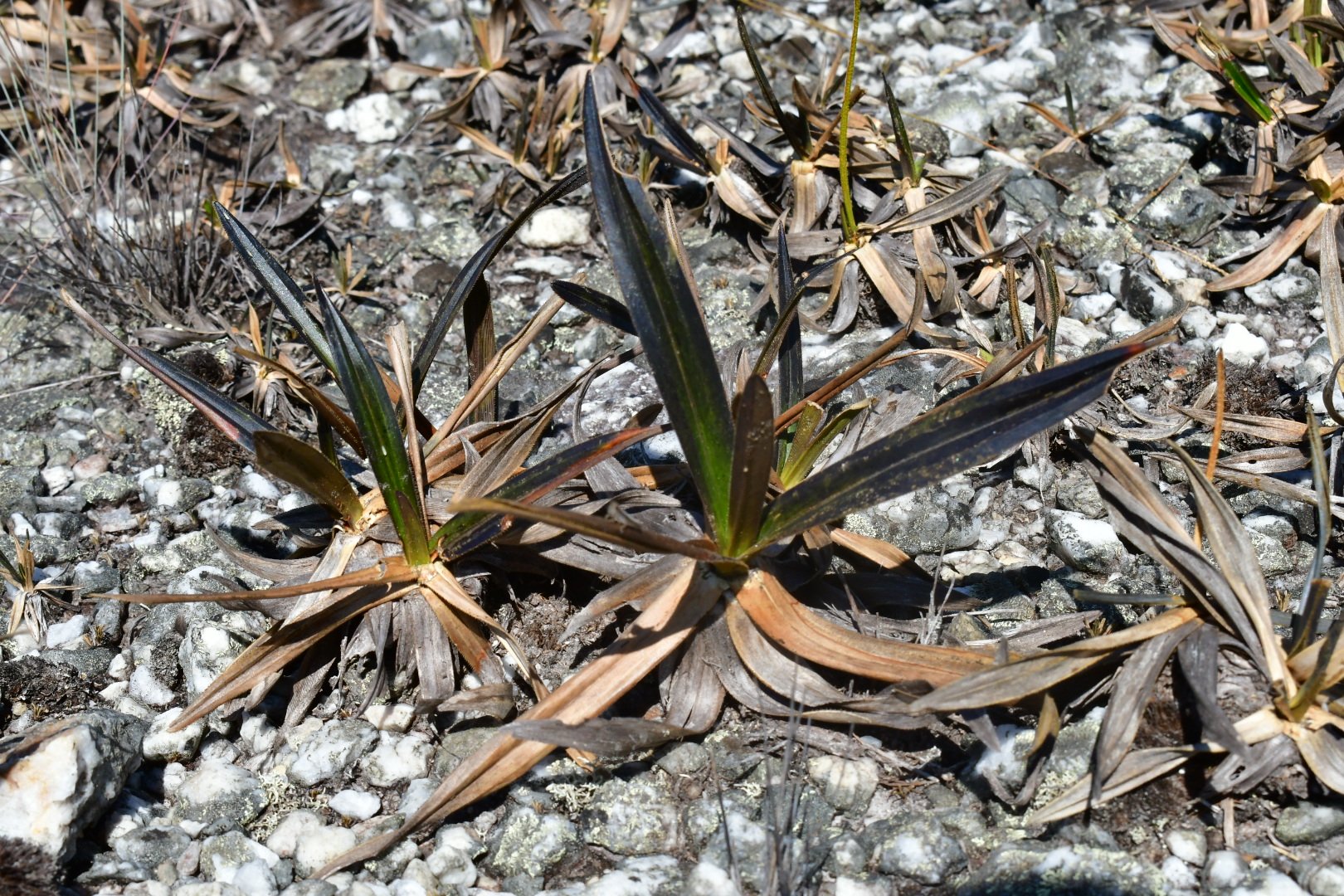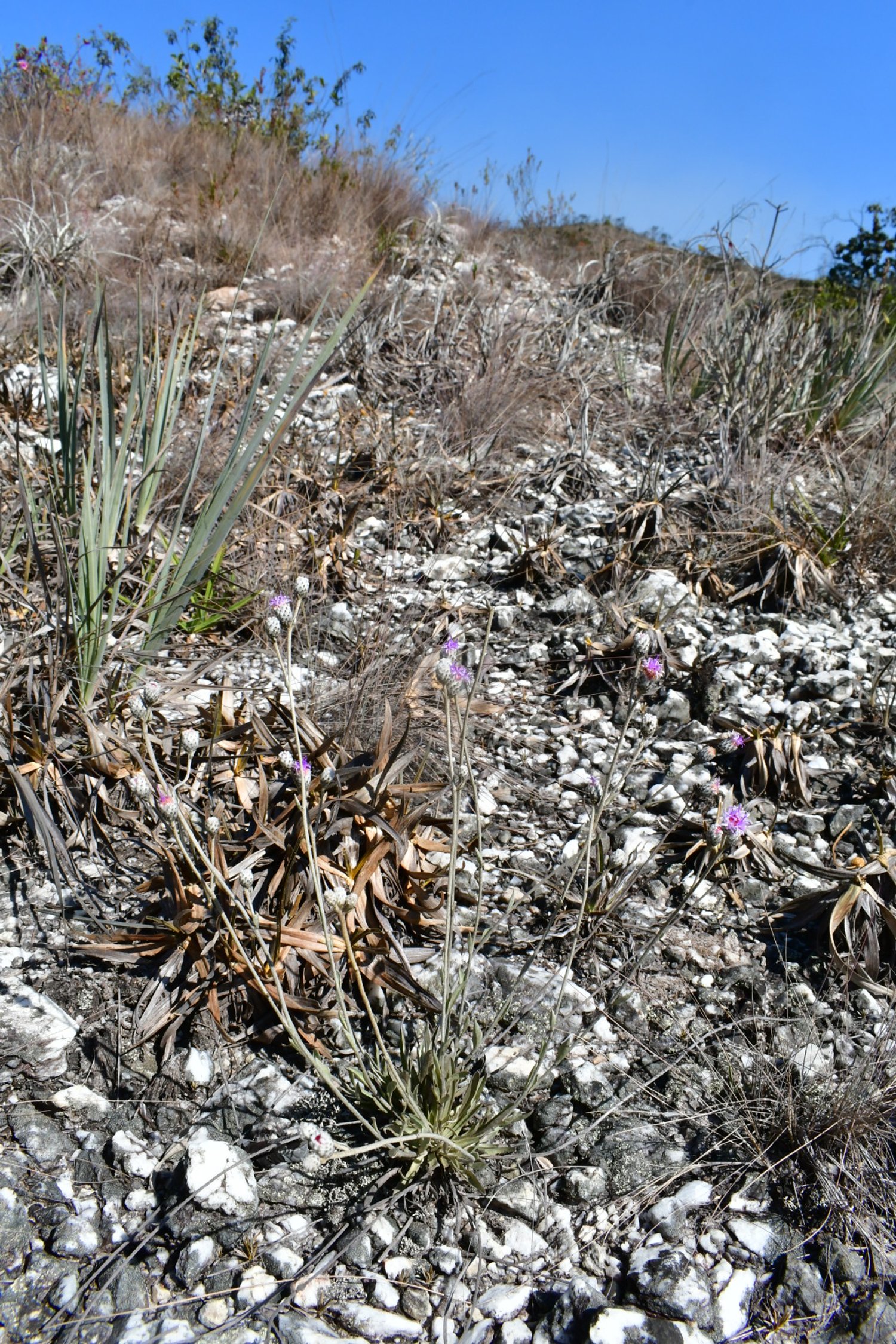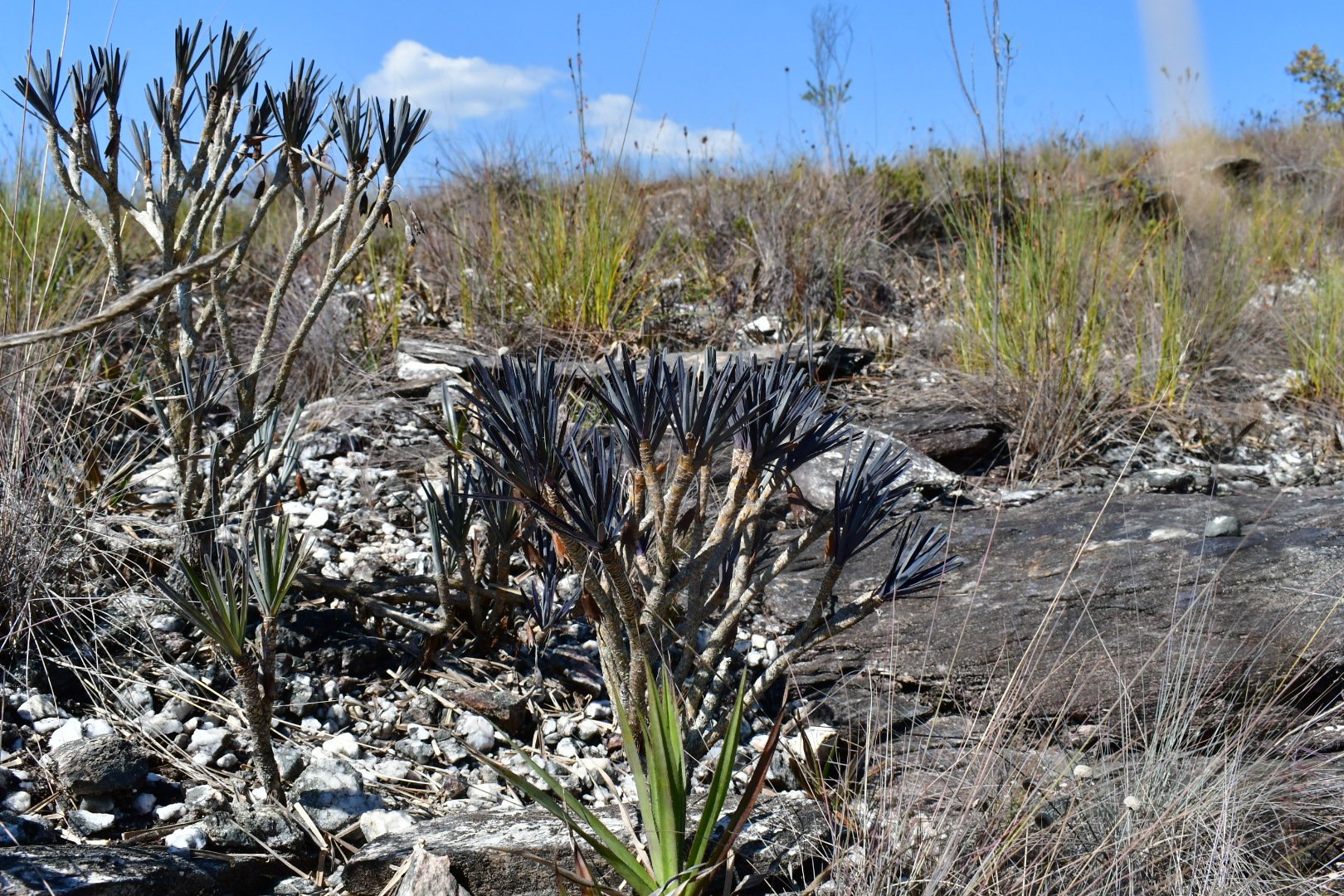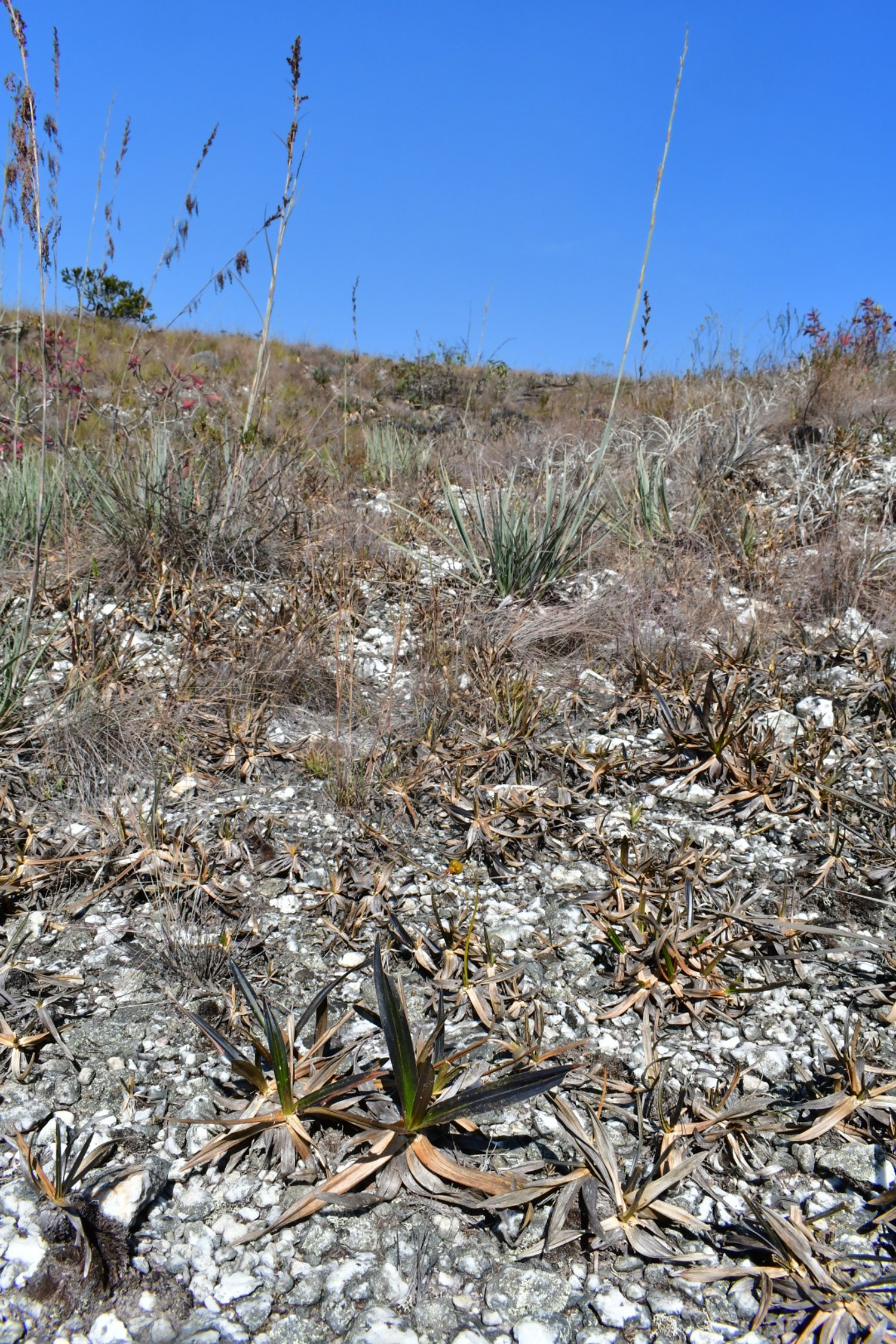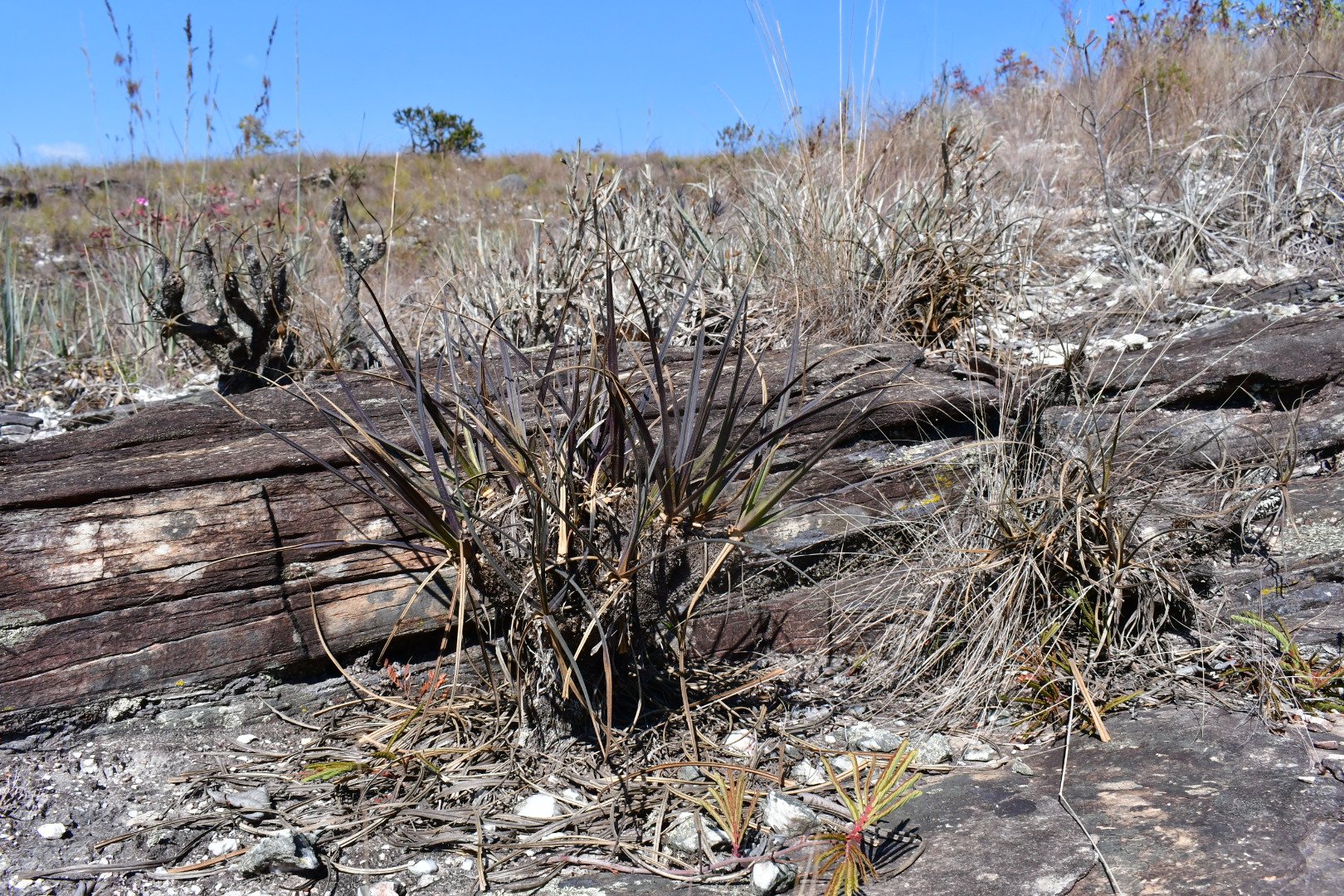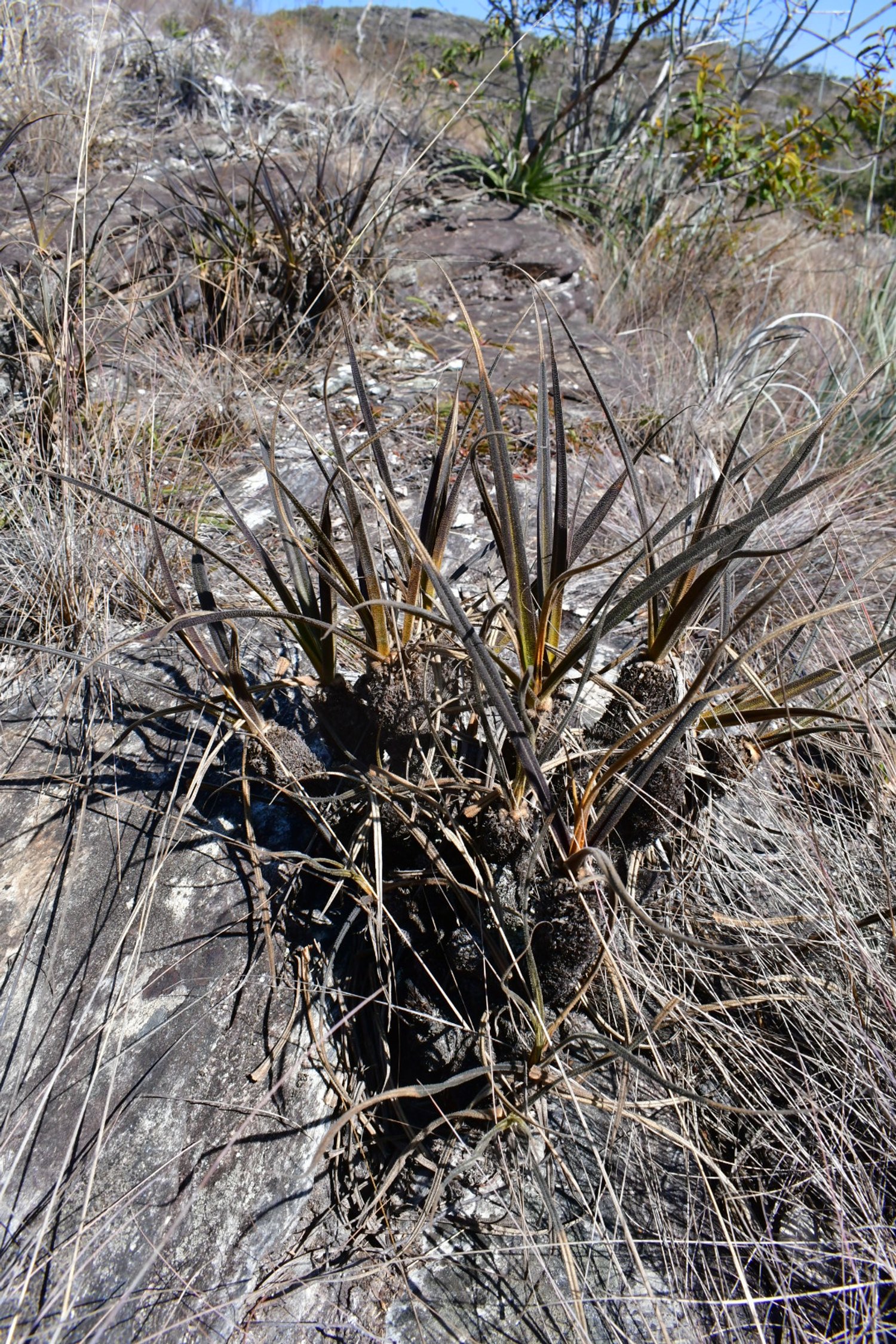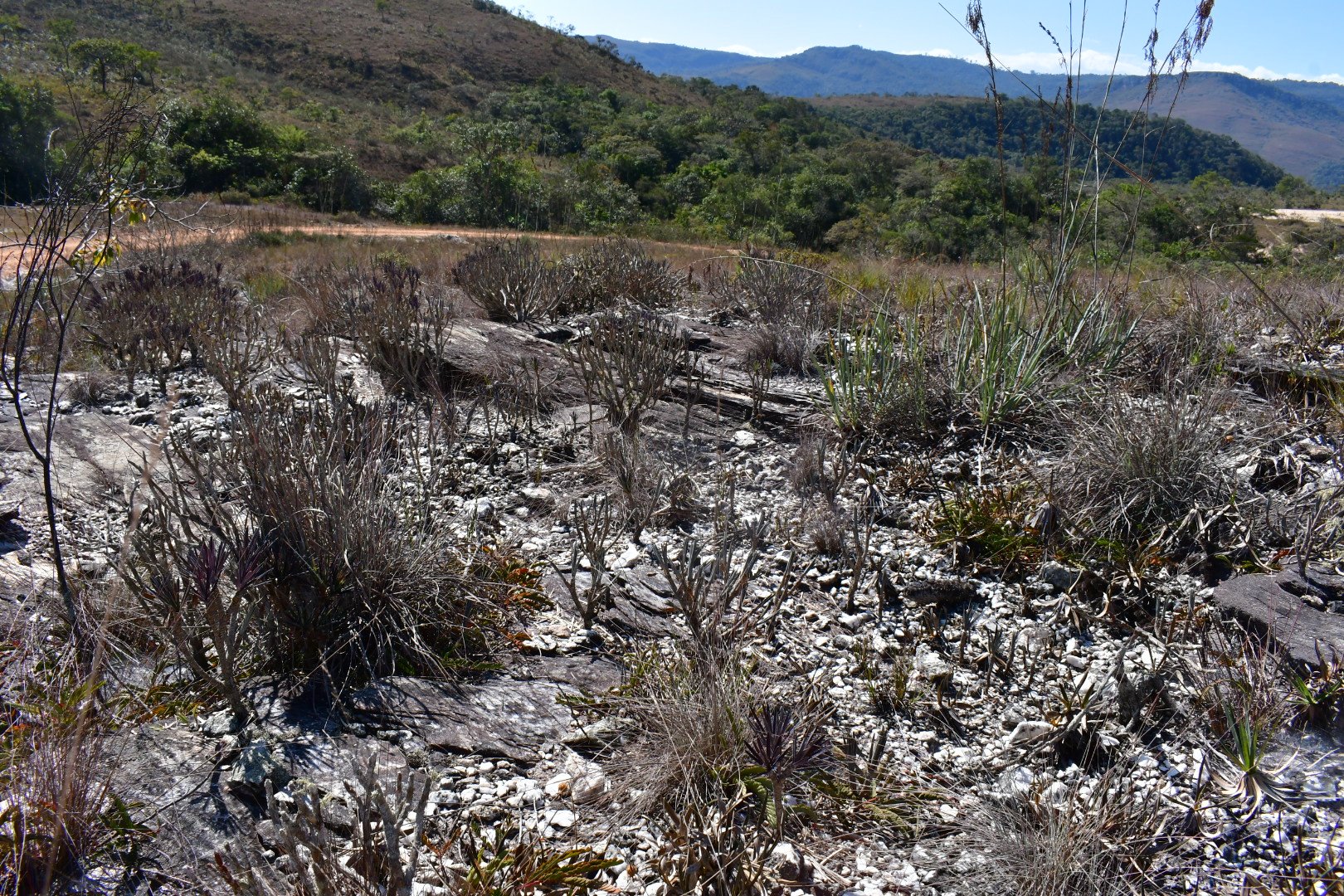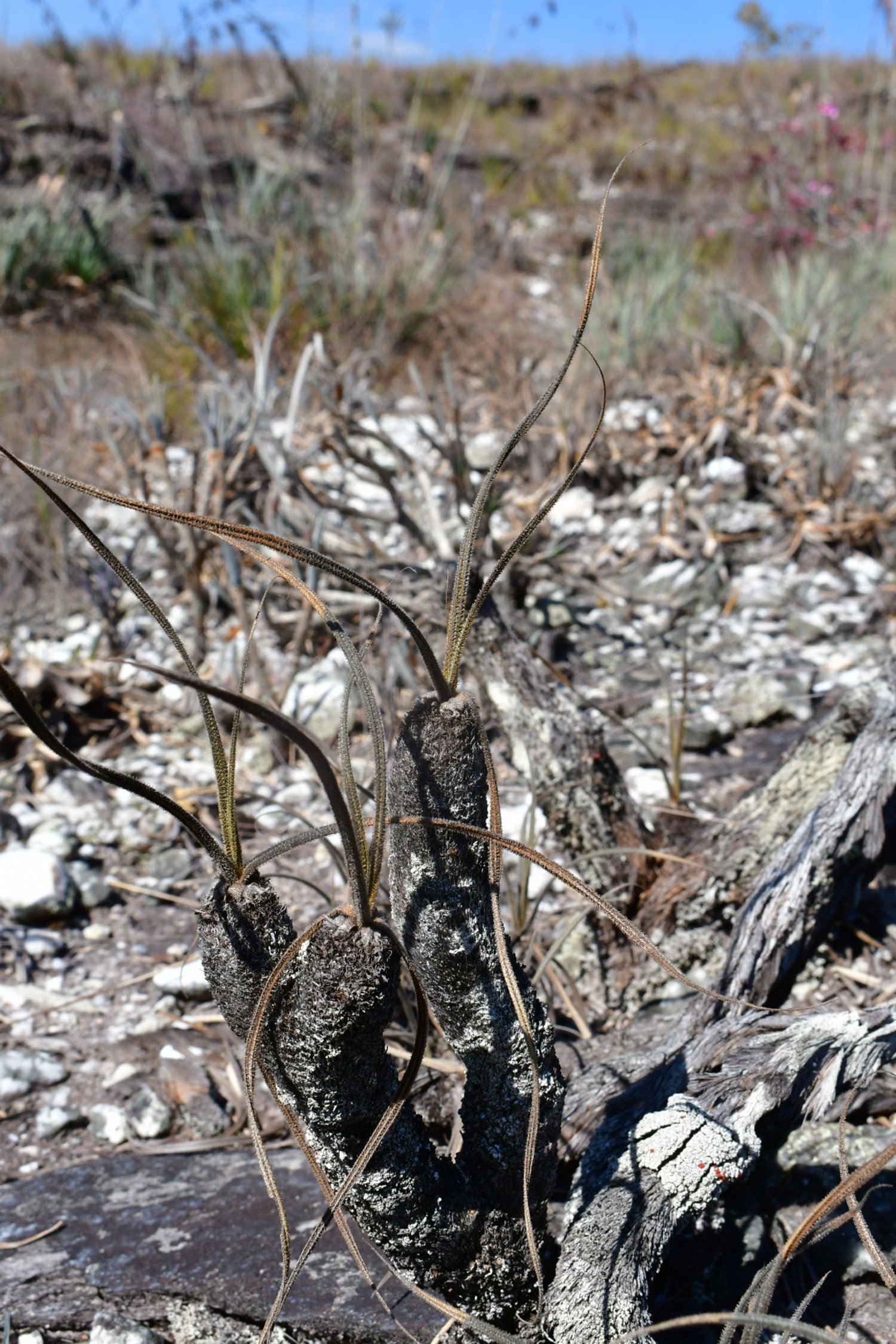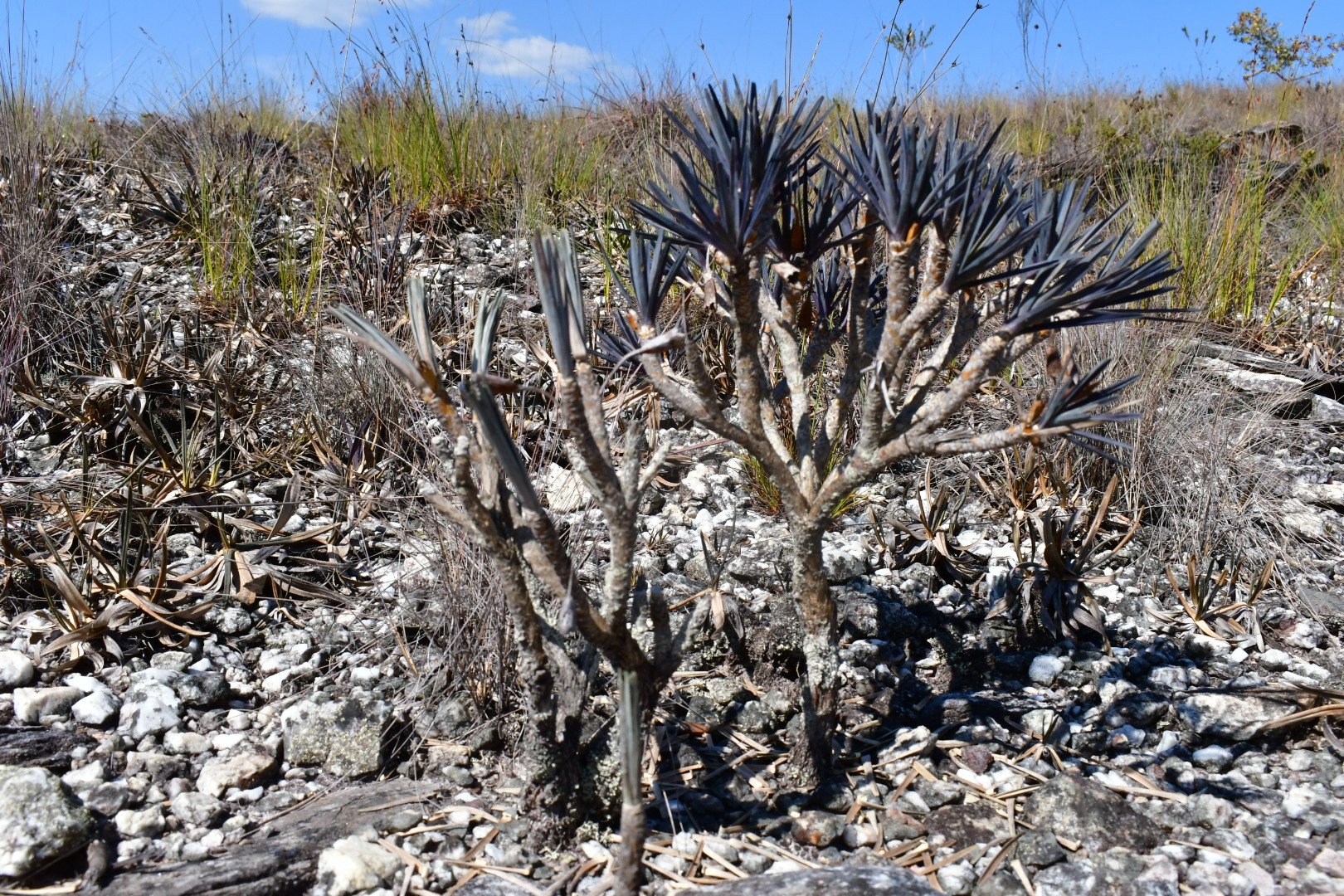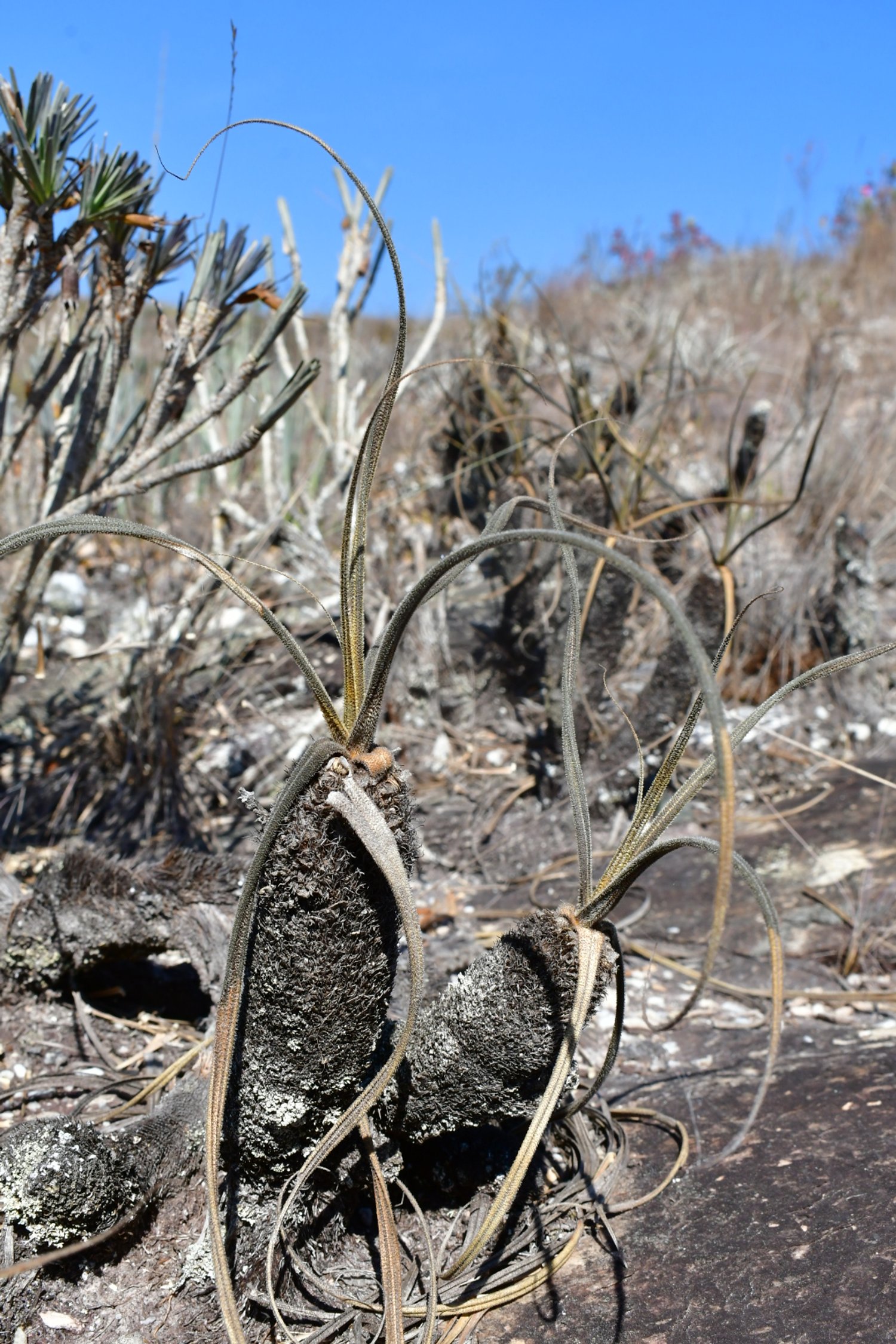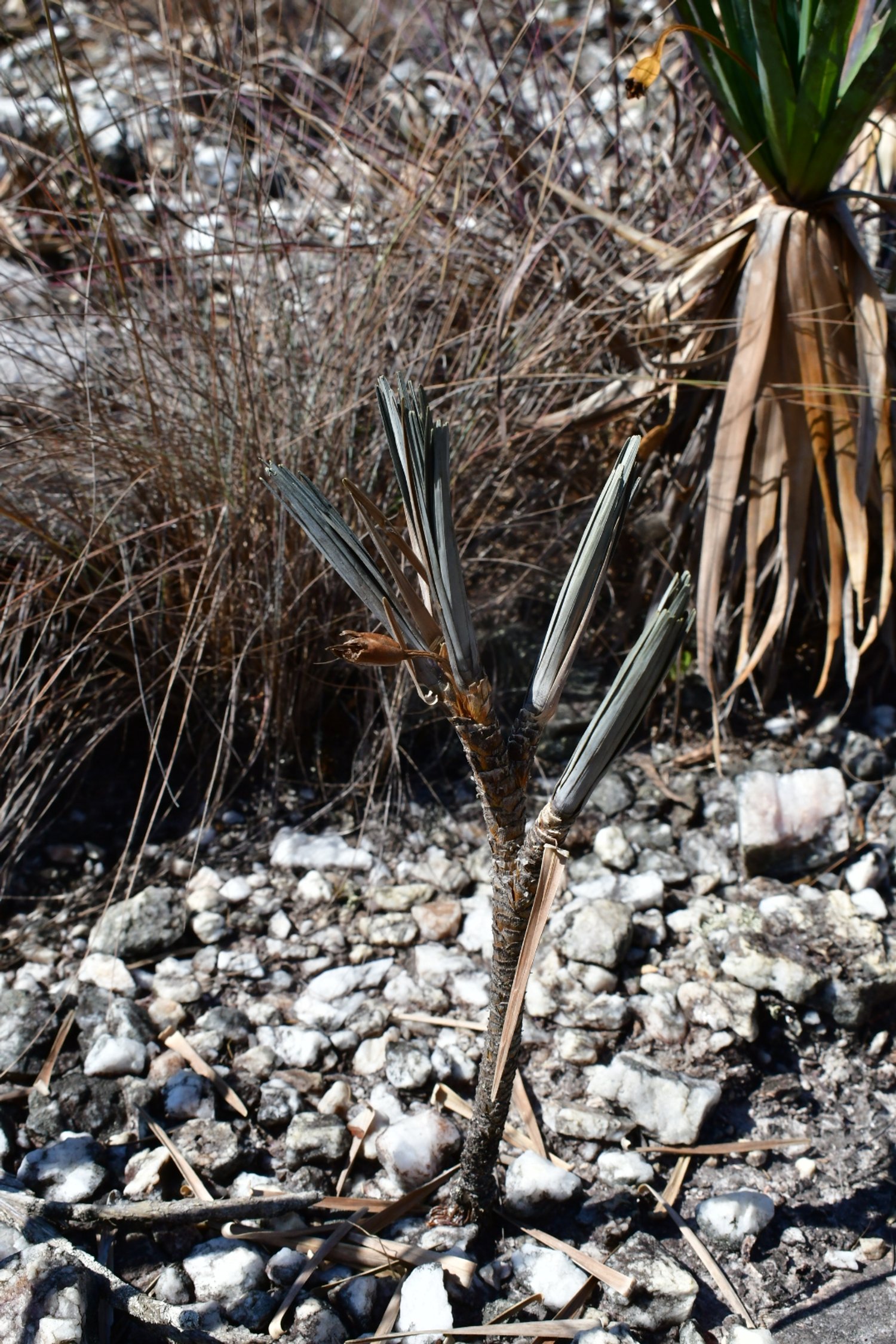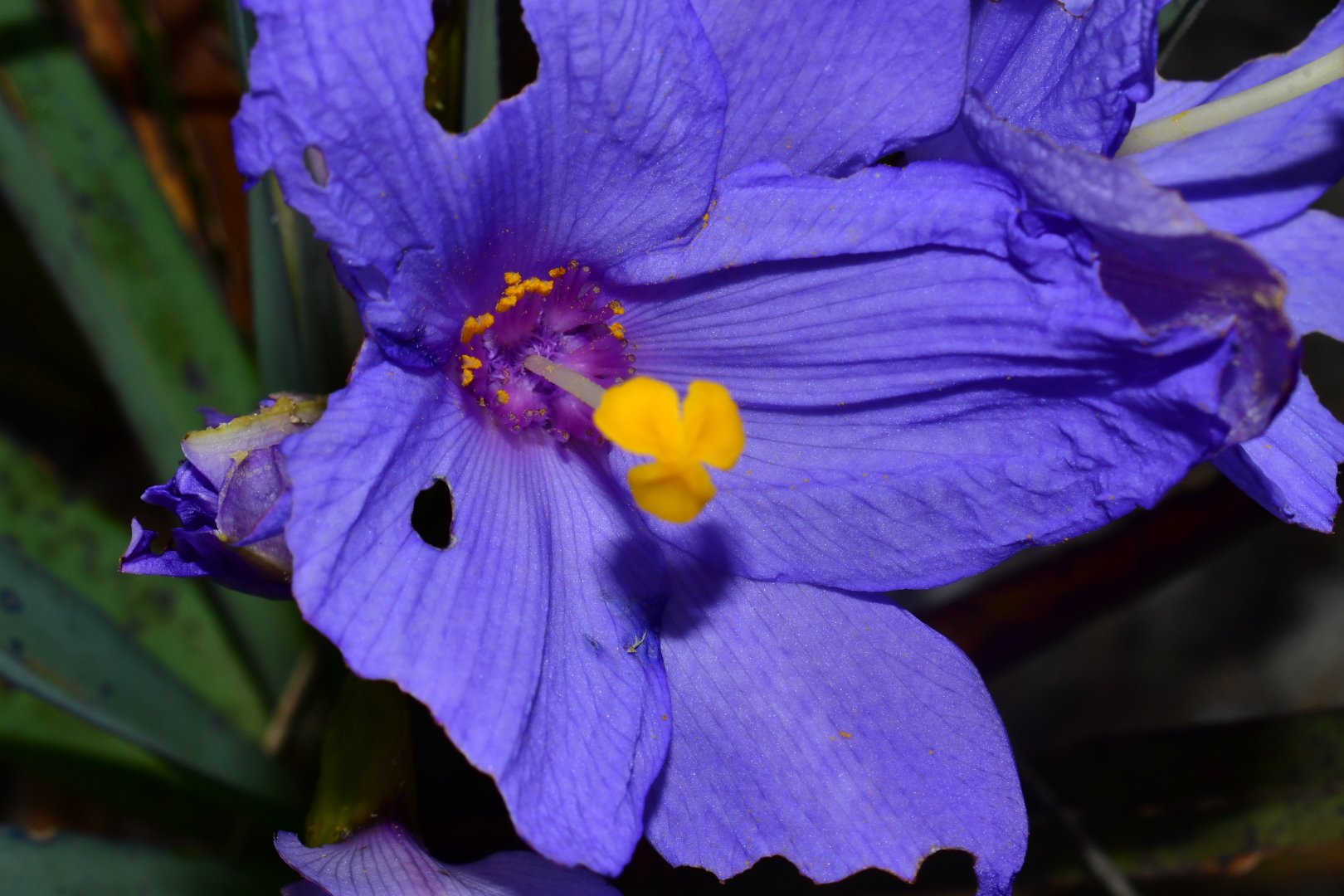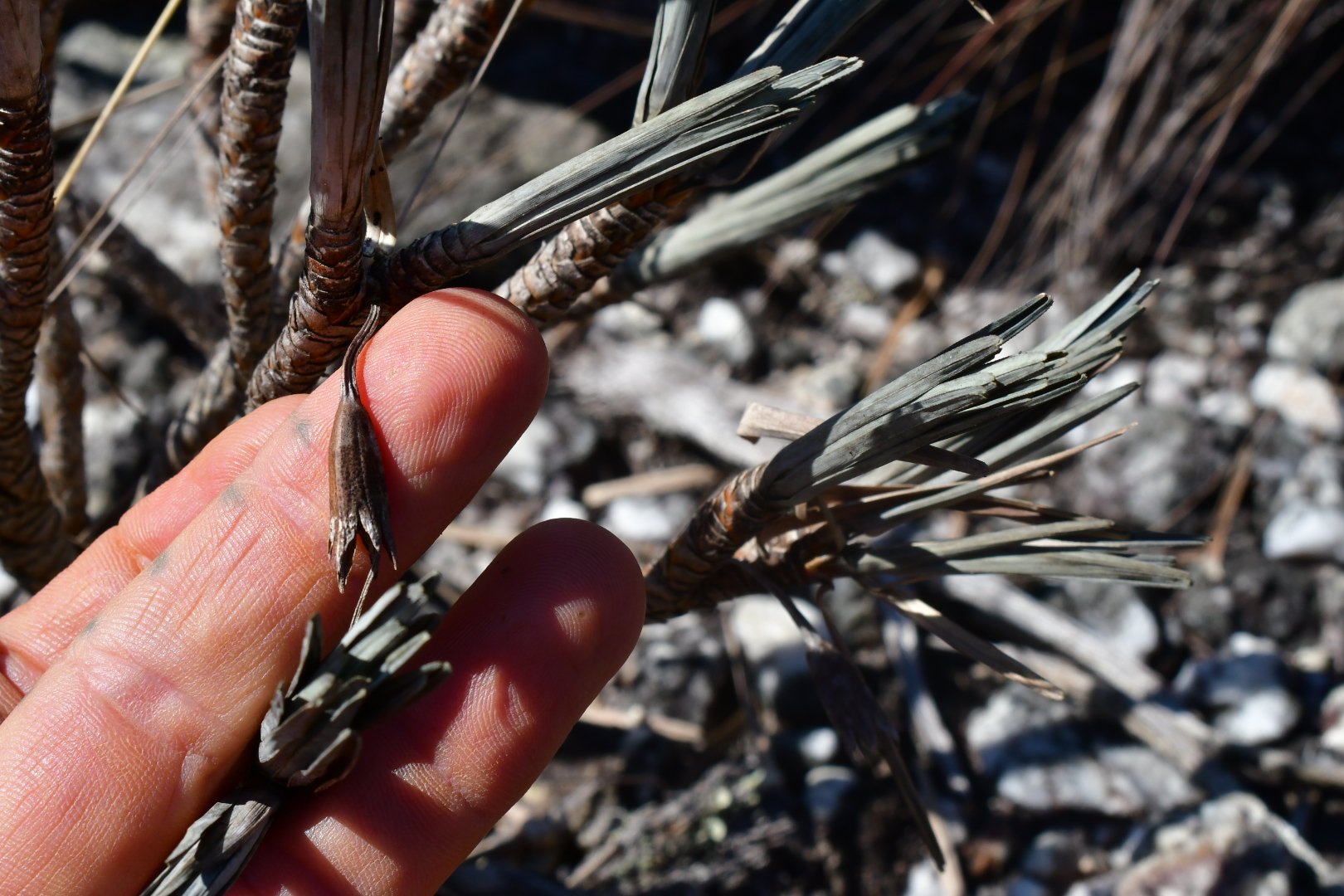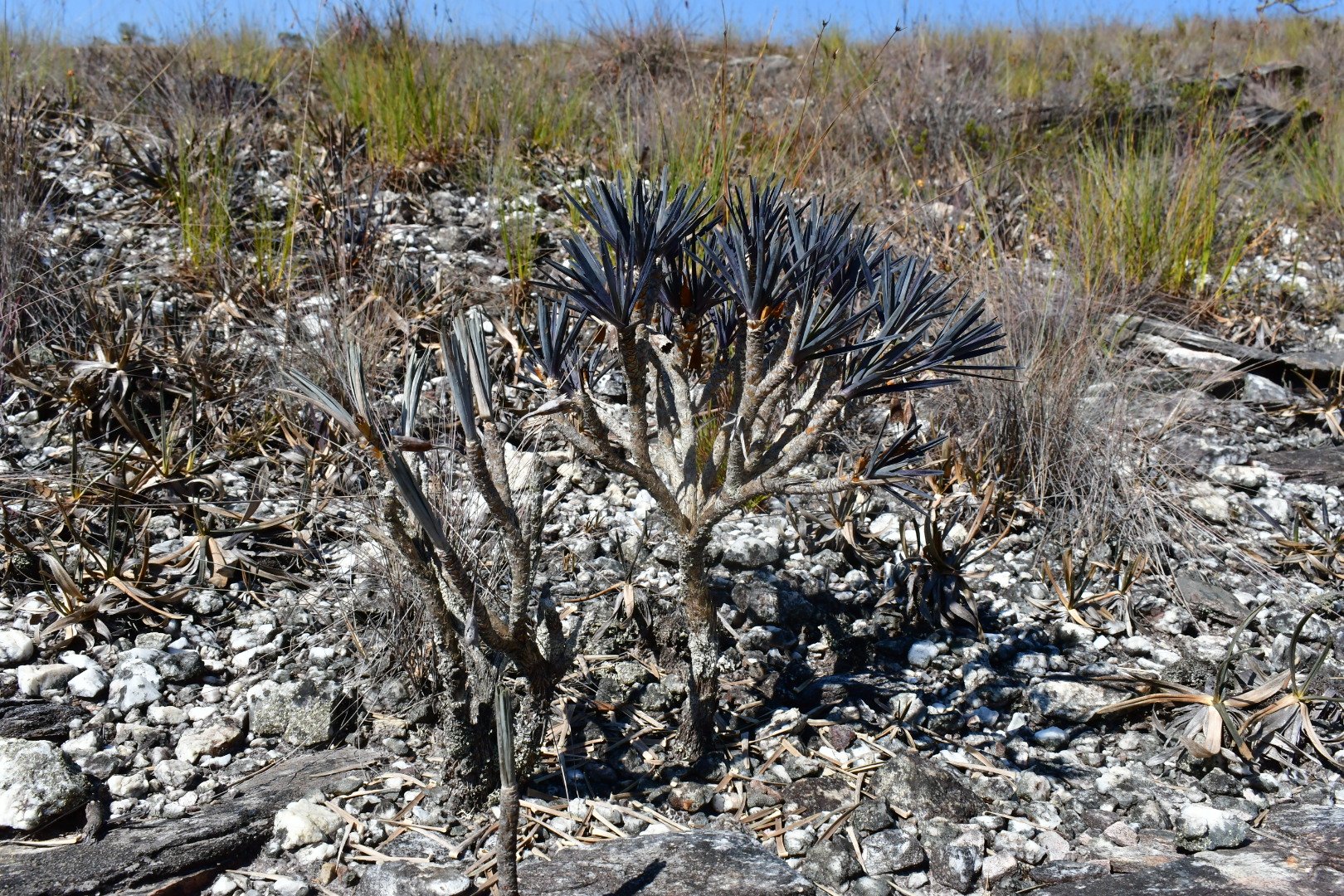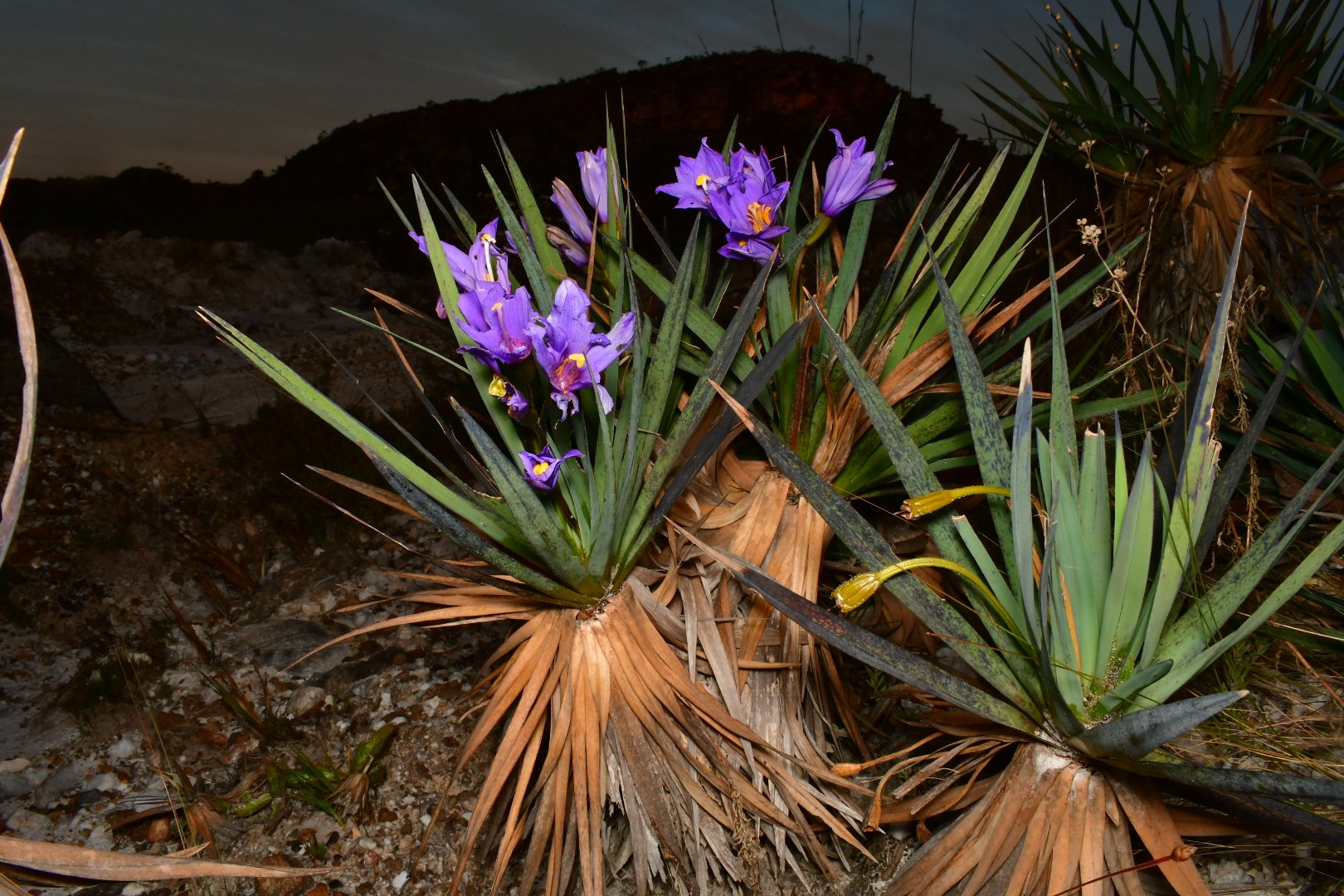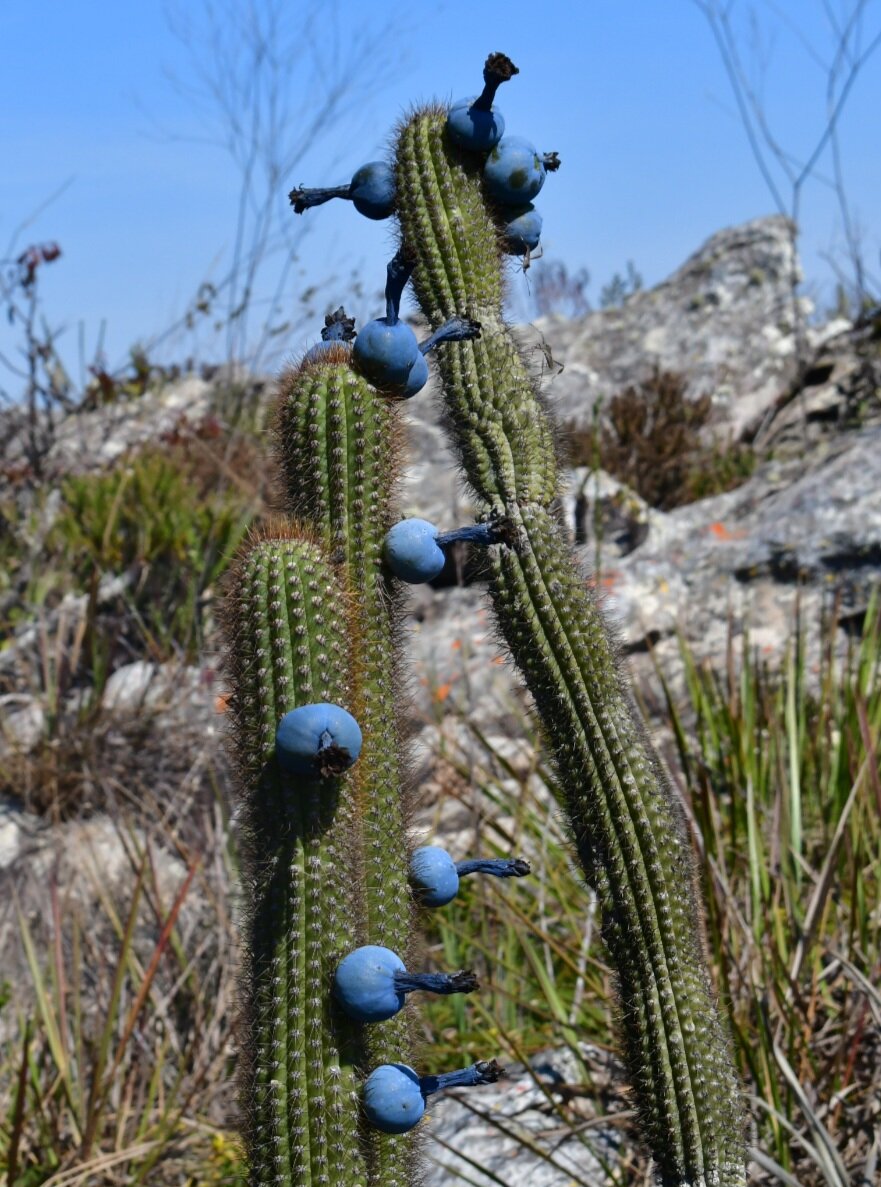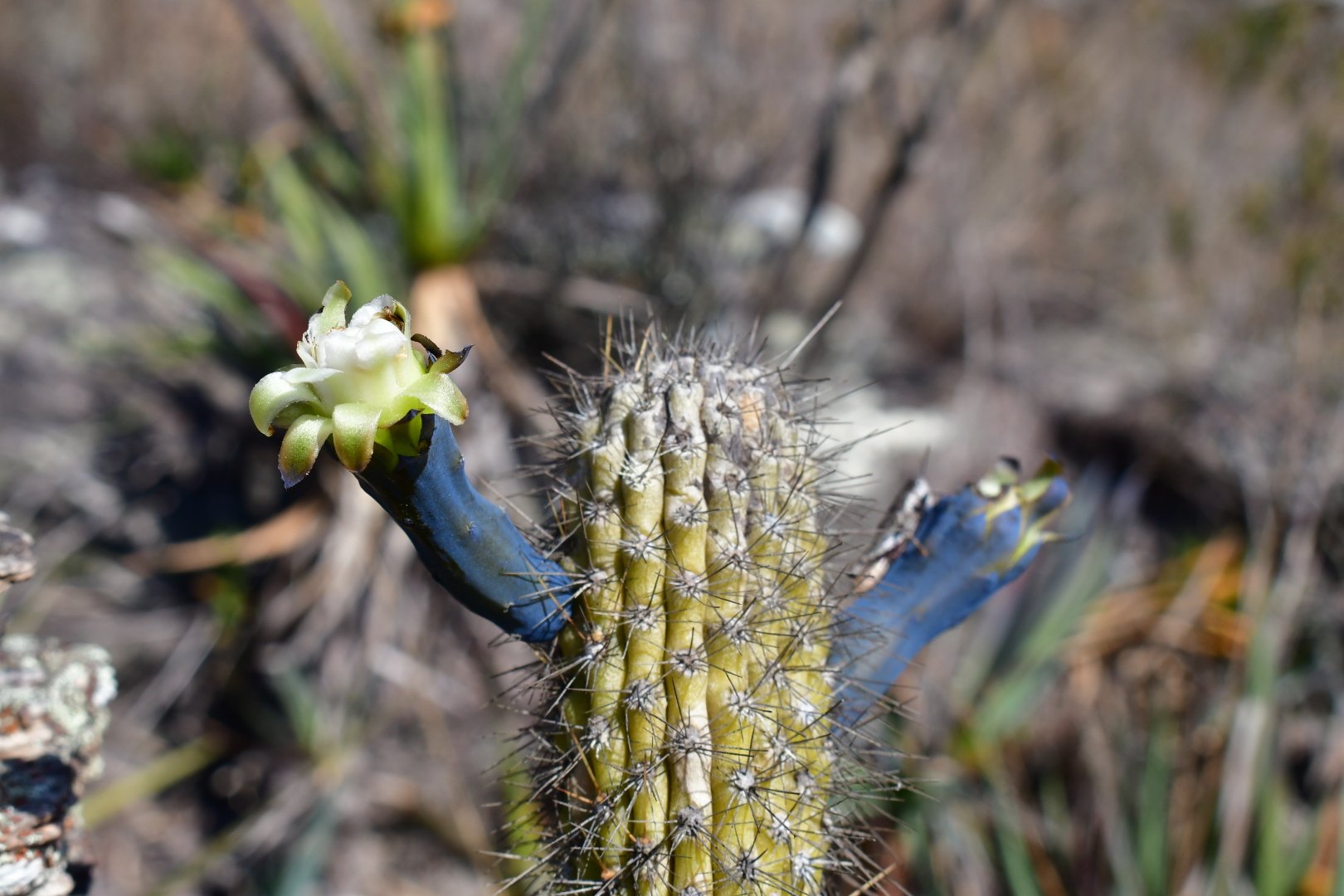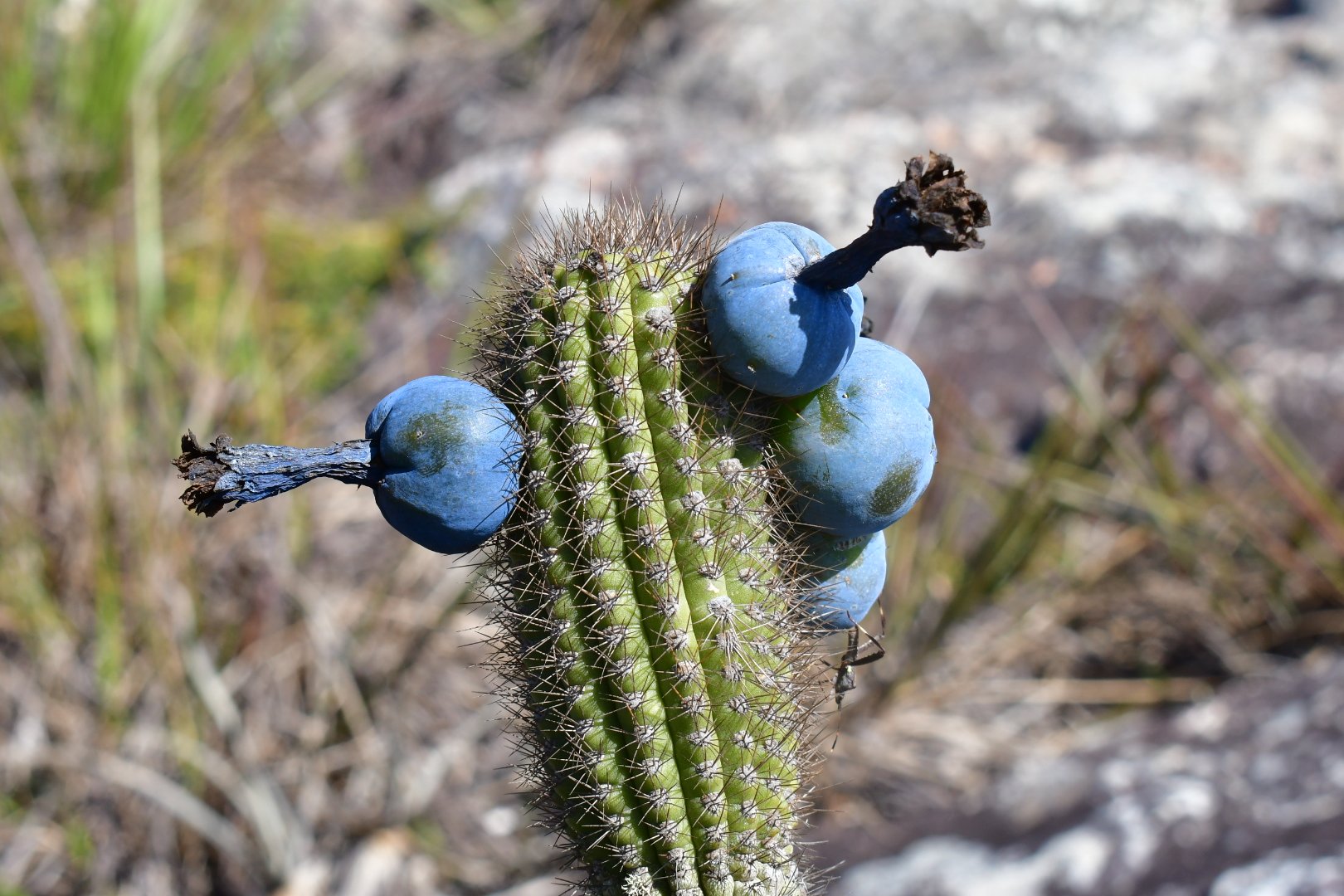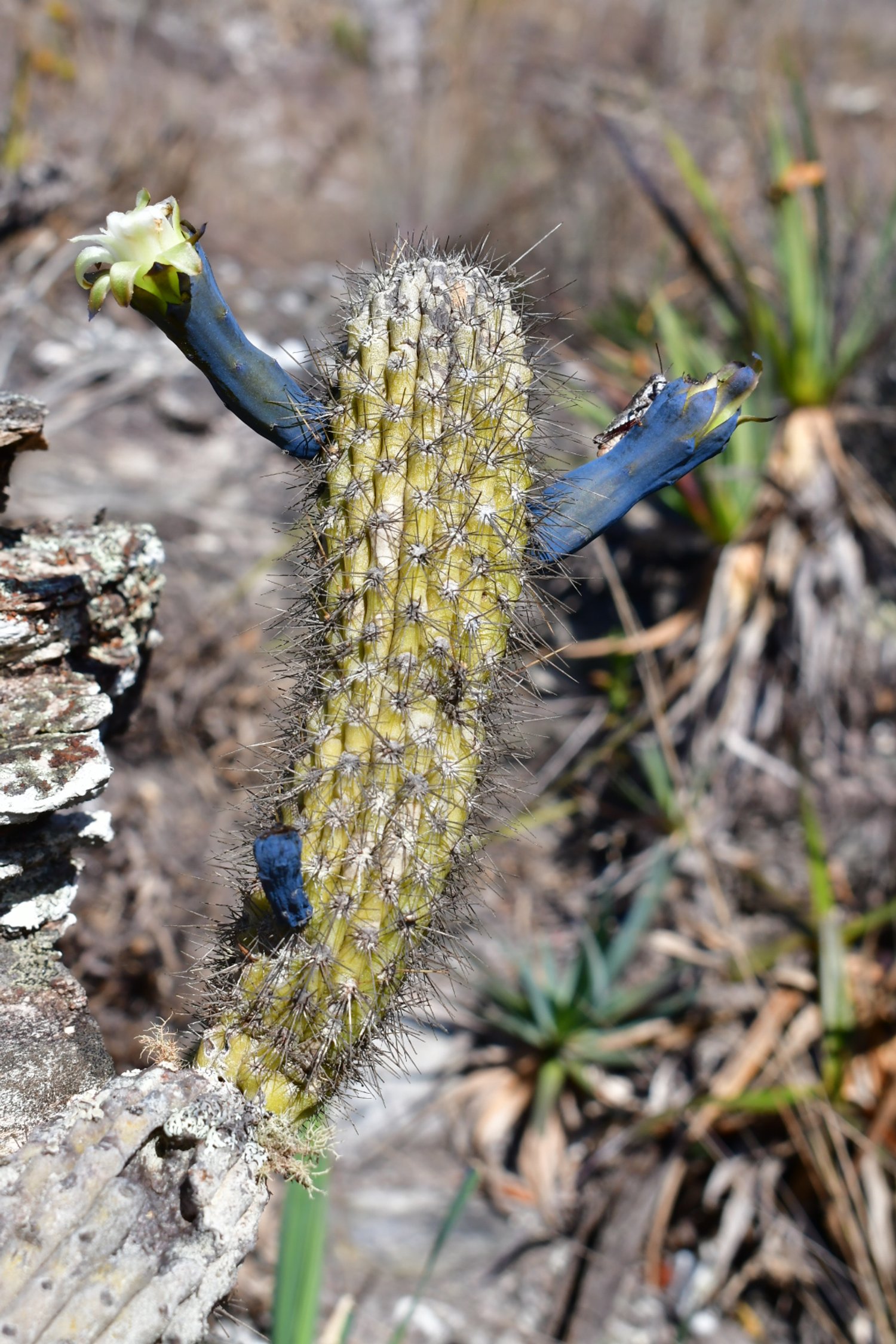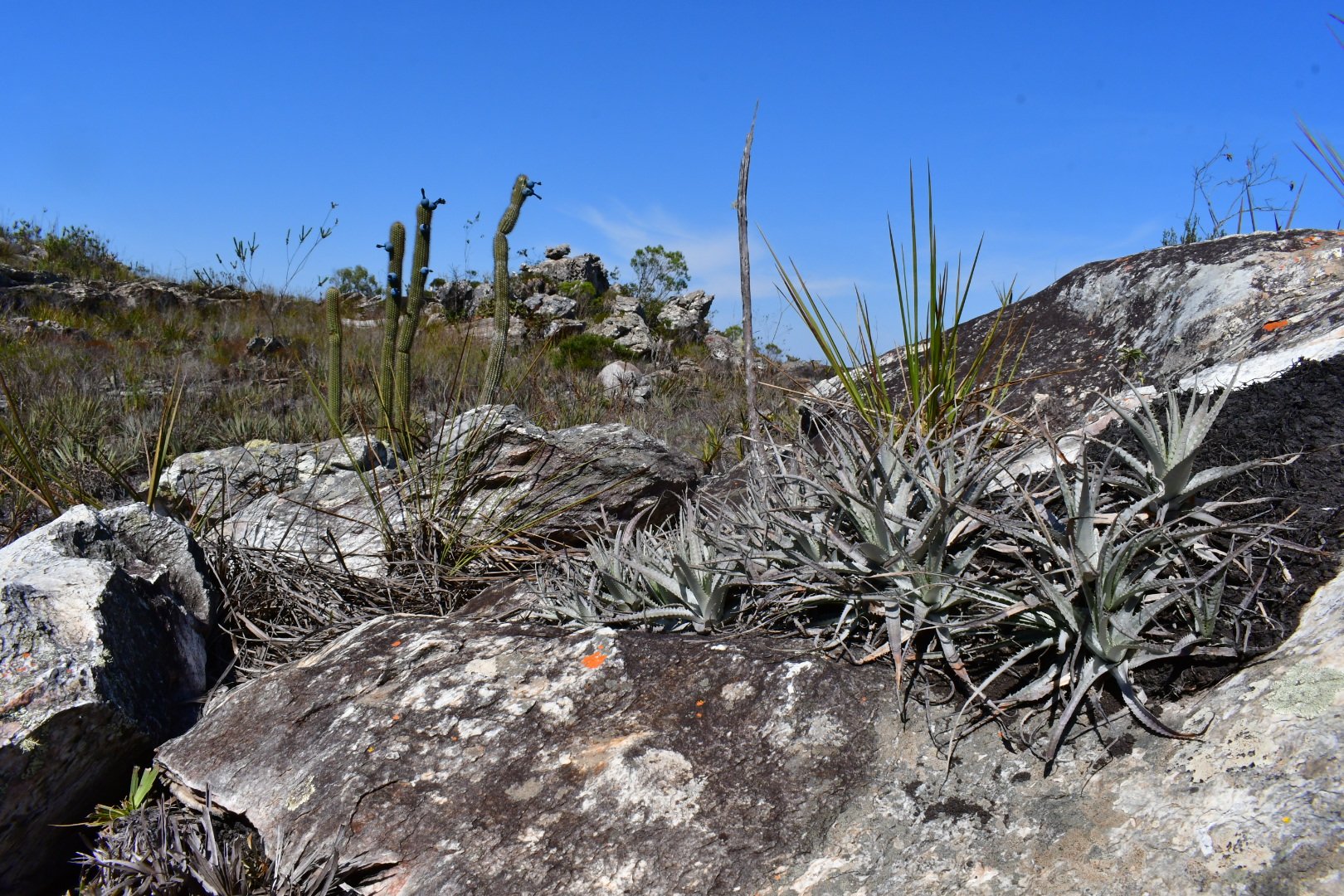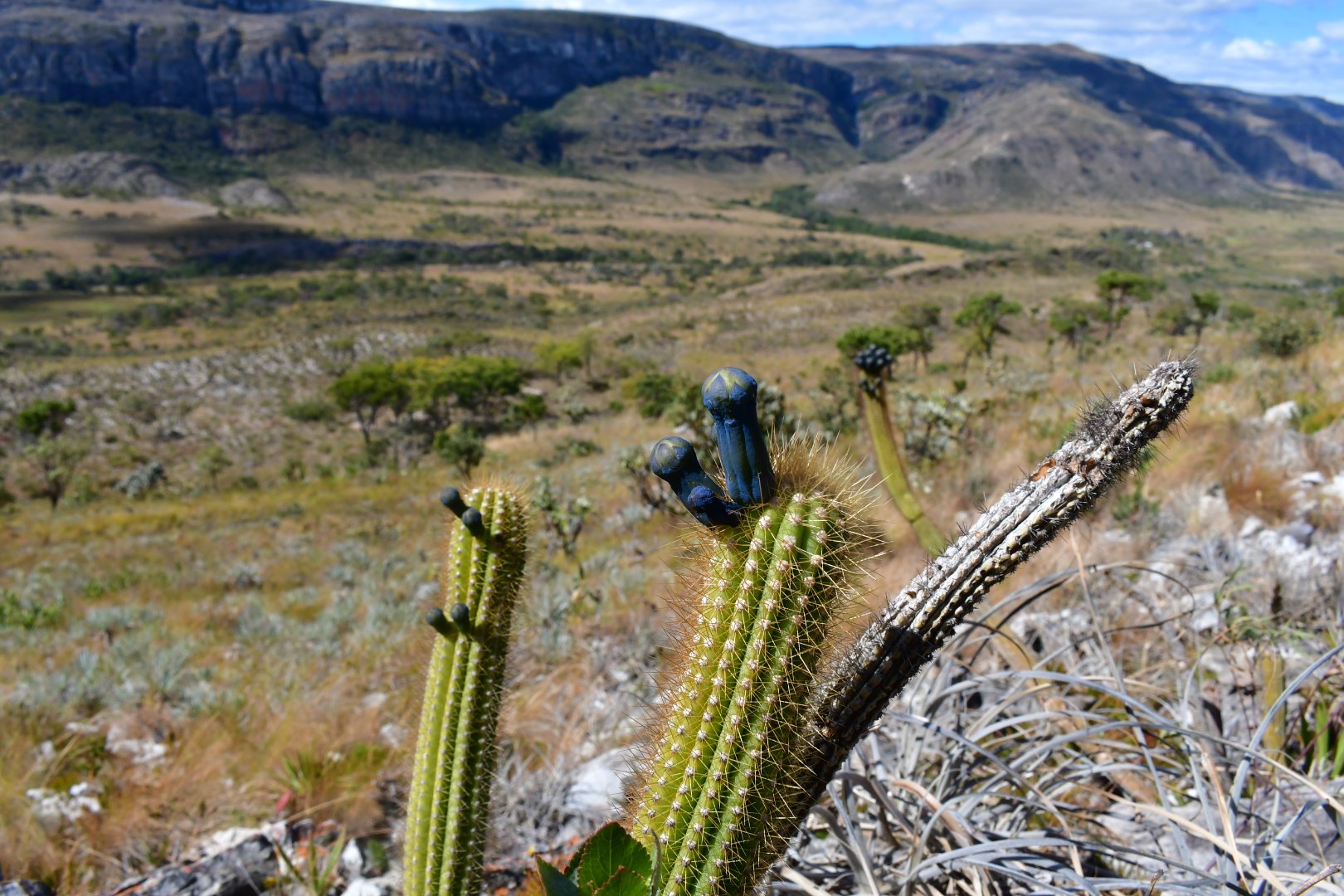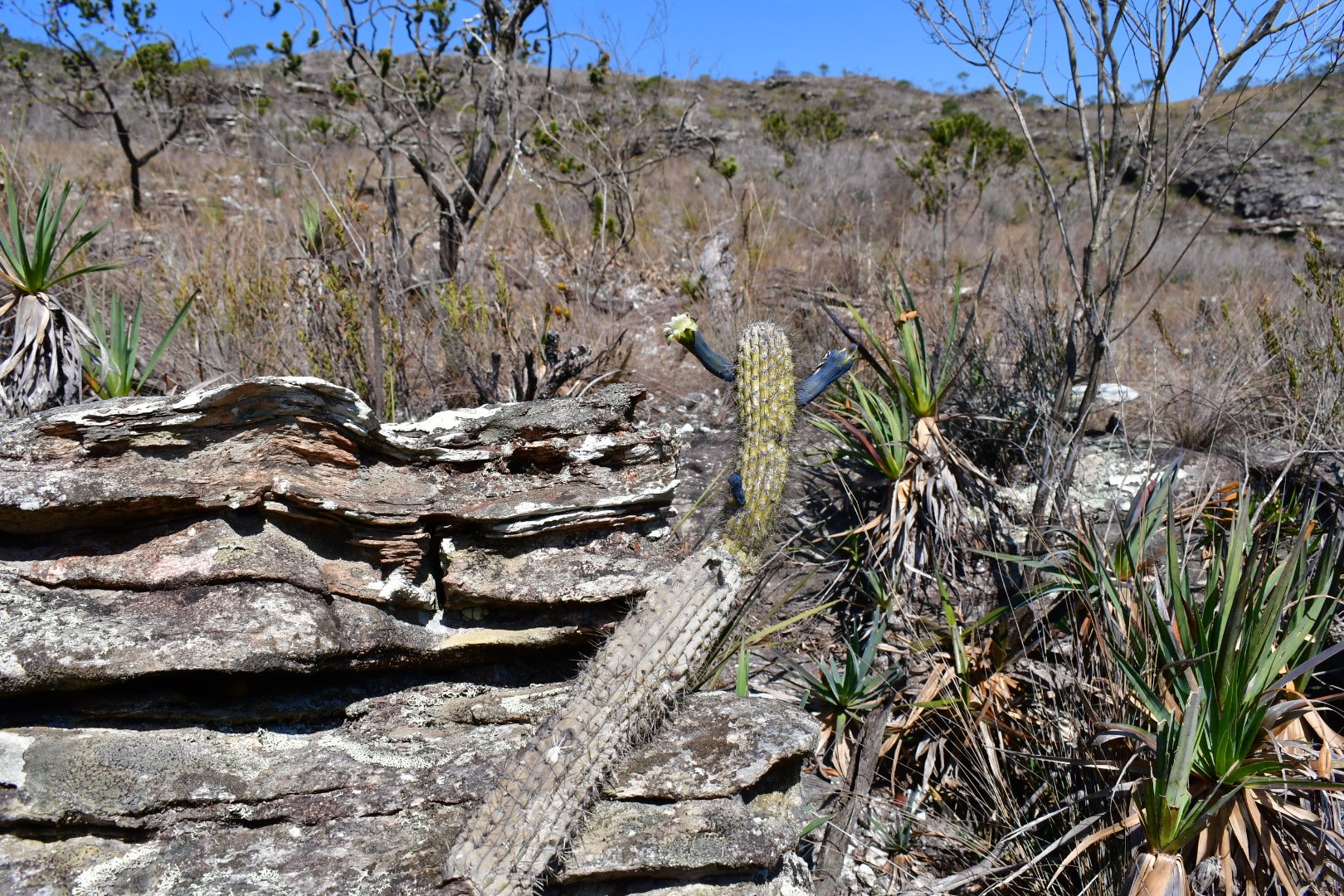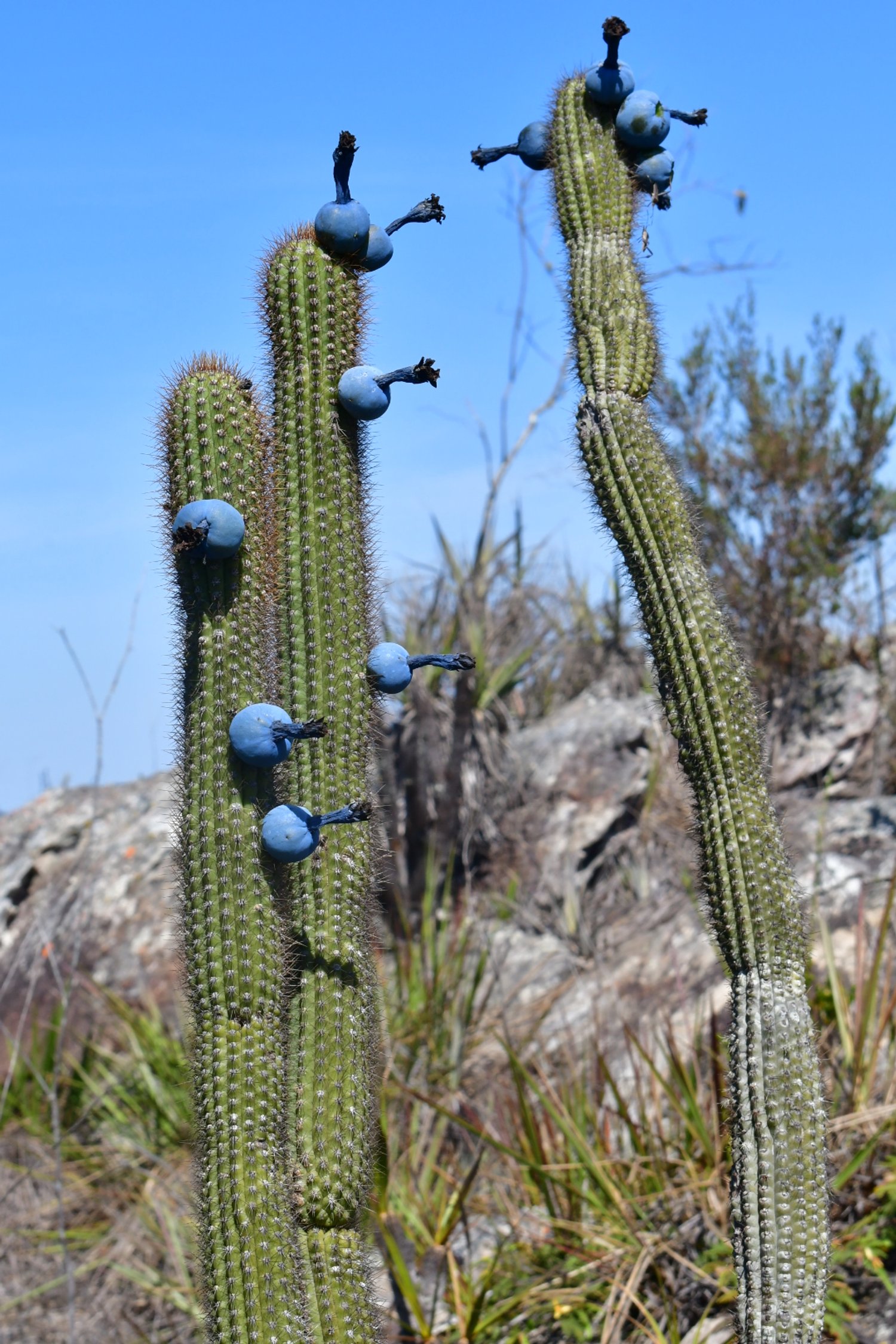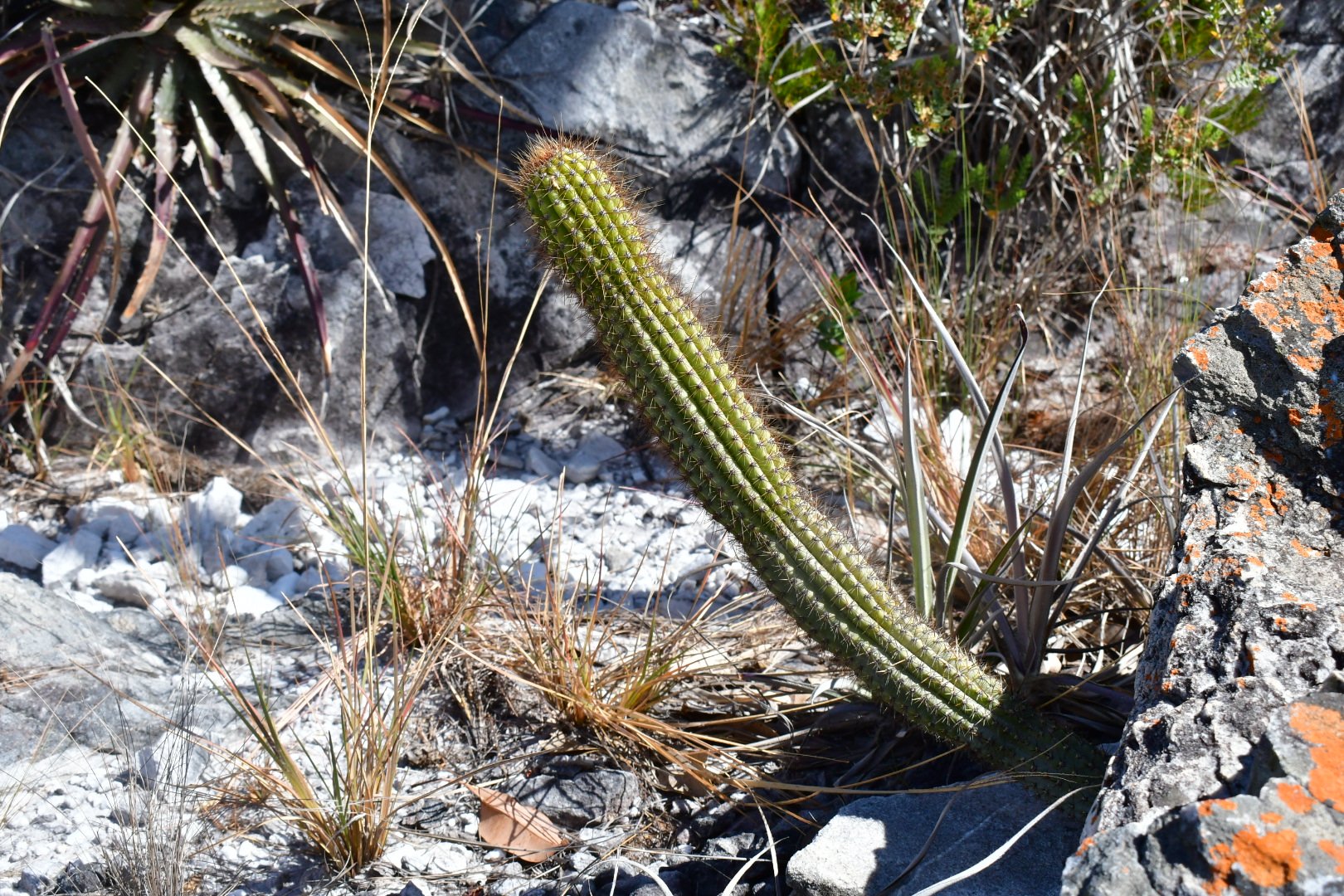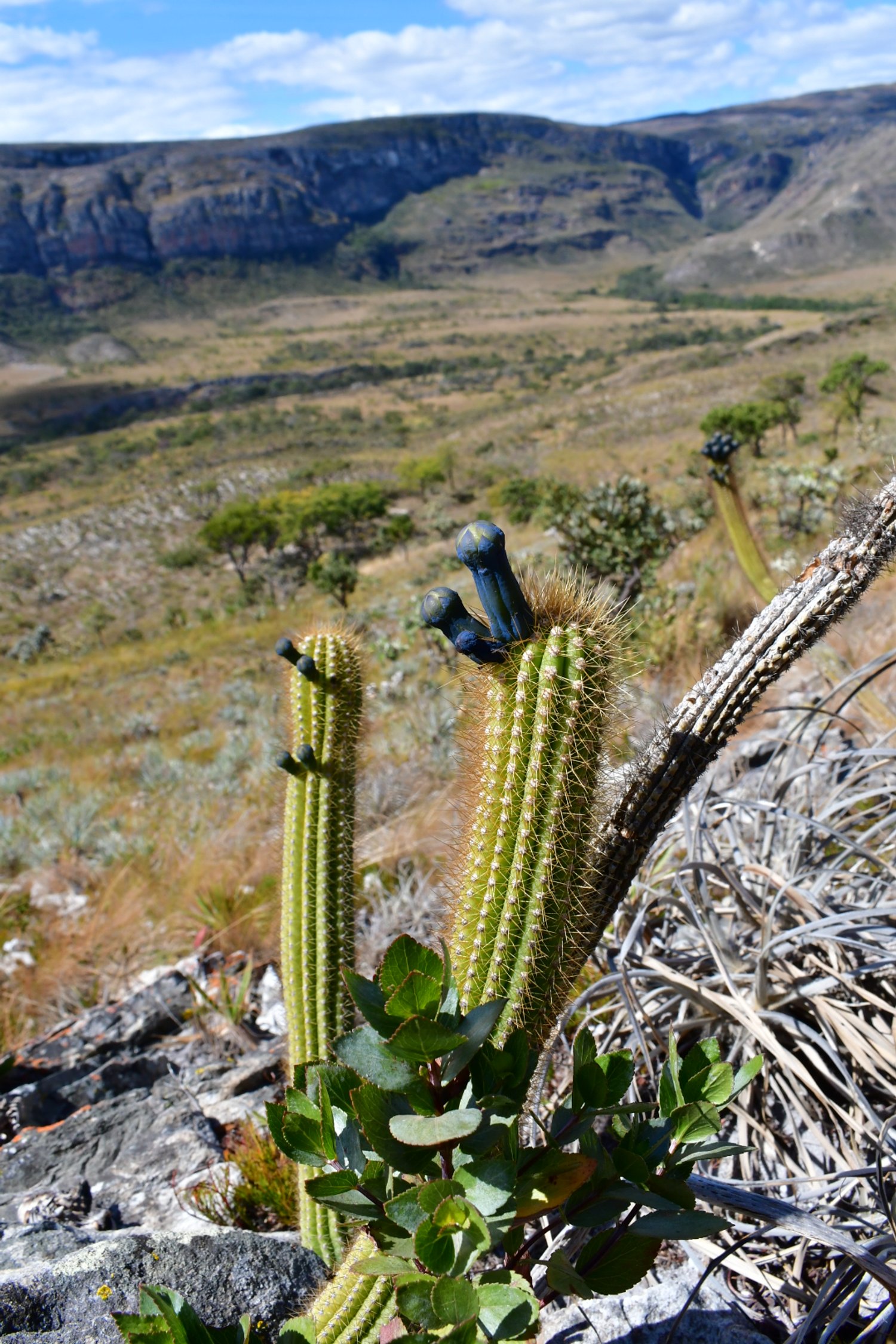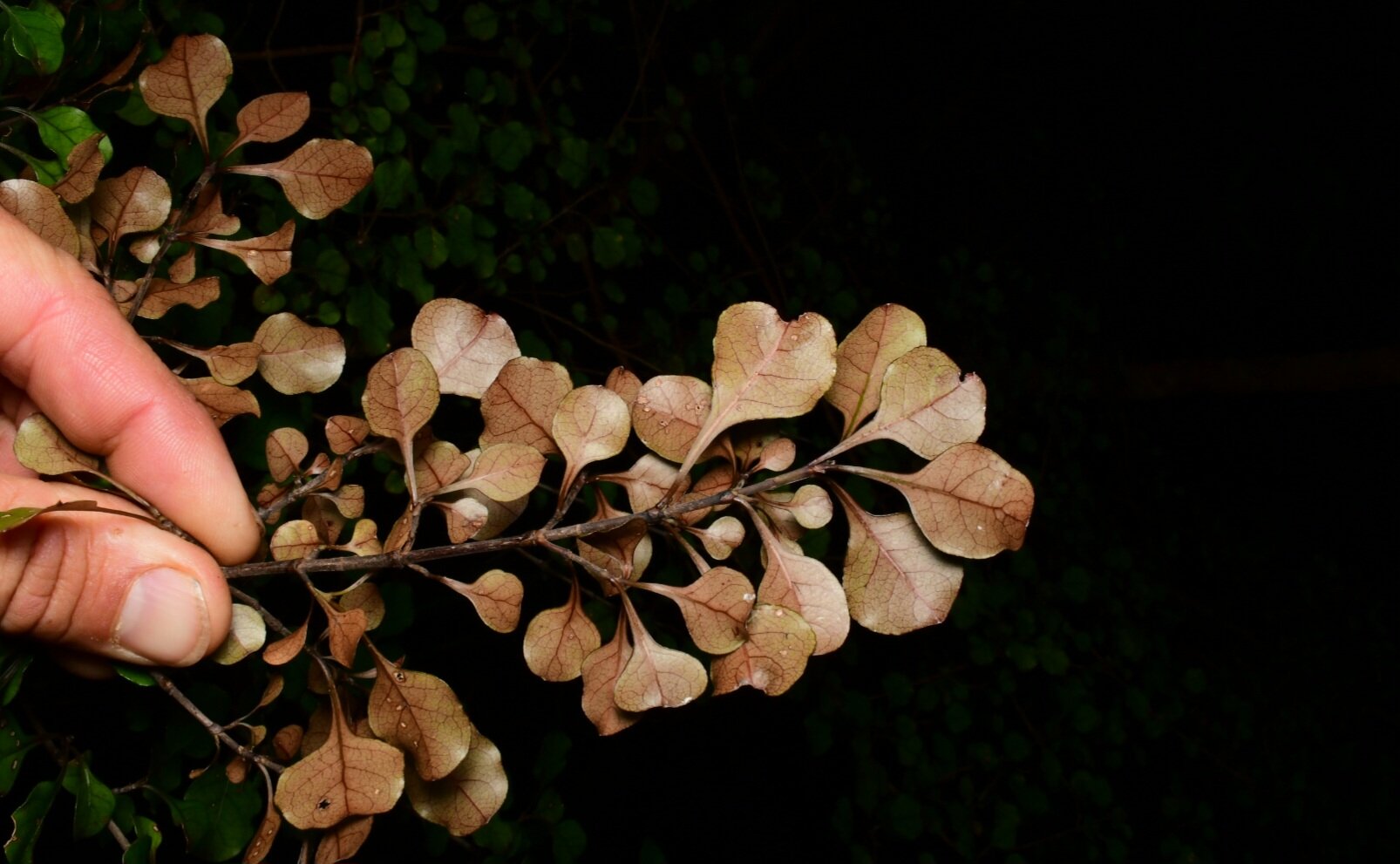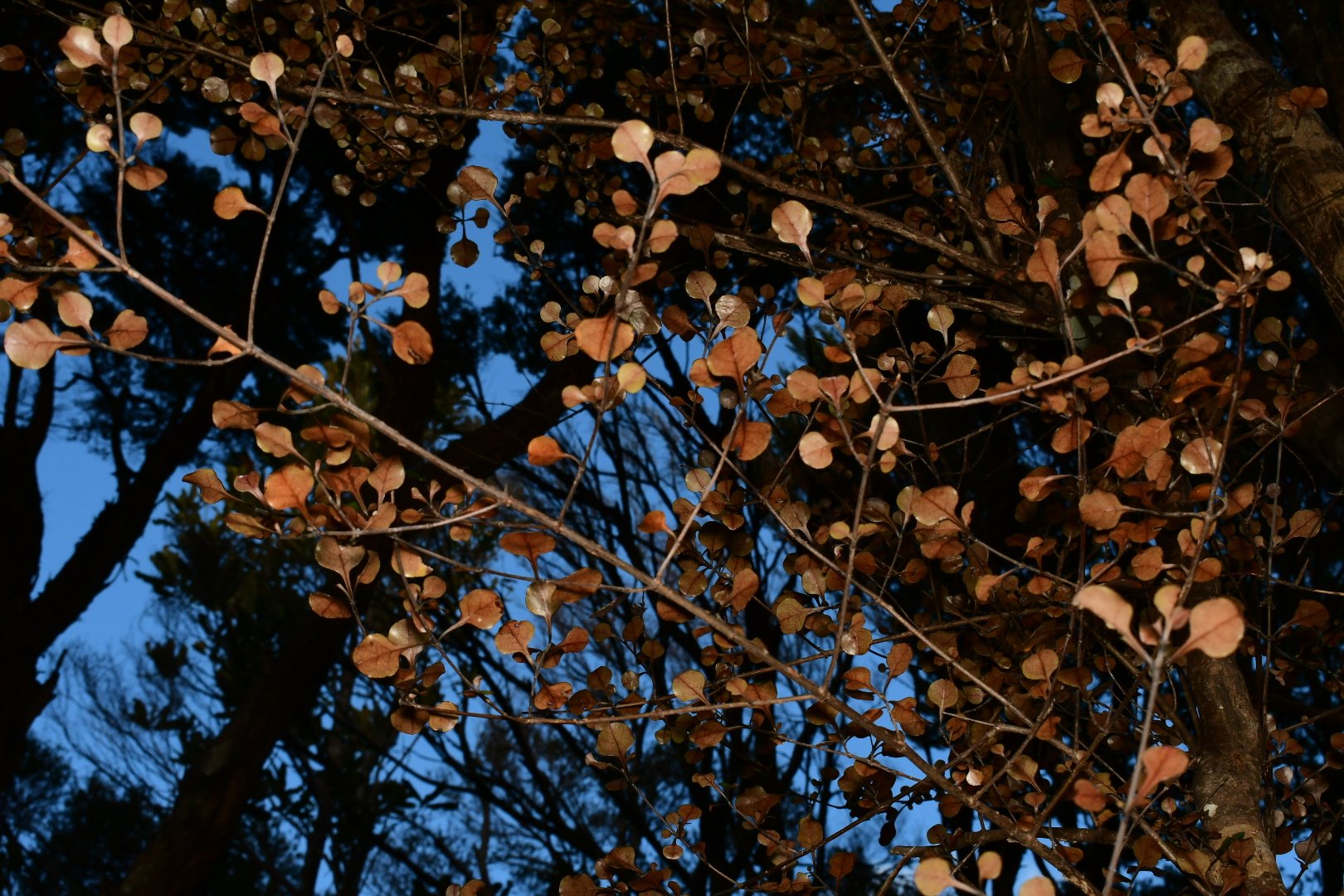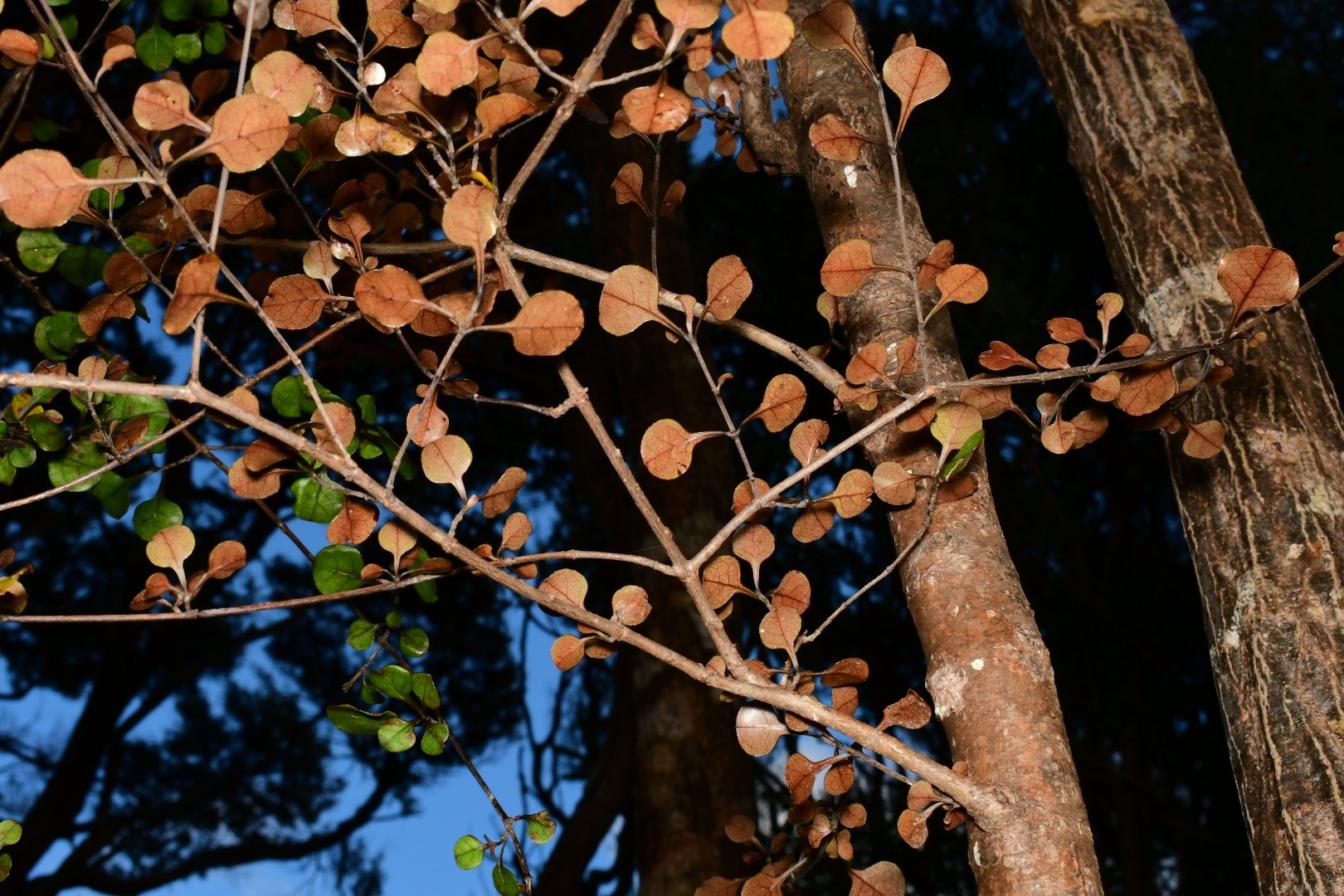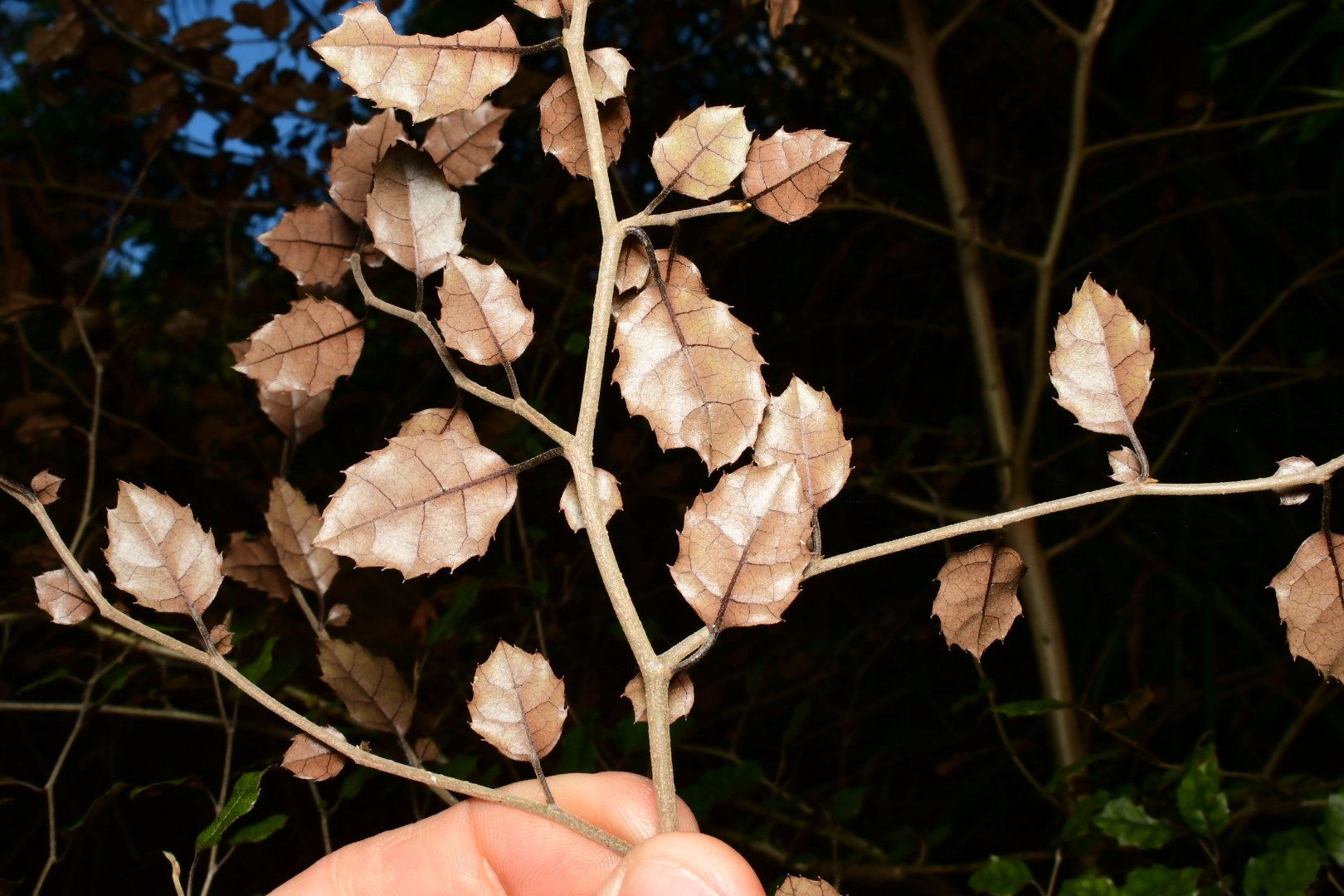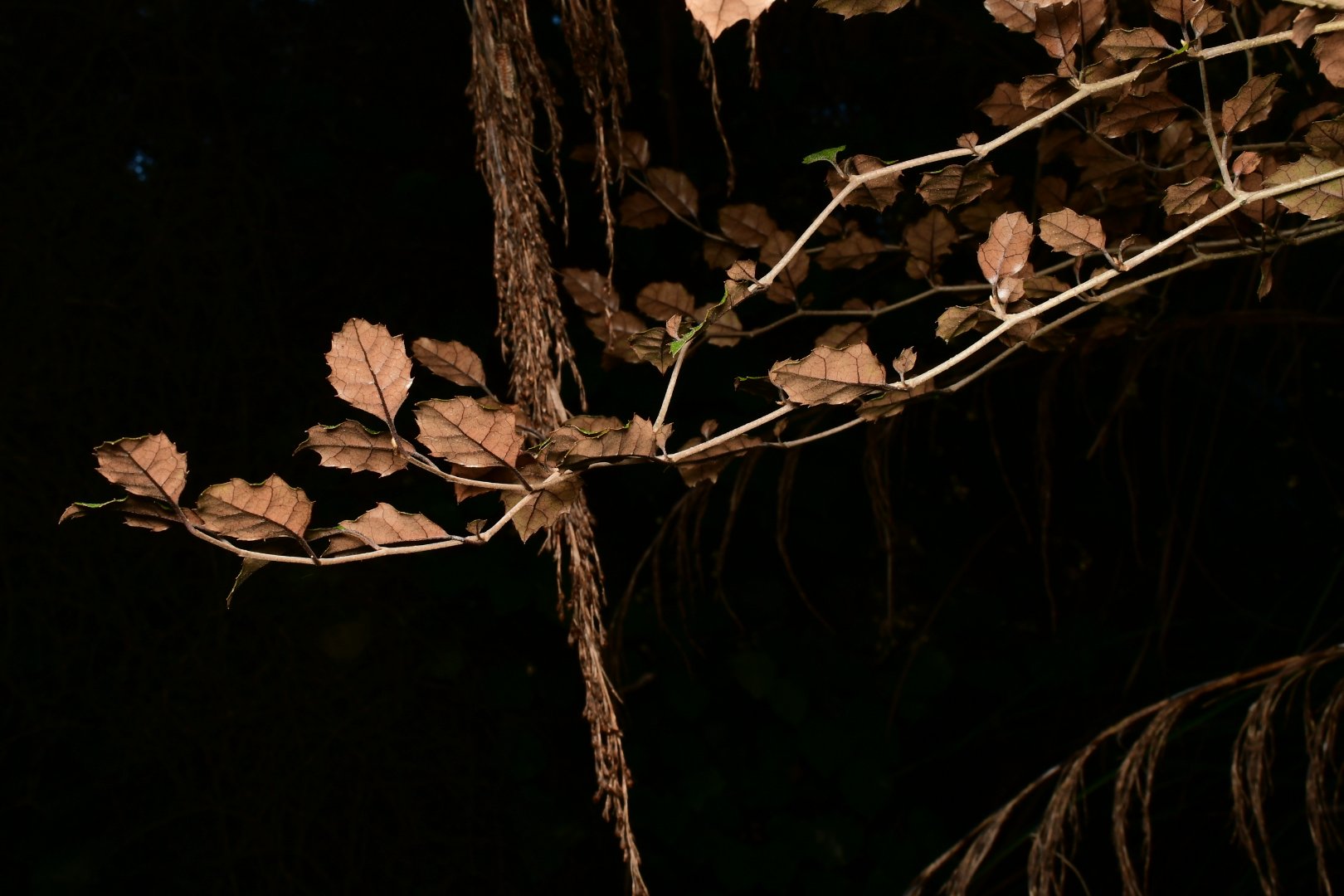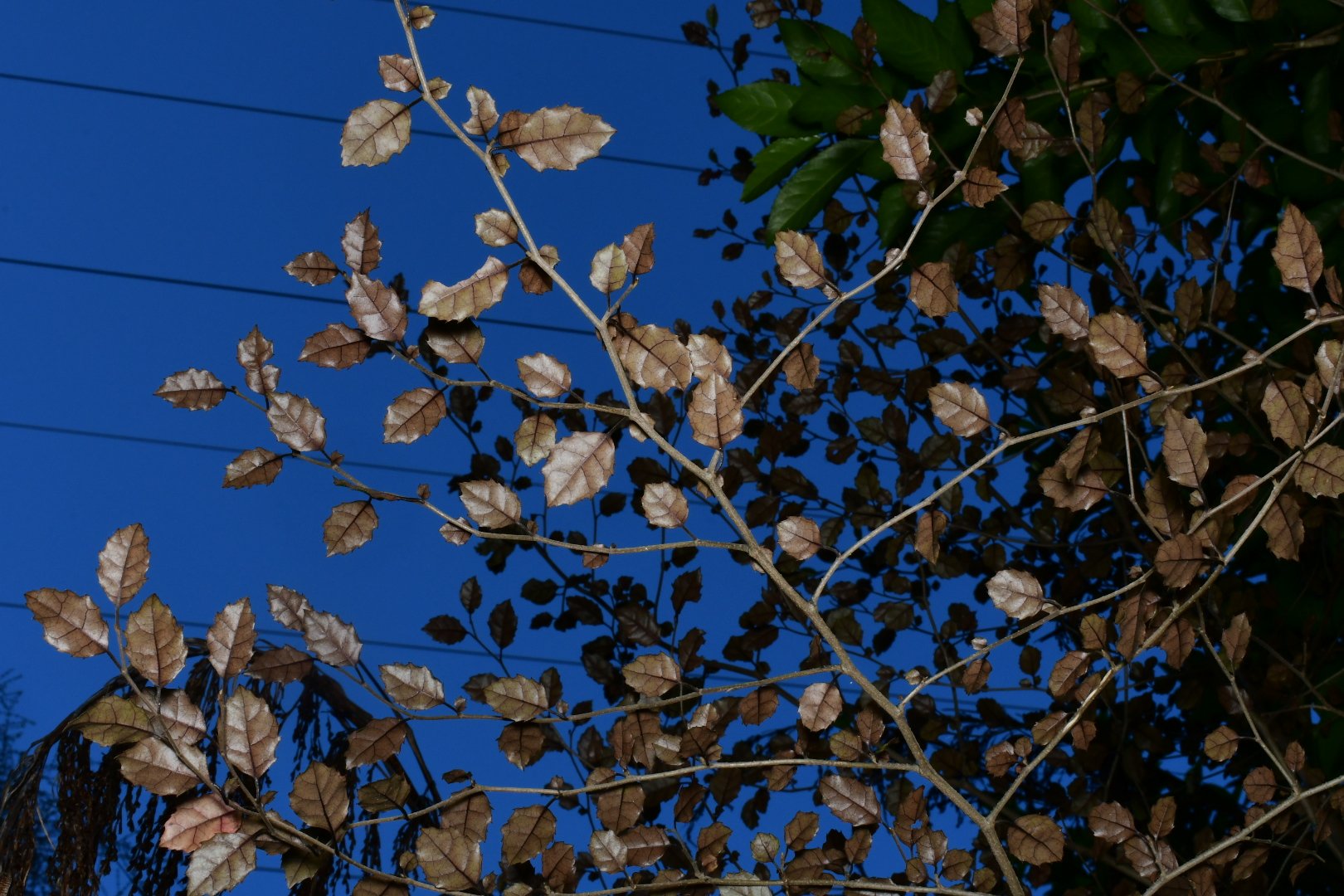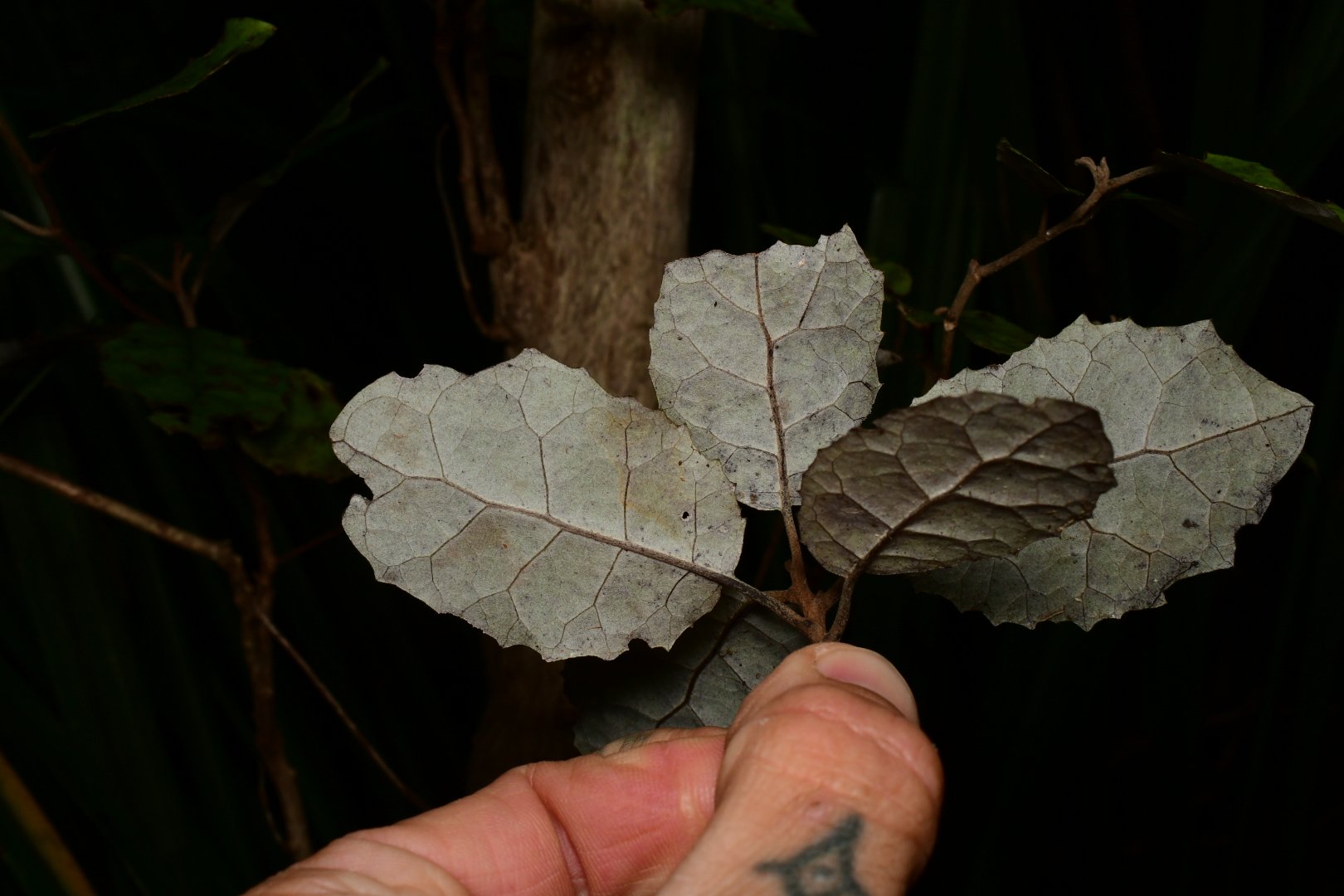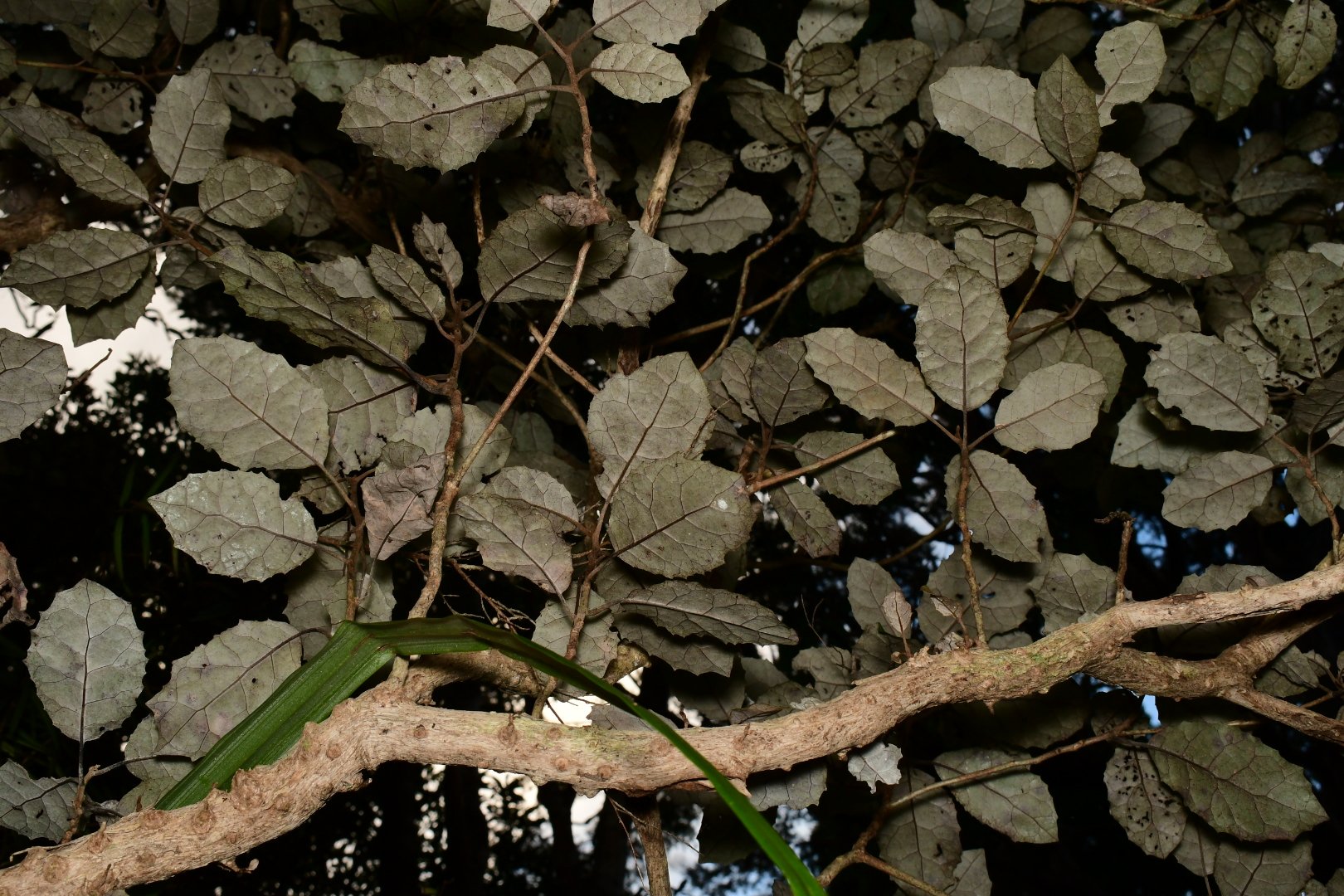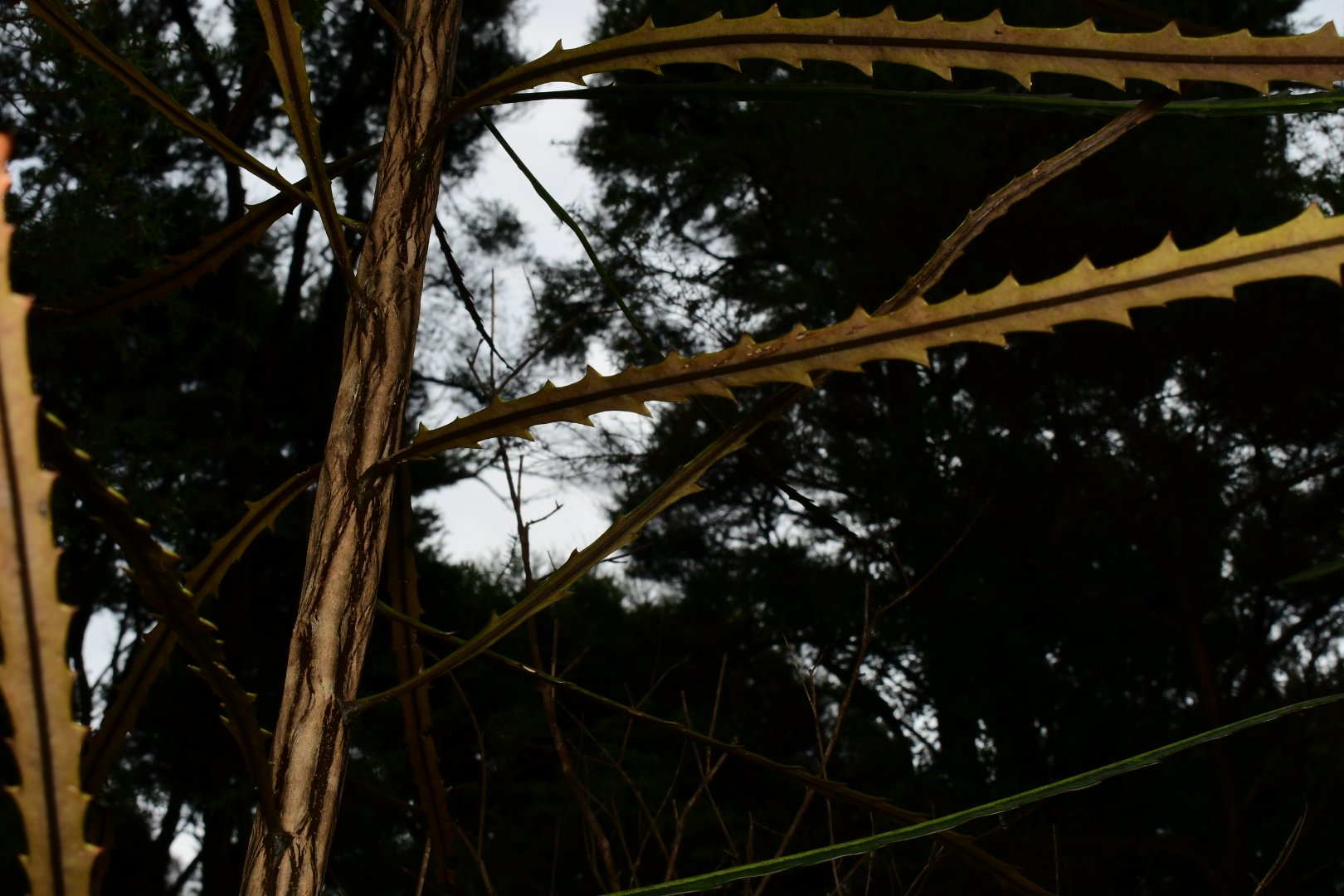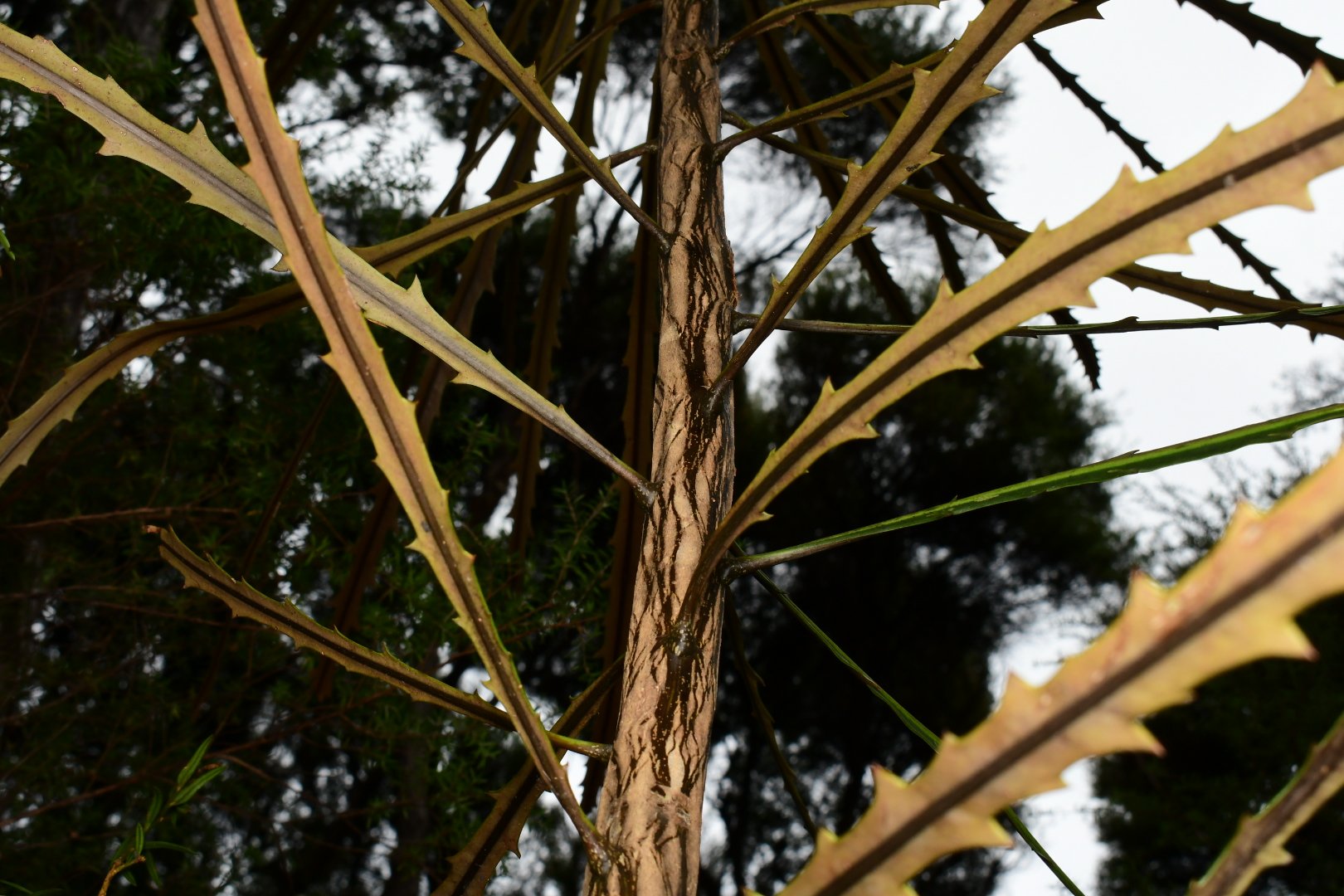South Texas Land Sell Off as the Tumor Approaches
South Texas is the transition zone between the humid Gulf Coast and the Chihuahua Desert. Cacti grow in mud derived from limestone powder and lots of organic material, the decomposed plants of years past. Lichen coats the blackbrush. The heat is incessant and seemingly year-round. The humidity is intense and the Thornscrub is thick. At first glance it seems like this is the last kind of place you'd consider to label a desert. It's also the last place you'd imagine to be undergoing a period of intense land speculation and an orgy of greed. Maybe “greed” is too harsh a word. “Excitement about money” is a nicer way of putting it.
Many landowners in Starr County are dividing lots that have been in their families for generations, convinced they're going to strike it big and the suburbs are coming. Nevermind that there's no water and the summers are getting hotter. June 2023 was the first June on record that experienced three weeks of 105° temps.
As with most areas where modern humans inhabit, the plants and animals that live here and have evolved here are not highly valued by the dominant culture. They are seen as largely expendable - clutter that just happens to be here and which gets in the way of more important things like making money to buy new trucks and go on luxury cruise vacations and send children to private universities so that they too can get good at making lots of money. It's an illness of the spirit that afflicts those suffering from it and which also causes collateral damage to many other things around it, like the life that lives and grows in the areas being divided up and sold off. Short term gain, long term loss.
This is a shame because many of the plants and animals that live and grow in South Texas don't occur anywhere else in the world. Further, the region is vastly understudied compared the much of the rest of the US. Another case of setting fire to the library before you even know what's in it. Short-term gain, long-term loss - the ethos of modern civilization. The mark of a species that's not as intelligent and enlightened as it would like to think. To make things more unfortunate, it's likely that there they may be an exodus from the region in the coming decades as climate change ramps up, half the land gets converted to parking lots (because this IS Texas), and water becomes a thing in short supply. Places further North that have milder summers and more access to fresh water might become slightly more desirable. All this destruction will have been for nothing.
There's a bit of hope on the horizon, however. Many organizations and even individuals are coming together to purchase land for the purposes of conservation. Not enough conservation will occur, of course. How could it after so much had been lost already? South Texas as viewed from the air above McAllen and Brownsville is an amalgamation of agriculture and car-dependent sprawl, and all of this kind of development is slowly moving West towards Starr County. It would be highly improbable in this cultural climate and general orgy of greed (not to mention the pressures exerted on the general population as our corporate overlords and oligarchs drive inflation up and keep wages down for the purposes of corporate profit) for any large scale conservation to occur. At this point we are trying to preserve crumbs - fragments from which someone can possibly one day use to reseed the surrounding landscape once the sprawl has been abandoned.
Peyote meeting and the empty nocturnal solitude of railroad memories
The meeting last night was rough, only because I was already sleep-deprived and fighting off a virus and not adequately prepared for it. I only had 15 minutes of lucidity where I met the peyote and then ten hours or so of physical discomfort, exhaustion and circular thoughts. But there is no such thing as an unproductive Peyote meeting. There are always good words said, and good prayers given, and the songs always pleasantly reverberate in the mind for days after. It is obvious to me, however that I of course do not have the personality that easily tolerates sitting still for long periods. I spent a few hours, actually, thinking and remembering my time on the railroad and the smell of the humid, cool night air of the bay area railyards. Due to my all-night drive and the heater breaking in my truck the night before, I had slept poorly in the back of my truck the night before on the outskirts of Lordsburg, New Mexico in a gravelly patch a mile south of the Freeway near a small hill called Fraggle Rock, the two dogs nestled by my side like little space heaters.
I had not felt that sense of exhaustion since I worked for the railroad, and it is probably the most insufferable kind - exhausted not because of any physical activity (aside from a five mile run, I had been sedentary for the past thirty six hours while driving through Texas) but only because of sheer mental exhaustion and lack of sleep. We do it to ourselves.
I almost felt like I was back in the locomotive cab working pool freight in the Feather River Canyon and desperately trying not to be lulled off to sleep as we trudged upgrade at a shit-slogging 18 mph. The intermittent muffled grind of flange squeel mixed with the rumble of a GE AC-44 locomotive becomes a white noise machine, its static ambiance only broken occasionally by the locomotive passing a desolate crossing gate and the accordant bell with the Doppler effect in full swing. The locomotive alerter going off every six minutes was the other thing keeping us awake, the conductor often on the other side of the cab snoring and occasionally farting.
I have memories of many railroad nights like that. The memories themselves are almost soothing, and certainly cathartic. I only wish that I had written more of them down. Working pool freight, it was easy to be lulled off to sleep. But working midnight locals and switch jobs, it was anything but.
First off, it was usually chilly as hell and that alone prevented sleep, coupled with the fact that you were often out standing at a switch with the packset radio on your hip turned all the way up. It could be mind-numbingly boring, so to avoid it you had to remember how to day dream, or at least explore your immediate local surroundings and maybe tag an old no-trespassing sign or the chain-link fence post of the industry or loading dock that you were delivering boxcars too. These days, I’m sure that many switchmen just stare at their phones and browse social media (something that’s of course against the rules while attending a switch and waiting for the locomotive and the rest of the crew to finish spotting-and-pulling an industry, but who’s going to give anybody grief for it at 2 in the morning?), but up until the last few years that I worked there, that wasn’t really an option, and thank gahd, because these lousy devices that we are all addicted to tend to prevent day-dreaming and exploration of self. I would've missed out on obtaining the memories of these moments and places that I have now.
Standing at a switch near the tank plant in Martinez, standing at a switch at the Georgia Pacific loading dock in Fremont, standing at a switch near the chickenhouse in the West Oakland yard…the memories are ingrained in me, often because I was stuck standing there in the quiet cold solitude of old industry, alone with my thoughts, forced to process all the things I was feeling in my life at the time, and usually totally exhausted as I could rarely sleep during the day where I lived due to the fact my shitty neighbors always left their dogs outside to bark or the gentle ambient sound of the freeway was anything but soothing.
It’s funny how headache sets in when the body has reached a particularly exhausted state. Since I was still drinking back then it was often hard to remember whether the headache was a product of being hungover then going on a short run or whether it was just good old mental exhaustion. Despite the discomfort and shitty work hours of these times, I was grateful that I experienced them. I feel like I learned a lot about myself in the process, and there’s always something about quiet solitude while surrounded by the remains of half-abandoned industry in a city at night that does one good. When I was 19 and would be aimlessly walking around the streets of San Francisco looking for places to illegally paint my name, it was a similar feeling.
Experiencing populated, busy places at night, when they are instead desolate and lonely, it is always easier to think more clearly and with more perspective, and you have the added bonus of feeling like the chaos of human aims might almost be tolerable.
Homage to the most important shrub in South Texas - Vachellia rigidula
Finally got around to drawing the blackbrush tribute. I love this damn shrub so much, keystone species of the Peyote Gardens of South Texas.
The AchomAWI
I first found this book in an obscure little bookstore in downtonw Klamath Falls, Oregon, while on a day off working as a conductor of the railroad terminal there. It must have been nearly twelve years ago. "Netting the Sun - a Personal Geograph of the Oregon Desert" was the title, by Melvin Adams. It had a cool cover that looked like it was maybe designed on a home computer, with a picture of some petroglyphs and the volcanic plateaus of the high desert that I had already come to know so well. I took a look in it and purchased it, getting the feeling that it was something akin to "A Sand County Almanac" but for Southeastern Oregon.
I can say that it is probably one of my five favorite books. I have no idea why it remains as obscure as it is. It is probably because, I suppose, the region that it covers is somewhat obscure. Not many people know the landscape of Northeastern California and Southeastern Oregon - a landscape of high dry desert, blisteringly cold in winter, and magnificent as hell in spring and summer. A landscape dominated by old volcanoes but where only 12 million years ago Dawn Redwoods used to grow (and can still be found in near-entirey, encased in volcanic tuff).
Below is one of my favorite excerpts from the book. It is about the Pit River Tribe of Natives that inhabited a landscape where I spent so much time learning botany years ago while scamming time off the railroad. Back then I was just trying to take in as much as I could about this new world I felt I had just discovered.
The last paragraph of this piece strikes me the hardest. It is still tought for me to not tear up when reading it.
The Achomawi
In the desert night,
in the fullness of memory,
the coyote
chants to the moon,
it is the closing hour,
nothing is lost.
I first saw them in a picture made about 1910 somewhere near Goose
Lake. There are twelve of them on horses. The one in the middle, prob-
ably the leader, has a hand raised to the sky, palm outward, in a gesture
of greeting. Several of the men wear head dresses of feathers while ante-
lope horns adorn another, probably a shaman. The women wear blankets
around their shoulders, scarves over their heads, and beads. One of the
women, ahead of the rest, also stands out because of her white horse
Perhaps she is the wife of the leader or the leader herself. It is a picture
of remnants of a proud culture which lived in a beautiful place for thou-
sands of years before Christ, before the printing press, before the wheel,
before even the bow and arrow.
They had probably lived on the land for ten thousand years. There
were never more than three thousand of them altogether in the tribe, which
was scattered in small bands over a large area of what is now northeast-
ern California and southeastern Oregon. They were the Achomawi or Pit
River tribe, but some of them frequented the shores of Goose Lake.
They believed that the world was made by a silver fox thinking about a clump of sod, and fox sang while he held the clump of sod. He and coyotethrew the cump of sod down from the clouds and by singing and dancing stretched it out and made mountains, valleys, trees, and rocks.
The Achomawi thought that everything was alive, even rocks, and that the
shaman could travel to other worlds through circles pecked on the rocks.
The Achomawi also knew about dinihowi" - luck in gambling, love,
and hunting. They went to the mountains to find luck. They would be-
come tired and scared, cry, go hungry for days. While in this state they
would attract the pity of an animal and be taught its song. The animal could be a wolf, a blue jay, or even a fly.
They would be taught its song
and when they needed help they would return to the sacred spot and sing the song,
and the animal spirit would return.
Some natives would obtain
damaagome"- more mean and quarrelsome than the peaceful
adinihowi"-and would possess the medicine to be a shaman.
Those who became shamans faced a more dangerous life and none
were anxious for this. They were required to suck their patients in the re-
g7ons of disease to remove the poisoning sometimes placed by other sha-
mans. They were also in danger of losing their souls. Departing souls of
the dead, not wanting to travel alone, would induce others to follow, and
the shaman was called upon to bring back souls enticed to such travel.
Since no one wanted to give a departed soul a reason to return, the names
of the dead were taboo, and the dead were cremated and everything be-
longing to them burned.
The lives of the Achomawi were suffused with stories and spirits. The
old stories were told during winter nights as small bands huddled in the
partially subterranean, tule-covered lodges for warmth. To them there was
no apparent difference or division between religious feeling and earth, or
between nature and spirit, or between story and place. Over forty sacred
places were located and named, and art was pecked onto the rocks at some
of these places by shamans. Entire mountains such as Sugar Hill on the
southeast shore of Goose Lake were deemed sacred.
The Hewisedawi group of Achomawi lived on the north fork of the
Pit River and on Goose Lake. They dug pits along the river to catch deer,
hence their European name. They caught Goose Lake
redband trout and the Goose Lake sucker: large landlocked species with no outlet to the sea.
Numerous streams including the Pit River were used to harvest salmon,
bass, trout, and mussels, Rock corrals were built in the streams to spear
and net the fish, They hunted deer, antelope, and mountain sheep in the
Warner Mountains, the faulted rims to the east of Goose Lake. They made
bows of yew and juniper, gathered abundant wild plums, camas bulbs,
and seeds from many plants. Sage hen, rabbits, beaver, bears, deer, squir-
rel, otter, wolves, and mountain lions were plentiful; in the spring and fall
Goose Lake teemed with thousands of geese and ducks. Plant fibers were
used to make baskets and nets. When rain was needed, holes were pecked
in sacred rocks by the rain shaman.
When the Hewisedawi were unaware the more aggressive Modocs to the north and west would raid and take them for slaves to be traded as far north as the Dalles on the Columbia
River.
By 1936, due to disease, poverty, and cultural disintegration, about
five hundred Achomawi were left. None live on Goose Lake or near the
sacred Sugar Hill. The flocks of geese and ducks are a mere remnant of
their former number. The Goose Lake sucker, redband trout, and tui chub
are rare and in danger in the lake's waters, yet the Goose Lake Valley and
the Warner Mountains retain a raw, primitive beauty.
The Achomawi called the European invaders "*inillaaduwi" (tramps).
They said about them, ""They do not believe anything is alive. They are
dead themselves. On crystal fall days when the wild plums are sweet, and
the winds in the canyons of the Warner Mountains carry a hint of the cold
weather to come, and you can see a hundred miles across the desert, and
the aspen leaves are changing color in the high air, it is possible to believe
in redemption for ourselves and for the land. It is necessary to invest in
the land some measure of spirit and to sanctify it as did the Achomawi.
What Exactly is “settler colonlialism”? WHO cares? Just be sure to make a display of posting against it online.
"Settler Colonialism" is the newest buzzword belched out of Liberal Arts academia (a field that I have found to be just as, if not more ignorant of Earth Sciences and biology than many others) that I've seen parroted throughout various circles to describe a very vague and broad multitude of modern ills afflicting our declining biosphere. My annoyance at this due of words and it’s silly nonsensical modern context spilled over however, when I saw a slant against Steve Irwin, the beloved conservationist who inspired millions to see beauty and awe in organisms and habitats that they might not have otherwise cared about. I was never a Steve Irwin fan, but I respect the guy for getting others to have respect for wildlife and ecosystems. So I had trouble finding out why he was the target of a rather obscure and deranged rant (by a college professor on twitter, of course - where else?) against him that mentioned he was guilty of "settler colonialism". I never found anything,I think it was just because he was white. Or maybe it was because it was the 90s and white liberals hadn’t yet gotten into the habit of publicly lashing themselves, emptily declaring that they’re an “ally”, and gasing up their audiences with land acknowledgements yet. Whatever the case, Steve Irwin was now being cancelled. What a useful expense of energy.
While I've been hearing the word parroted mindlessly (nobody ever giving a clear definition of what it is - I had to look it up, and even then, like most things puked out of "progressive" academia, it was still rather vague and definitions seemed to vary) for a few years now, it finally seemed like it was becoming popular enough to say without any clear description of what exactly makes someone a "settler colonialist".
To be clear, the exact definition of "settler colonialism" is "a a society that seeks not only to take the land of another culture and society, but that seeks to eradicate that culture and society". Say what you will about history, but in America that seems pretty close to what 18th and 19th (and even parts of early 20th) Century European arrivals to the new world (as we call it in biology) seemed to do. The historical context of "Settler Colonialism" has a very real and easily-defined definition.
But the terms in which I've heard it parroted by young academic white kids trying to explain racism to each other never uses it in the historical context - it's always in reference to something that is going on today - not that it has left a legacy that we still live with today, but that it is actively still occurrring. Sure, why not…
While I don't give a shit what anybody believes so long as they don't try to tell me about it if I didnt' ask, I do identify - for better or worse - as a "leftist". I believe in the colletive good over individual profit,I want equal opportunities for all, I want affordable health care, decent education, and I think things like money worship and wealth worship lead to a deranged, values-less society. I could go on about the things I believe in, but the fact is that due to what I believe in I find myself in leftist circles. I don't pay attention to what the right does because, frankly, their beliefs have always seemed fucking insane to me. Boring and vacuous at best and sociopathic at worst. The right is the party of the rich and the climate deniers. The right is the party of those who have seemingly never explored themselves - not to mention had a bad trip, had to ride the bus on a cold night at 2 am, etc.
But it seems like the last ten years I've found myself so perpetually annoyed and boderline grossed out by elements of the "perpetually-online left" (because that's what its become - perpetually online) that I reach for the bottle of Tums when reading takes from my own "side" more than I ever thought I would ten years ago. I blame most of my nausea mostly on the left’s recent embrace of identitarianism - that 2-dimensional fixation on ethic identity which is something wholly apart from (and should not be confused with) an acknowledgement of a history of oppression, racism, and other deranged worldviews that were so ingrained in America and many other first world european-based socities for much of recent history.
This all brings us to "settler colonialism". If it has a historical context, why is it frequently being used to describe something that is festering today? Buzzwords sound good in memes, but they bring out the laziest and sloppiest among actual ideas. So what are shitty condescending social media comments getting at - and what are memes that are attempting to cancel Steve Irwin - actually try to articulate when they sloppily wave the sword of accusation of “settler colonialism” and the “settler colonialism mindset”?
I think about what's killing the world that I love everyday. Everyday I think about why there is less and less habitat, why there's a mass extinction going on, why it becomes harder to find time or places to spend time around the things that I find sacred - wild plants, wild habitat, intact biological landscapes and ecosystems. I used to joke that the grandiose entity that's behind the annihilation of what I love is the "Honky Death Cult", until I began to travel and realize that this mindset and worldview that's responsible for such is seemingly everywhere. It wasn't just white people doing it. And why would it be? Lack of melanin content, respectively, doesn't code for worldview. Culture can, I suppose, which is sometimes tied to that impossibly small section of the genome that us humans used to make up the idea of "race", but the "death cult" as I call it, was everywhere. Tracing its origins seems a lot harder than just focusing on the idea of one culture taking another's land and almost annihilating the culture that lived there. Even more, the destruction that I saw was happening EVERYWHERE, in multiple countries and on multiple continents by multiple "races" (because remember, race doesn't exist, we're all the same species - race is just a series of alleles that code for melanin production and some other miniscule superficial features ...all of which evolved in response to a particular population of humans spending a prolonged amount of time at a particular latitude that received a particular amount of solar insolation throughout the year).
So if race wasn't an accurate predictor of where the "death cult" (we are using this label tongue-in-cheek, for lack of a better word) came from, I guess that means that we have to look at the actual values of the "death cult" worldview and paradigm itself. Ugh….how laborious! It’s so much easier to just verbally fart out buzzwords!
Anthropocentrism, a subconscious belief that the only living things which possess any inate value in this world are those which directly benefit humans, a belief that the world was put here for us and us alone, a feeling that we have no responsibility to take care of the land that we live on and that it and all the life forms on it are expendable, endless growth, success and happiness as defined by material wealth, beauty as defined solely by external appearances, a belief that any individual who has trouble achieving self-sustainability must be discarded as there is no inherent societal responsibility to take care of them and see that they succeed....That list is just off the top of my head. It is what I came up with in 90 seconds. I could go on.
If somebody asked me what I thought was killing the world and I were to just say "settler colonialism", not only would I feel like a fucking jackass but none of what I just stated would be articulated. It would be confusing and vague, and I would just *hope* that whoever heard me knew that I was was talking about was bad and that they too should be against it. But if we don't articulate problems, we can't fix them. Since "settler colonialism" just refers to the taking of land and the extermination of a culture, and most people alive today in the United States don't have any present-day context for that as it happened here 150 years ago, it just sounds fucking confusing. But again, that's ok because in the case of "settler colonialism" it's just being read online and whats important is that we all like and share the post - even though none of us really have any idea what the fuck it means - and we all receive moral validation from our peers and we go on scrolling and viewing the world from a rather foggy and vague moral filter based loosely around the identitarian lense of whether someone is "bad" or "good" based on what race they were born into.
No matter what, the actual ideas and values of the worldview that got us into this mess of mass extinction and climate change and civil unrest continue to be obscured and ignored. Great idea.
How fucking sloppy.
And of course, since most people are NOT critical thinkers and tend to just swallow and parrot whatever their social group puts in front of them without taking it apart and analyzing it, the lowest-common-denominator value that gets put on all of this, of course, is "race"... and so we get endlessly-self-flagellating honkies desperate to prove that they are, indeed, "allies" and we get people who are basically on the same ideological "side" and who want the same things and who COULD be supporting each other in solidarity as a means of acheiving those goals instead endlessly attacking each other online and being accused of not "centering" a particular race and of not "being a true ally", or we get them fixating on the totally wrong things which in the end are just a distraction from the actual ideas, etc. So much dischord and moral policing sounds like a great way to ensure that nothing ever actually gets accomplished, and further, it sounds like a great way to ensure that people who are not already in the small ideological bubble through which all this silly bullshit already percolates NEVER gets turned on to it because it seems like a silly, garbled, high-strung mess parroting vague words that nobody can really seem to define. Sigh. And so here we are. If I were on the opposite of the ideological spectrum and wanted to take apart a political or ideological movement, this is probably the strategy that I would choose. Except I wouldn't need to, because the people in that camp already did it themselves.
I guess that's what happens when we let college kids build the structure of ideology for us.
DENYING INVASION BIOLOGY
The word “Invasive” doesn't just mean aggressive - plenty of native plant species are aggressive, but they are kept in check by the fungal, animal and insect interactions that they have evolved with over millions of years. This is what an ecosystem is, a network of St Patrick relationships that have evolved together over millions of years
These ecosystems are kept separated by huge barriers such as oceans, the equator, vast mountain ranges, deserts, etc. When these barriers to isolation are crossed and a species arrives in a new ecosystem but the fungi and insects that keep it in check don't, it can outcompete the species that have spent millions of years evolving there.
Humans have helped thousands of plant species do this in a span of less than 150 years. In the millions of years preceding the evolution of humans, there were of course the occasional dispersals of plant species across oceans and other huge barriers that kept ecosystems separated, but they were apparently relatively few and far between and mostly occurred because of birds or debris rafts that floated on the open oceans. We have no way of knowing how much disturbance the arrival of one plant species to a new ecosystem may have caused or the extinctions it might have caused in those ecosystems in the distant past when these dispersals occurred, but we do know that they have almost never occurred at the rate that they are occurring today.
To be ignorant of the role that invasive species can play in an ecosystem that they did not evolve in is to be ignorant of the very notion of ecology. It is to be ignorant of the very idea of ecosystems and the relationships that exist within them. This can easily be forgiven because we live in a civilization that is fundamentally and ideologically disconnected from the biosphere that supports us. It is understandable and can be easily sympathized with, yet as an ideology it still must be addressed.
Certain actions and behaviors can help people educate themselves about the many interconnected relationships within their own surrounding native ecosystems, such as spending time in "nature", being observant and asking questions ("what chewed holes in this leaf?", "why is this flower shaped like that?" "How do the seeds in this plant's fruit get dispersed?"), and if possible, recreating the native ecosystem on your property by KILLING THE SHIT OUT OF YOUR LAWN and planting native plants, at which point the native moths, butterflies (and their caterpillars) and the birds that eat them will show up.
If you build it, they will come.
Tiny Seeds are Possible When You're a Plant That Parasitizes Fungi
Seeds of the Ghost Plant, Monotropa uniflora are TINY - barely .6 x .1 mm in dimension, resembling little beige hairs. They can afford to be so tiny bc - like orchids, they need only to land on their host fungus to be successful to germinate & get cell division going.
This plant, ot course, parasitizes mycorrhizal fungi & this does not produce any chlorophyll at all, nor does it undergo photosynthesis.
They won't actually be producing leaves that need contact with the sun and utilizing that as a source of energy. They will have an endless source of energy so long as they make chance contact with the mycorrhizal fungus that they steal their energy from.
Why Fire is Necessary in the Prairie
It is the herbaceous perennial habit that necessitates the use of fire in prairies. Well, to be correct it is the herbaceous perennial habit mixed with the elimination of grazing bison from the prairies that once ate most of the old vegetation.
Being herbaceous perennials means that no woody tissue is produced and that new vegetation must be produced every year while the roots continue to grow and live for decades, if not centuries.
Every fall the old vegetation dies, and every spring new vegetation is produced in a relatively short manner of time. A massive explosion of life happens in the Chicago area prairies around late May/early June.
Within three months, what was once a flat, open area suddenly becomes dense and thick with an incredibily large amount of green biomass - but again, none of it woody. By "woody", we are referring to secondary growth as opposed to primary growth ( ie lateral meristems as opposed to apical meristems, where a "meristem" is a point of active cell division). This is an essential term concerning the issue of plant physiology, and even beginner horticulturalists should try to understand this concept. If you're simultaneously confused and interested, I suggest reading up on this stuff here :
https://bio.libretexts.org/Bookshelves/Introductory_and_General_Biology/Book%3A_General_Biology_(Boundless)/30%3A_Plant_Form_and_Physiology/30.04%3A_Stems_-_Primary_and_Secondary_Growth_in_Stems
So the prairies, being composed almost entirely of herbaceous perennials, produce a massive amount of vegetation every year that only lives for a few months while the roots stay alive for decades. This vegetation collects light, builds up carbohydrates which it sends down to storage in the roots, and - if energy resources allow - it flowers. But when the season is over, this massive build-up of vegetation then dies and begins to rot throughout the winter. It is such a large amount of vegetation that it is too much for fungi and bacteria to eat in one year before the next round of vegetative material is produced. This is where fire comes in.
Fire consumes and clears out this massive amount of biomass, enabling the nutrients in the resulting ash to be washed into the root zone to super charge the roots. While burning does release a decent amount of carbon dioxide, it is negligible to the amount being stored in the roots and which slowly builds soil. Further, the above-ground vegetation would simply.ne decomposed by bacteria and fungi and released as CO2 during their metabolis
m, anyway.
Midwest Landscaping Death Cult
I've gained a steady distrust of landscapers. Some of them are my friends, but regardless, I distrust the entire profession. If anything, this is based on the attributes of what the general public wants and what the entire market is geared towards, more than it is based on any individual themselves.
The landscaping industry - like much of the entertainment industry in this country - is its own negative feedback loop where the public wants the unthinking, hideous lowest-common-denominator shit and the industry is forced to respond because that's what sells. So the industry starts to produce even dumber, uglier shit, and the public eats it up, and so it becomes the new standard of what is now “normal” and acceptable. We are left with the unimaginative paint-by-numbers approach to landscaping "design" : blocks and swaths of color with no mixing, far too much (and eerily equal) spacing between plants. We end up with plants looking like products on a shelf at Walmart as opposed to a recreation of nature or or habitat restoration.
What's more,I realize what a regional thing it is,too. There is a specific flavor to midwest landscaping. You would see it in front of a bank in the suburbs, or the banquet hall, or the office park, or the walgreens.
You rarely see this shit in California Native Plant Landscaping - responsible for a large part of the birth of the modern native plant movement , which itself seemed inherently iconoclastic and rebellious by nature. The foundations of modern Midwest American Landscaping have their roots in ideations of English Aristocracy : rounded, monocultural landscape beds of flowers separated by “rivers” of neatly-mowed, uniformly-green (and surely poisoned with chemicals) lawn. Groups of 15 individuals of the same species occur together in blocks, like packs of cough syrup lined up next to each other on the shelves of an aisle in the drug store. In the back there may be a phalanx of taller shrubs and in the foreground there will be an army of 25 indidivuals of the same species of lower-growing annuals, almost perfectly evenly-spaced and neatly oriented, as if in an orchard. It resembles the way plants look in a video game landscape like MINECRAFT, the plants almost resembling soldiers in formation. The landscape breathes unthinking obedience, control, & conformity.
What's more, is that landscapers in the region don't seem to realize how unusual it is. Like I said - you seldom see this stuff in many West Coast Native Plant gardens. This kind of rigid uniformity seems like it's antagonistic to the values of the exact kinds of people who spend time in nature and would want to put natie plants in their yard. Most of them seem to realize that the mindset that creates rigid, uniform, evenly-spaced landscapes that look like that is the same mindset that put nature under assult in the first place.
Why does this matter? Because these landscapes - like the buildings and infrastructure that we surround ourselves with - are what end up composing the surrounding world that we are forced to be around every day. If you live in a landscape that breathes sterility, blandness and ugliness you will emulate unthinking sterility and blandness. If you live in a landscape that exhibits that beautiful and intricate chaos of biology and nature, you too will exhibit creativity, diversity of ideas, intellectual agility and beautiful chaos.
Of all the yards that we encountered in the Chicago Area, Gerry Wilhelm's (author of the Flora of the Chicago Region) was the coolest. He has truly turned his immediate surroundings into a nature preserve. I'm sure his yard would send shivers up the spine of any rigid suburban father who lacks creativity & passion but demands order, but to me it was vibrant and incredible. I could tell it was intentionally managed. I could tell it was the home of somebody who spends time in and appreciates wild places.
Do we want to walk down streets in a visual landscape that emulate the natural world that is vanishing as a result of modern capitalism’s materialistic “race to nowhere” or do we want to walk down streets that emulate the homes of the rich? These things matter. Far from being trivial, inconsequential things that are simply a matter of aesthetic, the plant life that surrounds us and the ways in which we bring it into our lives determines our collective ethos as a society. Let's be conscious of it and choose wisely.
Powder-Puff Anthers of Esterhazya
WHAT DENSELY PUBESCENT ANTHERS YOU GOT THERE.
If you’re a big, red tubular flower from a seasonally-dry environment and you’re pollinated by hummingbirds with long beaks, it helps to have your stamens all hangin’ out, exserted prominently out of the otherwise enclosed “tube” of your flower. Otherwise, those anthers wouldn’t be able to dab pollen on to the heads of the birds that pollinate you and members of your population wouldn’t get pollinated, seeds wouldn’t be produced, and your population would be doomed.
However, the problem with having prominently exserted anthers that are not protected by being enclosed inside a flower (like many bee-pollinated flowers are) is that those large anthers are not exposed to the drying winds of your seasonally-dry neotropical environment, not to mention how much pollen might be simply lost to wind currents.
The genus Esterhazya seems to have gotten around this by producing intensely villous hairs on its anthers (produced on the epidermal layer on the walls of the anther thecae), which undoubtedly help harbour and retain pollen once it has dropped out of the anthers.
Depending on how many species one recognizes, Esterhazya is comprised of between 8-12 species in the paintbrush family, Orobanchaceae, all from somewhat drought-prone biomes in South America.
Hairs (aka trichomes) on anthers are somewhat common in the family Orobanchaceae as can be seen in the genera Agalinis & Lamourouxia, but no genus seems to produce them so densely nor display them so prominently as Es
terhazya.
LEAVES LIKE SNAKE SCALES.
LEAVES LIKE SNAKE SCALES - the seasonally-dry, nutrient poor environment causes convergent evolution in phyllotaxy & leaf morphology.
A remarkable case of convergent evolution can be seen in the leaves of plants that have evolved in seasonally dry tropical and subtropical environments on iron-rich, nutrient poor soils with pronounced dry seasons. In the Brazilian cerrado of Minas Gerais, one can see an exceptional example of this.
The habitat here is so extreme and unique that it repeatedly produces the same vegetative trait in the plant lineages that have spent the past few million years evolving here : leathery, coriaceous and often sessile leaves lacking a leaf stalk (petiole) and having the consistency of cardstock paper covered in wax or a dense coating of short hairs. Often times the leaves are arranged imbricately on the stem, as well, almost like snake scales or roofing shingles.
The form of many of these shrubs tends to be bizarre as hell and out of a Dr. Seuss book - many of these are sparsely-branched, single stemmed shrubs with no leaves for the bottom 60-90% of the plant. This is called the Monopodial or monocaulous habit. I've seen it in New Caledonia before, and to a lesser extent in California serpentine chaparral, both habitats occur on iron-rich, nutrient-stressed geologies. In the Brazilian cerrado, however, this vegetative convergence repeateadly smacks you in the face. You end up seeing it in dozens of unrelated species from different families. It is if the landscape and environment itself is hand-selecting what forms work here and what forms don't, and actually, that's kind of what is happening. Its astonishingly cool to see multiple unrelated plant families all converging on the same vegetative traits.
Apparently, sessile and glaucous leaves & the monocaulous habit is what makes the most sense under these geologic and climatic conditions.
The ITCZ produces the dry season & the metamorphosed ("cooked") , thoroughly leached (because it's both old as fuck and the tropical rainy season can be VERY rainy) quartzitic sandstone produces the nutrient-poor, iron-rich substrate. The ITCZ is a result of Earth's axis causing the low-pressure zone to oscillate on opposite sides of the equator depending on which hemisphere is tilted towards the sun
LEAVES LIKE SNAKE SCALES.
LEAVES LIKE SNAKE SCALES - the seasonally-dry, nutrient poor environment causes convergent evolution in phyllotaxy & leaf morphology.
A remarkable case of convergent evolution can be seen in the leaves of plants that have evolved in seasonally dry tropical and subtropical environments on iron-rich, nutrient poor soils with pronounced dry seasons. In the Brazilian cerrado of Minas Gerais, one can see an exceptional example of this.
The habitat here is so extreme and unique that it repeatedly produces the same vegetative trait in the plant lineages that have spent the past few million years evolving here : leathery, coriaceous and often sessile leaves lacking a leaf stalk (petiole) and having the consistency of cardstock paper covered in wax or a dense coating of short hairs. Often times the leaves are arranged imbricately on the stem, as well, almost like snake scales or roofing shingles.
The form of many of these shrubs tends to be bizarre as hell and out of a Dr. Seuss book - many of these are sparsely-branched, single stemmed shrubs with no leaves for the bottom 60-90% of the plant. This is called the Monopodial or monocaulous habit. I've seen it in New Caledonia before, and to a lesser extent in California serpentine chaparral, both habitats occur on iron-rich, nutrient-stressed geologies. In the Brazilian cerrado, however, this vegetative convergence repeateadly smacks you in the face. You end up seeing it in dozens of unrelated species from different families. It is if the landscape and environment itself is hand-selecting what forms work here and what forms don't, and actually, that's kind of what is happening. Its astonishingly cool to see multiple unrelated plant families all converging on the same vegetative traits.
Apparently, sessile and glaucous leaves & the monocaulous habit is what makes the most sense under these geologic and climatic conditions.
The ITCZ produces the dry season & the metamorphosed ("cooked") , thoroughly leached (because it's both old as fuck and the tropical rainy season can be VERY rainy) quartzitic sandstone produces the nutrient-poor, iron-rich substrate. The ITCZ is a result of Earth's axis causing the low-pressure zone to oscillate on opposite sides of the equator depending on which hemisphere is tilted towards the sun.
For identifications on these plants please use the “explore” feature on inaturalist. Set location to Minas Gerais, Brazil and select username joeysantore. Squarespace app is not letting me annotate photos right now because it's garbage (probably because they spent all their capital on shitty advertising rather than maintaining their software).
I can't add pics now cause the squarespace app is fucking garbage and full of glitches and bugs. My hatred for squarespace is superceded only by my hatred for banks and health insurance companies.
Not Your Midwest Ironweeds...
Maschalostachys markgraffii in the rockfields (Campos Rupestres) of Northern Minas Gerais, Brazil…
This one really stumped me. Generally speaking, seeing purple anther tubes on the florets of a plant in Asteraceae in Brazil is a good give-away for the ironweed subfamily, Vernonioideae. That's not saying much however, as that subfamily is exceptionally species-rich in the Cerrado and Atlantic Forest biomes of Eastern Brazil.
What really blew my mind were both the habit of this species and the habitat itself. It was essentially growing in a quartzite sandstone boulderfield surrounded by drought-hardy aroids, orchids, and cacti.
This plant was basically a 20' foot tall monocaulous flagpole with no vegetation save for some leaves at the top. I was only able to inspect it by standing on the sketchy ledge of a huge boulder that it was growing at the base of.
The flowers themselves were syncephalous, which in Asteraceae means "a head of heads".... A flower head that is itself composed of flowerheads (capitula), each one bearing hundreds of tiny flowers with - again - the purple fused anther tubes that are usually (but not always) indicative of Vernonioideae.
I only figured out what this was after a friend who's a synantherologist (one who studies Asteraceae) at a university in Brazil told me the genus - Maschalostachys. The genus (as of now) only has two species in it. Both are from the Cerrrado biome, and both are weird as hell and incredibly cool.
https://www.researchgate.net/publication/331952463_A_synopsis_of_Lychnophorinae_Asteraceae_Vernonieae
Ecological studies of edaphic islands or WHY WE CANT HAVE NICE THINGS.
Uebelmannia pectinifera is an endangered cactus species that occurs on exposures of quartz-rich, nutrient-poor sandstone that serve as rocky arid "islands" surrounded by an ocean of subtropical dry-deciduous forest in Brazil. This particular population has experienced a 98% reduction due to poaching.
It occurs with Kielmeyera (Calophyllaceae), Calliandra sp., Encholirium, a xeric Philodendron, a xeric Anthurium, Cipocereus minensis, and many more.
Spines occur on the margins of the ribs, and the sides of the ribs are coated in dense, speckled patterns of trichomes and wax.
What struck me most about its habitat is that there was virtually no soil here, except that created by the dead leaves of the dry-deciduous trees (legumes and Kielmeyera) and old armored leaf blades of the Encholirium.
Sadly, the poaching here has been extremely brutal. Reportedly there were once hundreds of plants covering these rock outcrops (which are only black because of the living crust of lichen that covers them), but nearly all of them have been stolen for sale to collectors. For many people, that primate brain of ours just HAS to have these plants in our collection. What good does it do to preserve intact habitat if it's so far away and all we get to see are pictures? Better to have the opportunity to slowly kill these plants over a number of years by having them in a pot while we struggle to re-create the specific and extreme conditions that they have evolved to over many millions of years.
Meanwhile, botanists in the regional localities where many of these plants grow struggle to garner public enthusiasm - let alone education that these plants even exist - among the people that live there, if only because very few modern societies express a values system that takes into account viewing plants via any ecological context as vital cogs in a living machine that we all need to have intact in order for our own civilization to function let alone survive.
Not a day goes by that I don't consider this.
Anyways, enjoy your morni
ng! GFY, BYE 😘
A Little-known Family of Resurrection Plants
Every once in awhile I hear about a plant family or group of plants that are so remarkable yet so little known that it makes me feel almost incredulous that more people dont know about them. What a tragedy of awareness.
Velloziaceae is one of those families. It is hard to overstate how infinitely cool this family is, not to mention how species-rich and diverse members of this family are in the tropics, esp in Brazil.
For being monocots that otherwise look somewhat uncharismatic when not in flower, their flowers are remarkably large & vividly colorful, having adapted to a diversity of pollination systems.
But members of this family hold a special secret - many of them are "dessication tolerant". That is, they are "resurrection plants". Though this is common to see in ferns, there are not many angiosperms that can claim this title.
There are over 200 species in this family in Brazil, mostly in the genera Vellozia & Barbacenia. Everywhere we went, especially in the rocky, thin-soiled "Canpos Rupestres" habitat, we saw a member of Velloziaceae. Being in the order Pandanales, they are distantly related to "Screw Pines", which are another bizarre plant that few Northern Hemisphere residents have heard of in the genus Pandanus.
The flowers of Vellozia are often large & showy, and the fruits (ala ovaries) are often covered in sticky, stipitate glands. In the pic of leaf rosettes, you can see the vegetation which appears totally dessicated & vrispy but is most assuredly NOT dead.
Species pictured here : Vellozia variabilis.,V. hirsuta, V. declinans, V. hirsuta, V. variabilis
Blue Cacti & Bat Pollinated Flowers
Emblematic Cactus of the Brazilian Cerrado, Cipocereus minensis is an endemic cactus that is ubiquitous in the Campos Rupestres biome of Minas Gerais Brazil. Campos Rupestres are thin-soiled rock fields full of tons of cool drought-adapted orchids, bromeliads, cacti & other plants that grow on the nutrient-poor quartzitic sandstone here. Many of these plants are known as lithophytes - plants that grow on rocks. Though the rainy season here can drop upwards of 20-30 inches of rain, the dry season caused by the ITCZ has caused all kinds of drought strategies to evolve.
Like many bat-pollinated flowers, Cipocereus flowers begin to open at night. Though the sepals and hypanthium are a beautiful blue, the flower itself is cream-colored (easier to see in the dark night) and produce prodigious amounts of nectar for its obligate bat-pollinators.
By morning, the flowers begin to close up. As the tepals and flower tube are blue and cacti have inferior ovaries, the fruits themselves are also blue when they mature and are edible (all cactus fruit is technically edible, though not necessarily palletable), reportedly having a taste and texture somewhat similar to kiwi.
We encountered Cipocereus frequently, always growing sympatrically with other wild-ass plants like drought-adapted Begonias, Syagrus palms, Vellozias, Encholiriums, spiny bromeliads, and other plants that are little known and would blow the minds of horticulturalists the world over.
Sadly, as all individuals of this species are obligate outcrossers and bats are basically the sole pollinators (rarely bees, as the flowers tend to close up by the time of day bees are active), if the habitat loses the bats, it will lose this cactus. This will of course cause ripples down the food chain, as the fruits of this cactus feed a ton of the local critters.
The blue color of the sepals/hypanthium is likely a way to protect the flowers from UV/Sun, since they are in bud during the day before they open at night.
Cippocereus minensis
New Zealand Botany: the convergent trait of RUSSETY Bronze leaf Undersides
More f*cking pictures of leaves...
But trust me, this is really cool.
Another trait I noticed among unrelated plants in New Zealand was bronze leaf undersides among a few of the plants there, most of them all "small" forest understory trees.
I noticed it first in Coprosma arborea, a wind-pollinated member of a very ubiquitous and species-rich genus in the coffee family, Rubiaceae. Not only did it look really cool,but it was extremely peculiar. Olearia rani, a member of the sunflower family, does the same thing. Carpodetus serratus, a small tree in the family Rousseaceae - same thing.
These subtle dark tones & bronzing made the leaves appear incredibly dark & indecipherable when viewed from below. I only noticed it because it was an absolute pain in the ass looking up to photograph them trying to decipher where the leaves were. It made the leaves appear incredibly dark. Then I started seeing it in a few different places & unrelated taxa.
When plant evolution seems to be repeating itself in a unique fashion in a particular location or environment, it is rarely ever coincidence. Carpodetus serratus, a little-known member of a family called Rousseaceae in the sunflower family order, Asterales, does the same thing (and also produces zig-zag, divaricate branching - see 2 posts back).
What could be selecting for bronze leaf undersides and what the hell would bronze leaf undersides do, anyway?
Then I remembered what a pain in the ass it was to photograph these leaves. The dark bronze tint to these leaves made it very hard to see them when I was trying to photograph them while looking up from the dark understory of a shaded forest. Could this to be a now-unnecessry adaptation to Moa? Hard to prove, of course, and there are no studies or research papers investigating it, but it seems highly plausible.
Zig-Zag branching (divarication), obvious differences in juvenile/adult leaf shape (heteroblasty), dark leaf undersides...
I love thinking about this kind of stuff. It is so fulfilling & almost somewhat beautiful - philosophically speaking - to see the living, vestigial result of what must have been an evolutionary arms race millions of years in the making.
Chonkosaurus, Legend of Cook County
Last Friday Al Scorch and I decided to rent a kayak and paddle around Goose Island in Chicago. It was the first warm day of the year, which is hilarious because it was already early May. We intended to just fuck around and do a plant survey and see what was growing on the remains of dead industry on a river that many have always known to be a smelly, polluted and foul body of water.
As a kid I remember almost falling in the water one time running from crackheads after painting graffiti. I remember feeding bits of bread to invasive Asian carp that would hang out around the pylons that protect the city's many bridges from getting hit by the errant river barge.
The full video is posted on the youtube channel, and of course most the plants that we observed were European invasives. The only native plant that was relatively common seemed to be boxelder, Acer negundo, in the Maple family, Sapindaceae.
What surprised us - as many people now know due to how ridiculously viral it's gotten - was the sight of what had to be a 60 lb snapping turtle perched on some gigantic rusty chains that were holding the rotting pylons together.
Though snapping turtles can tolerate some notoriously shitty water, it was still exhilarating to see such an old and large one hanging out right in the heart of the City. Not only that, but we saw evidence of beavers as well, and the people I spoke with at Urban Rivers who are installing a native plant bioswale only a half mile from where we saw the snapper told us that they've seen beavers and a wide variety of native fish species returned to the river in the last few years. It is great to see things that lived here for hundreds of thousands of years beforehand slowly come back to the place that they used to call home. Now, all someone needs to do is go in and cut back and remove the invasive Buckthorn and plant some native Chicago plants in their place. It's astonishing how quickly wildlife comes back once you plant native plants. All you have to do is plant the natives, and everything else will slowly return.
Chonkosaurus tshirts/hoodies available here : Chonkosauurus Hoodies/Shirts
“Edaphic Aridity As a Factor in Angiosperm Evolution “
Great paper by the well-known botanist of the late 20yh Century Daniel Axelrod regarding how dry rocky microsites can serve as sites of plant speciation, containing a cast of species that completely differs from the surrounding more mesic, wetterforests.
https://drive.google.com/file/d/1I8koFJEqeue2azVnoSx54EHbq2fAxYNS/view?usp=drivesdk
Lupine diversity in Florida
Here's three species of Lupine that can be encountered in the Florida Panhandle. Statewide, there are 8 taxa that occur natively. Many of these have “quasi-unifoliate” leaves consisting of a large leaf with two heavily reduced, “vestigial” leaves at the base of the single leaf on either side.
The three species here are :
Lupinus villosus
Lupinus westianus (shrub)
&
Lupinus diffusus.

